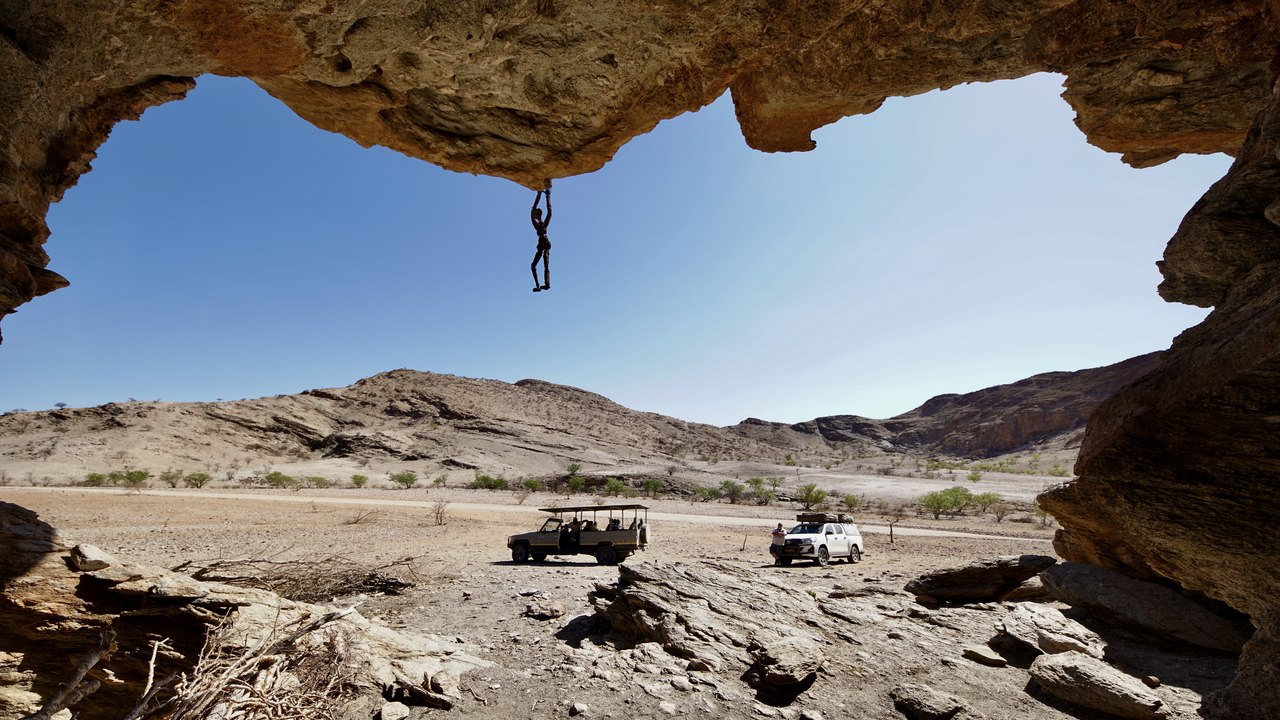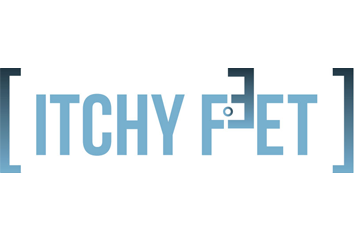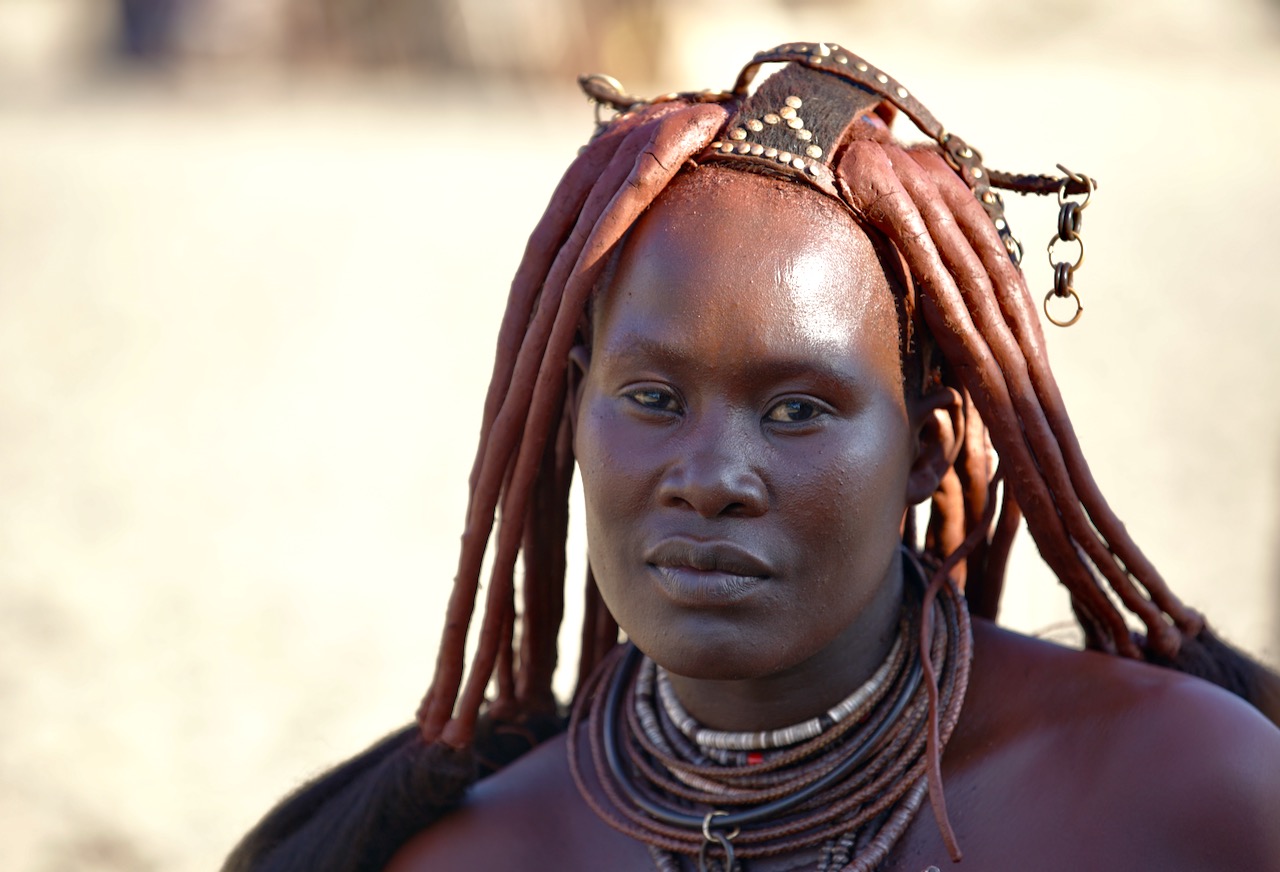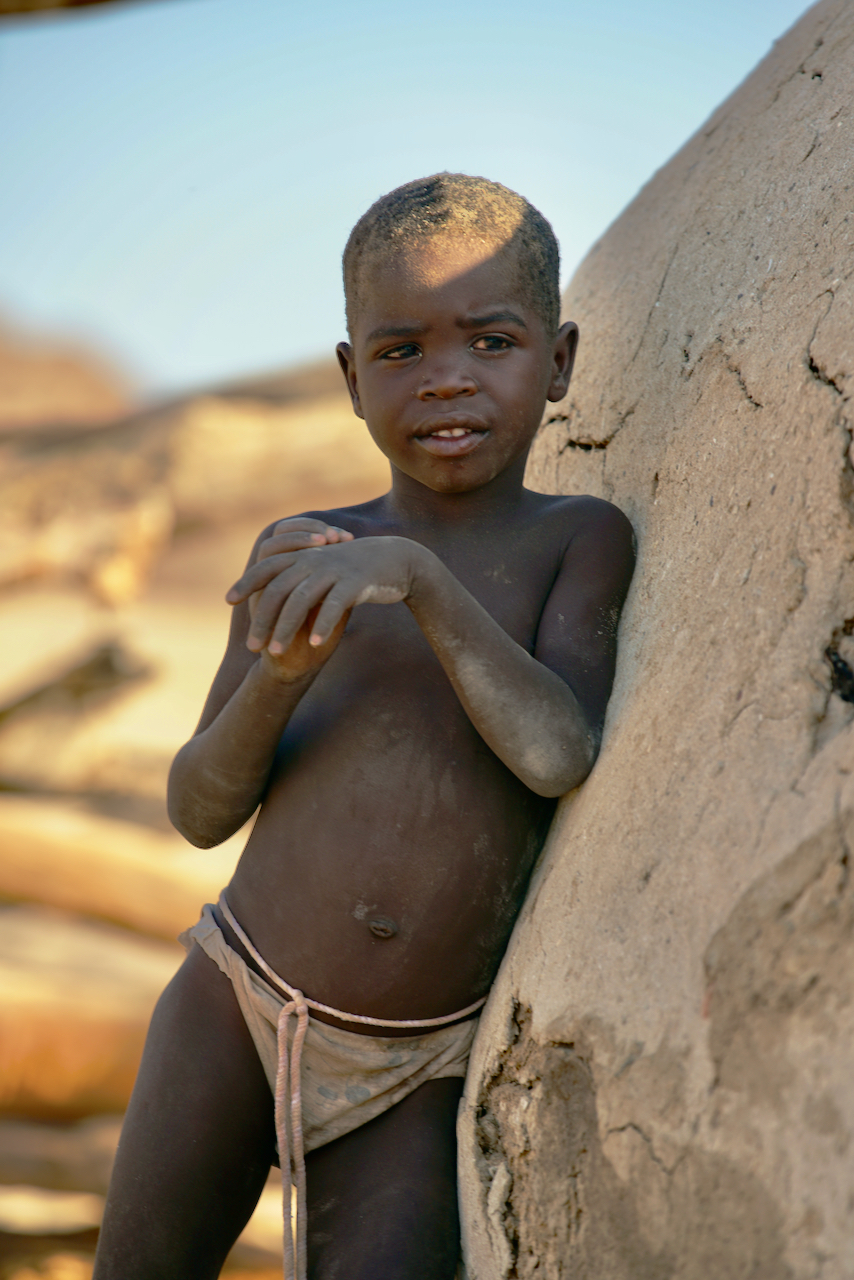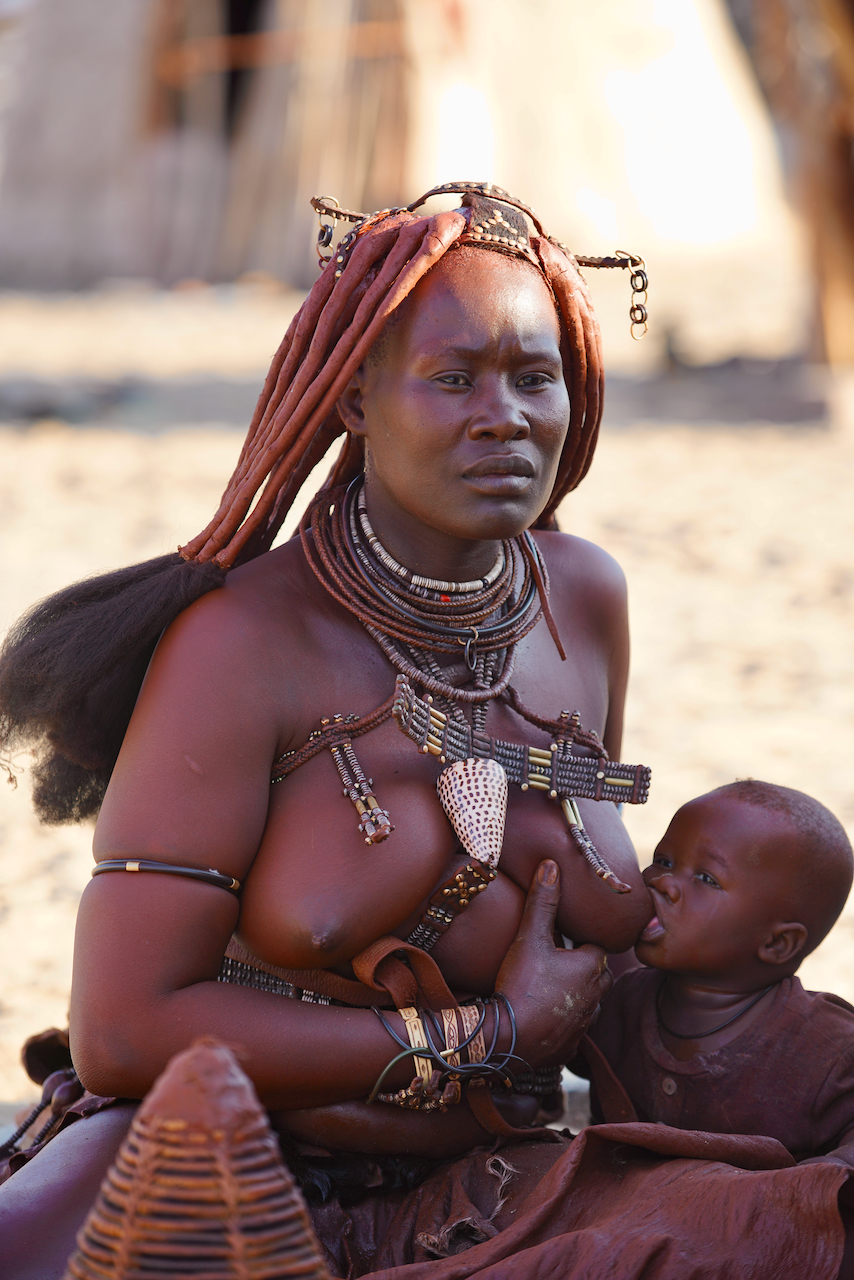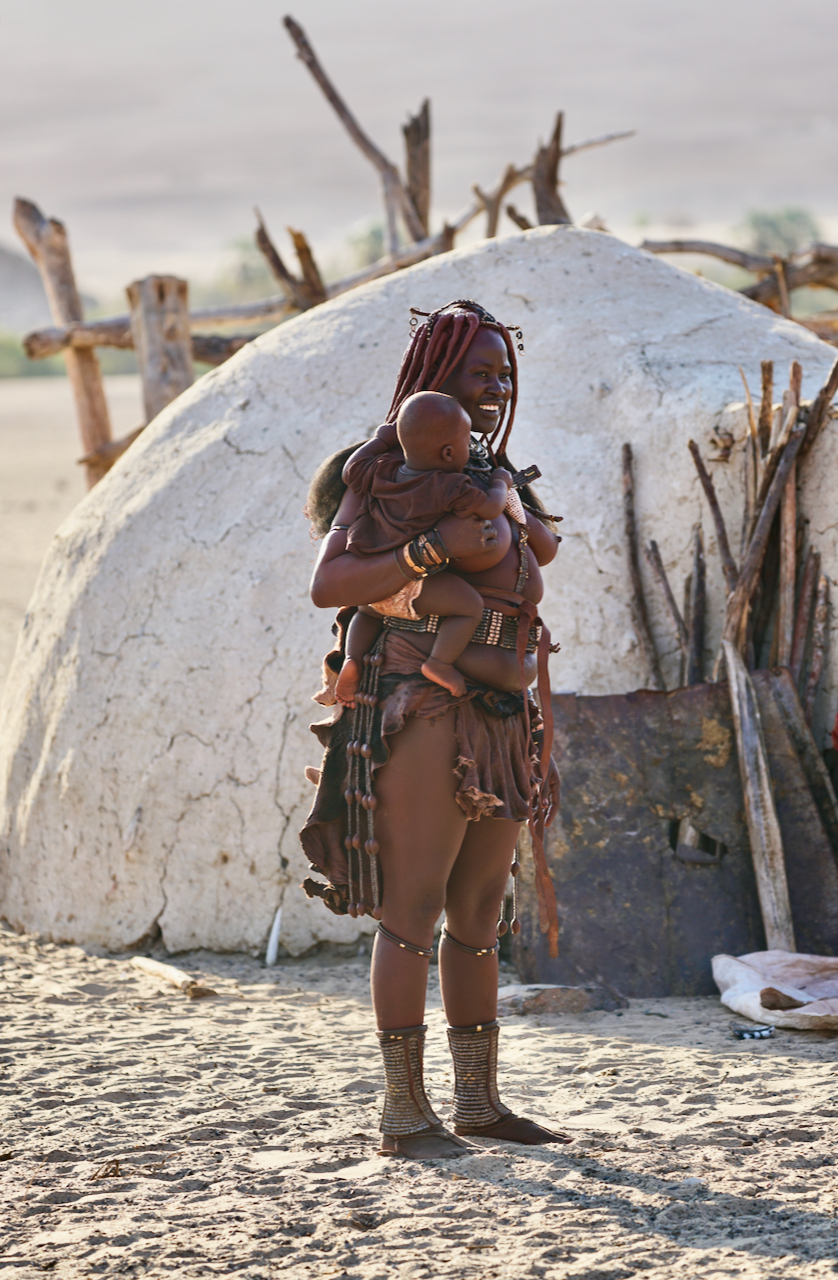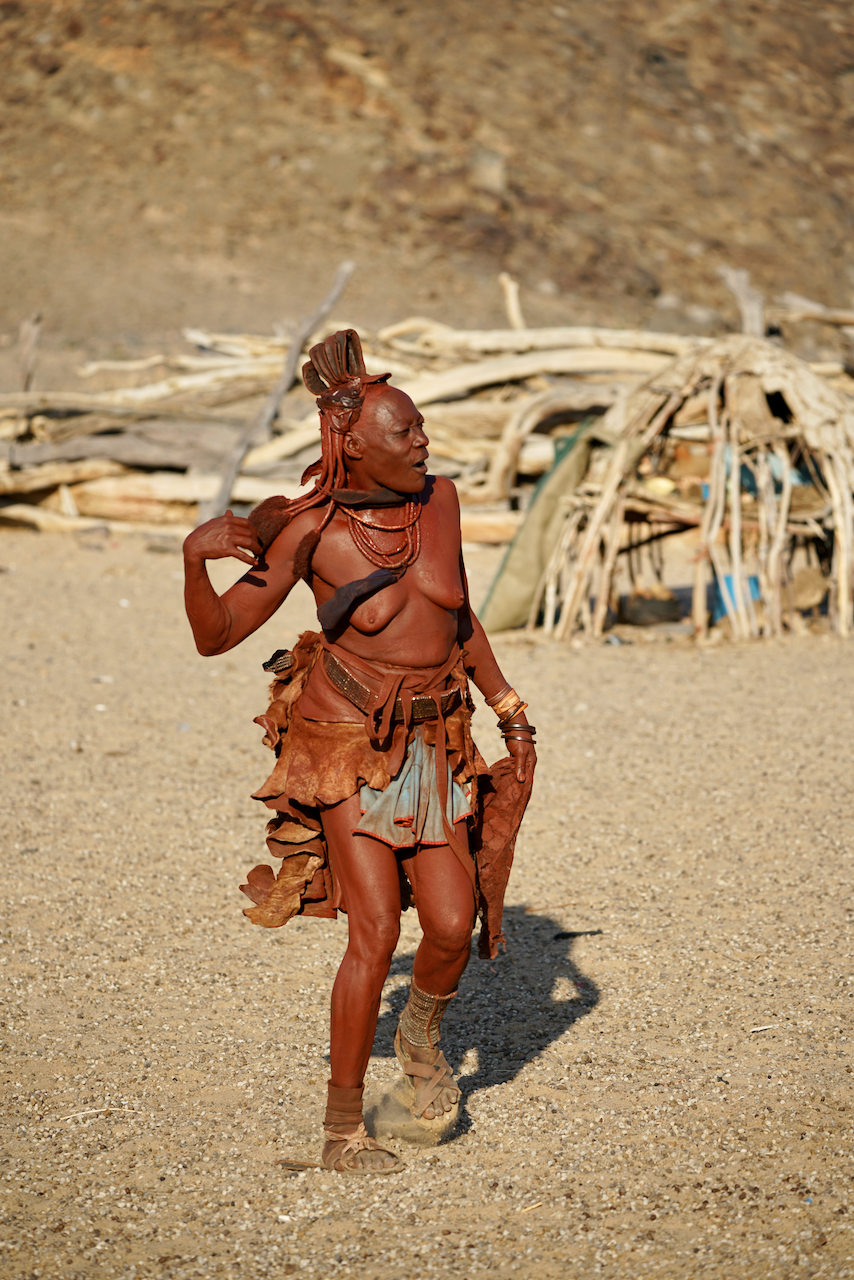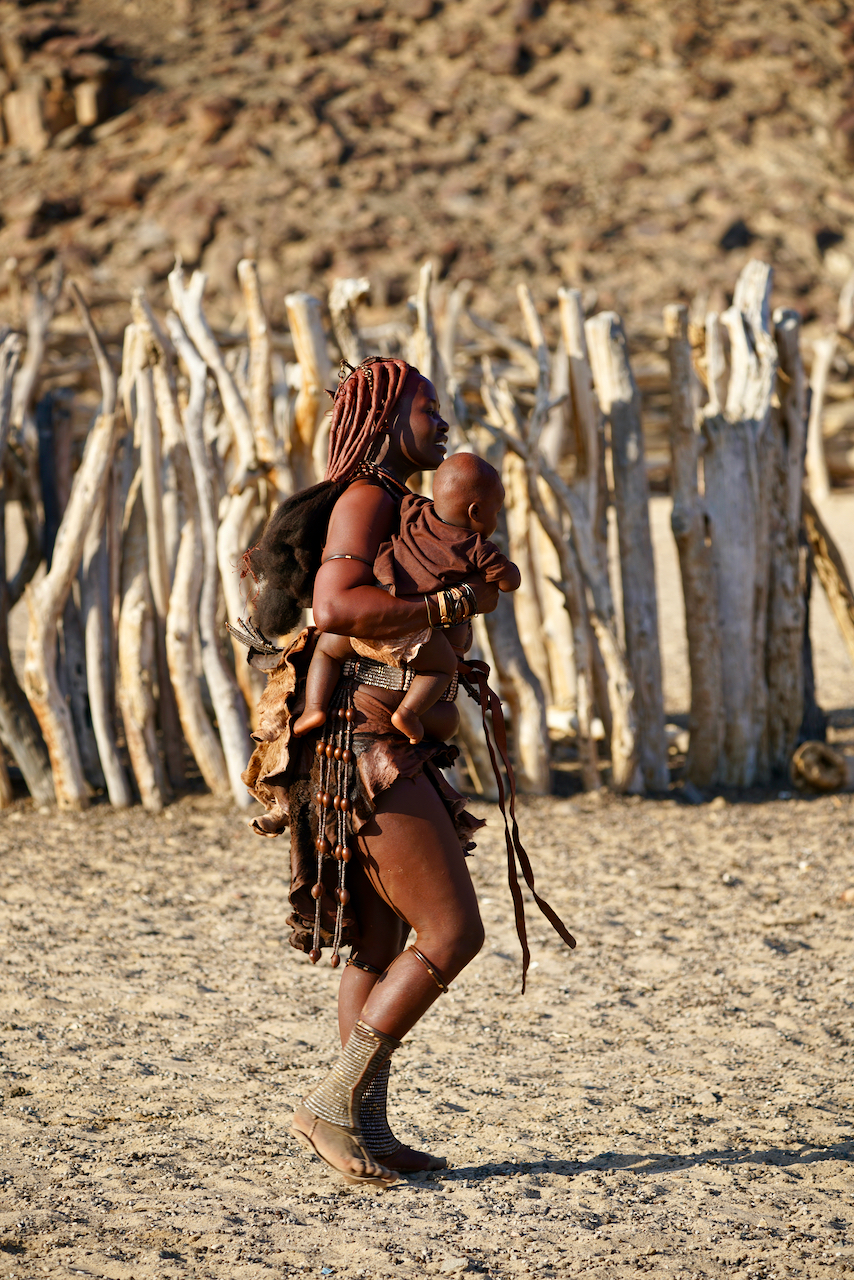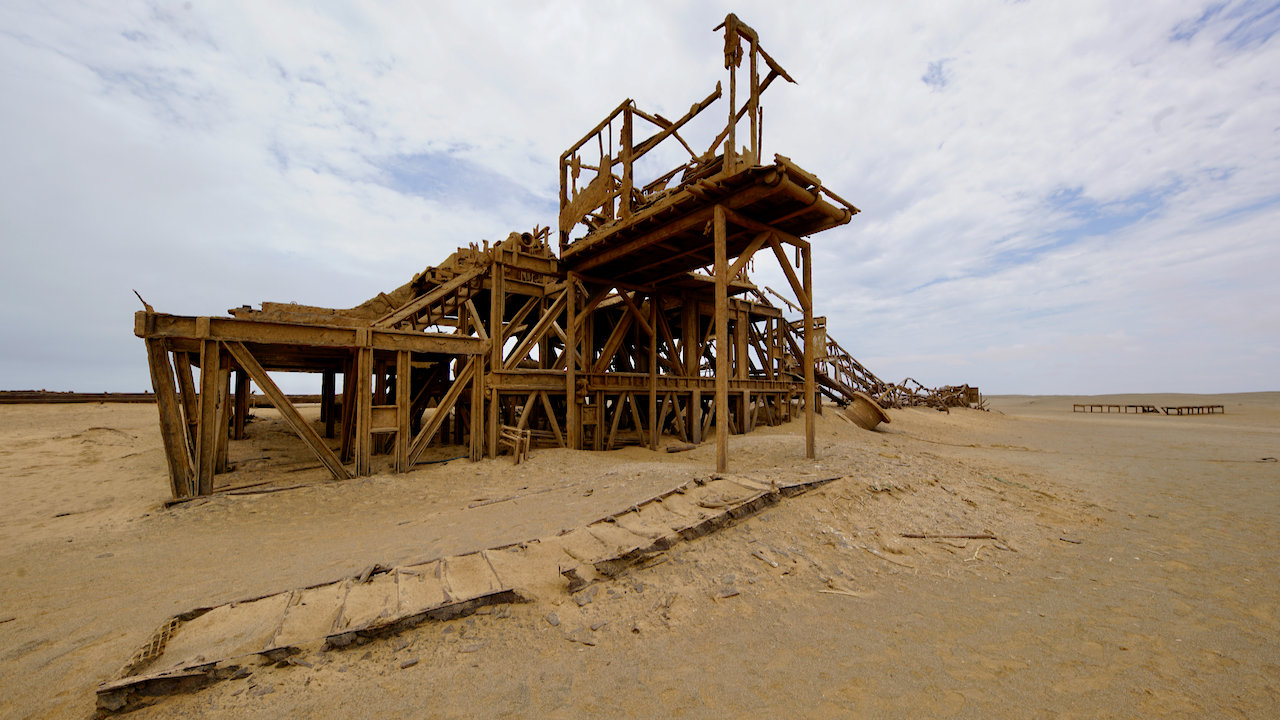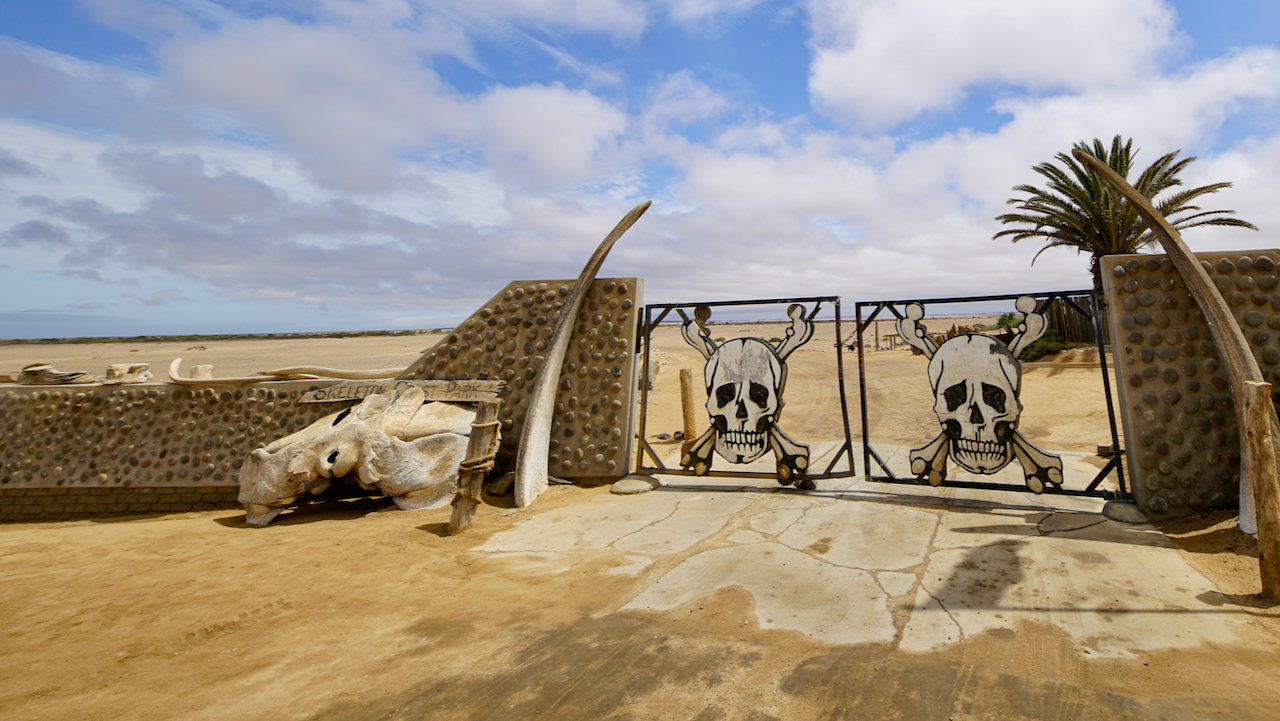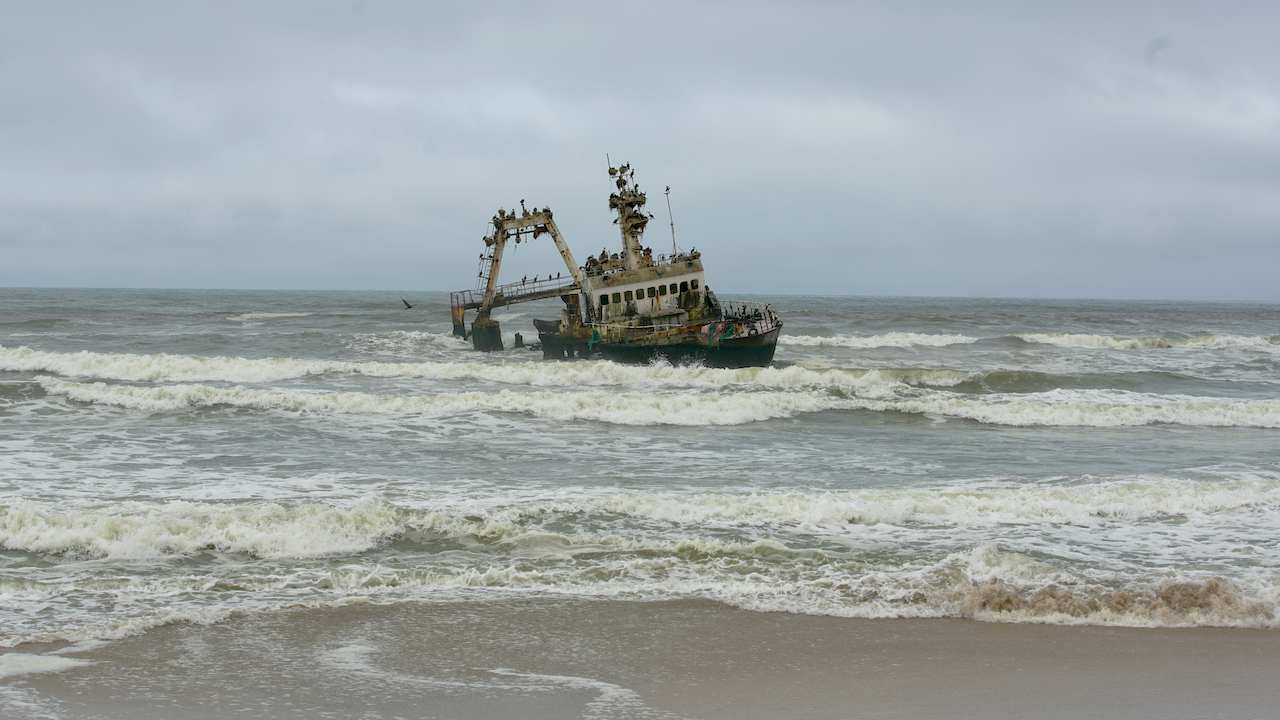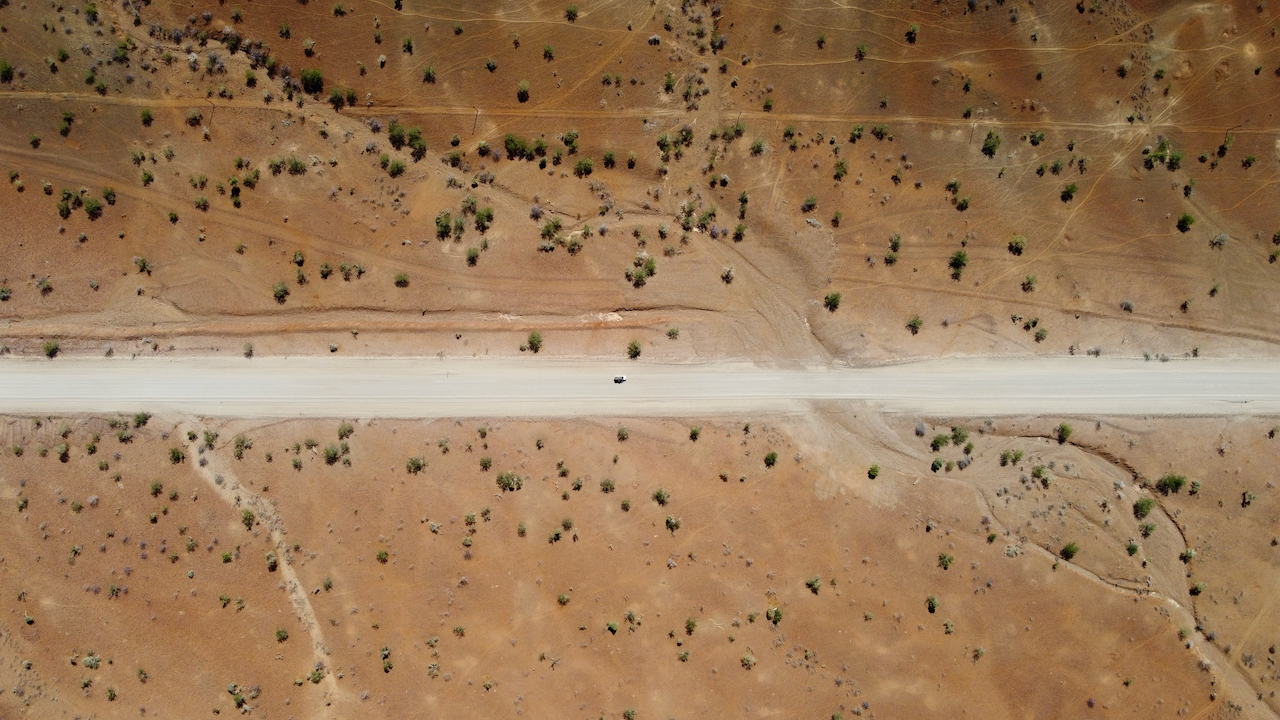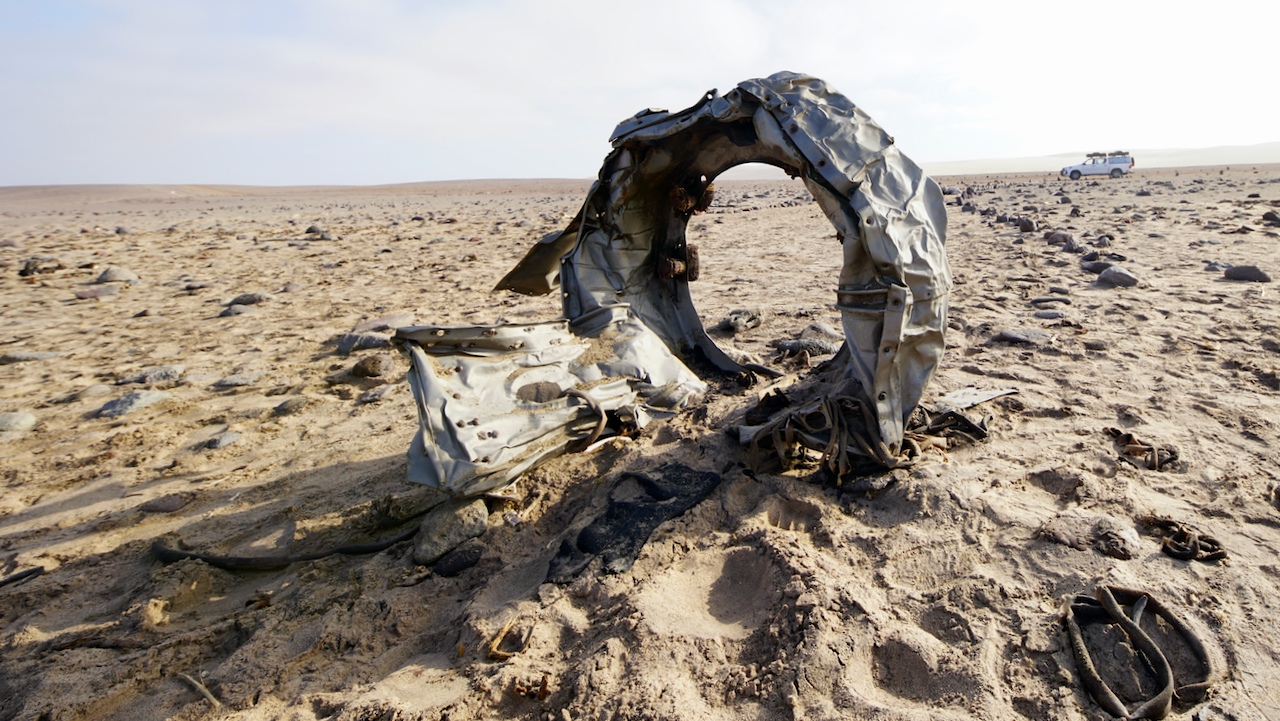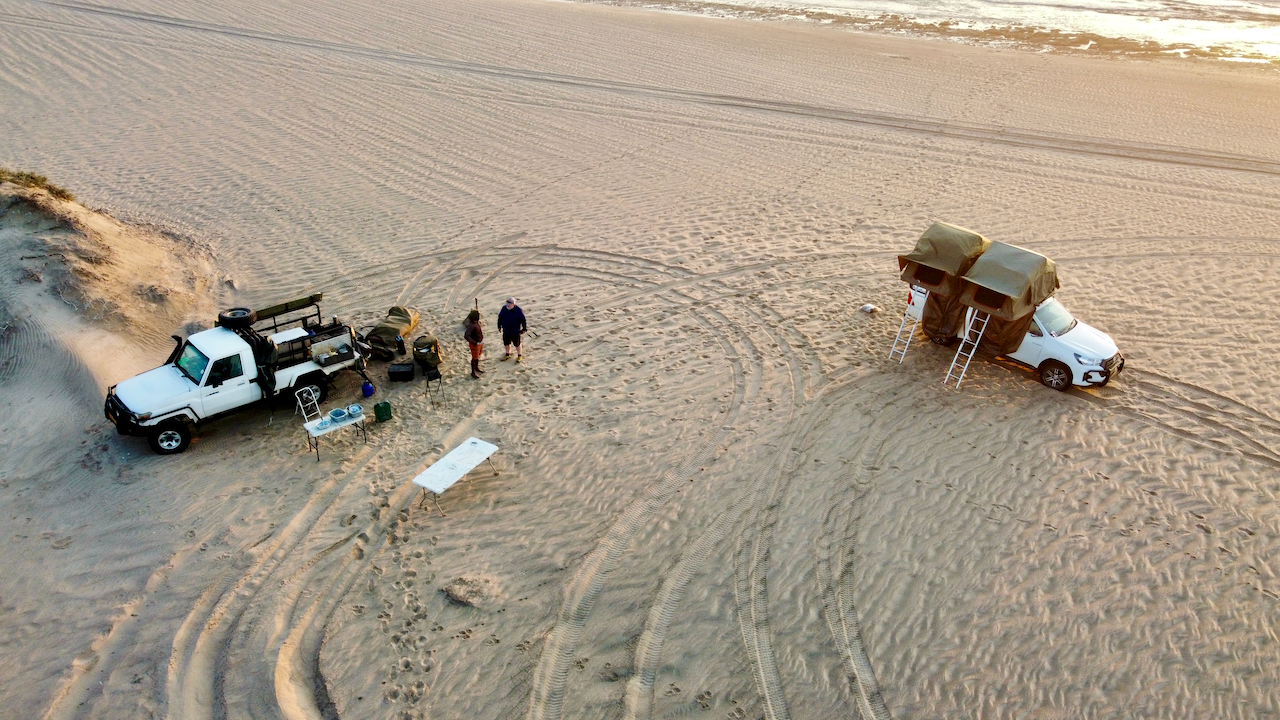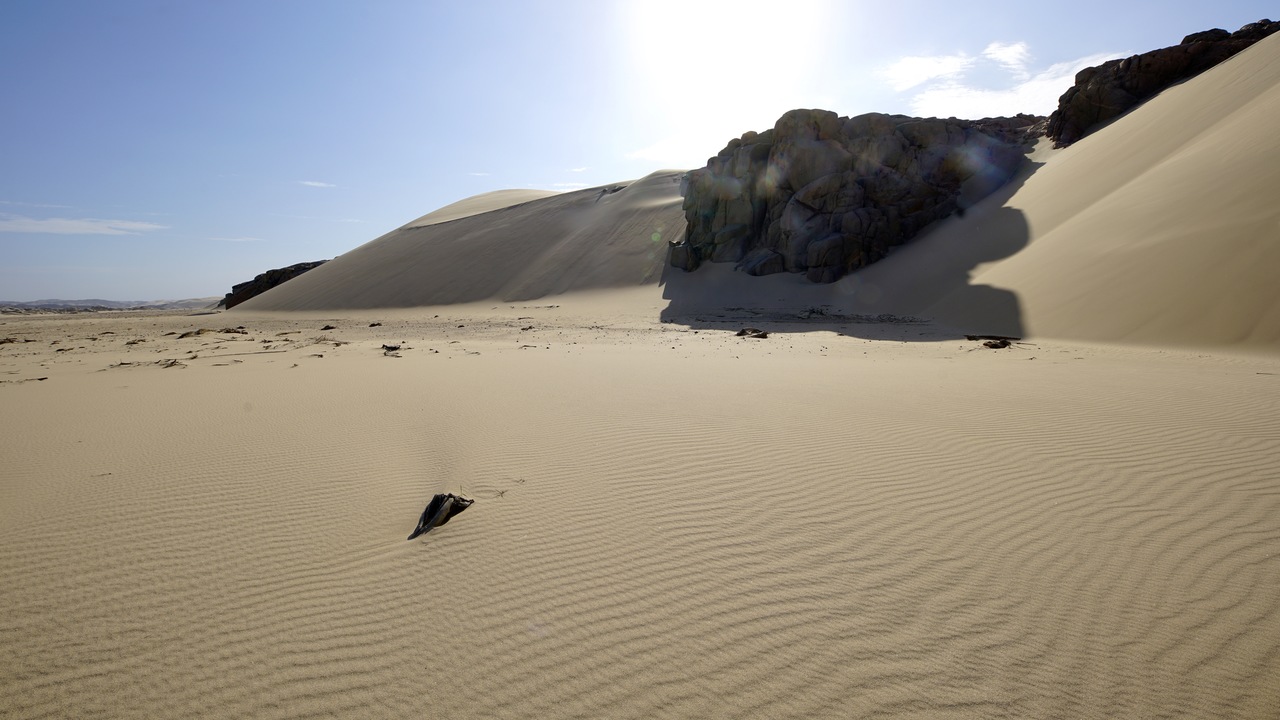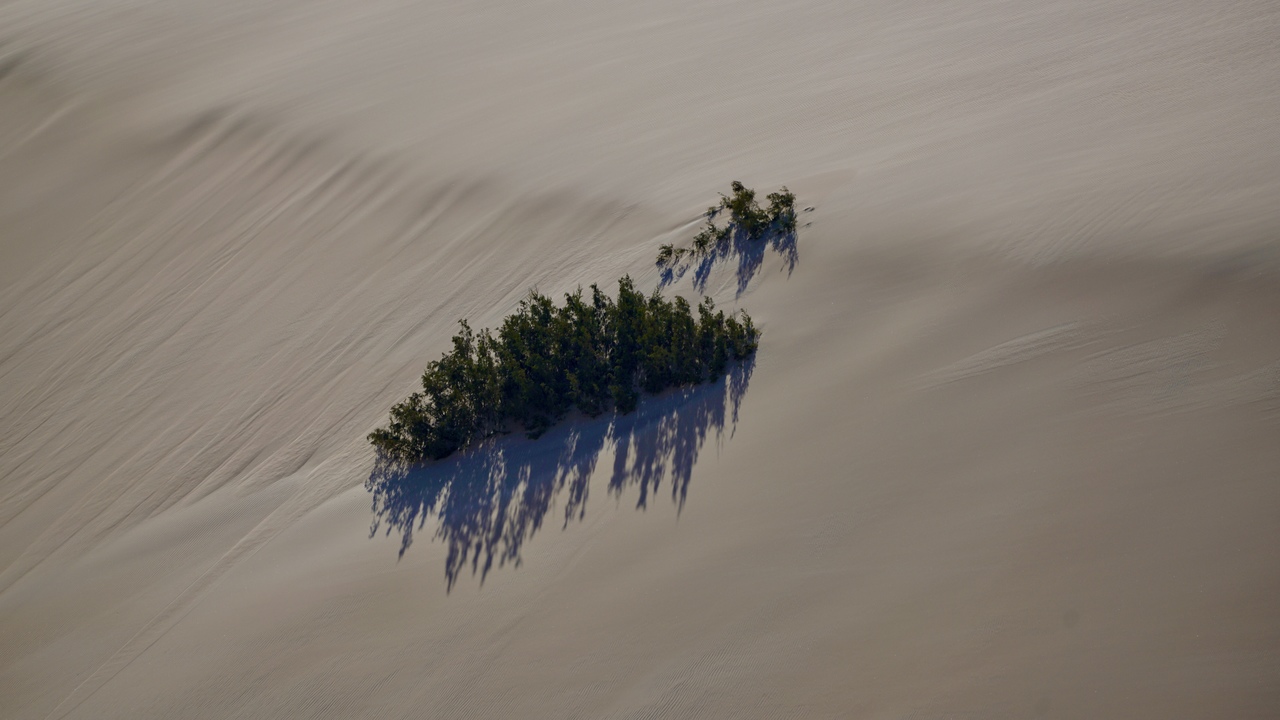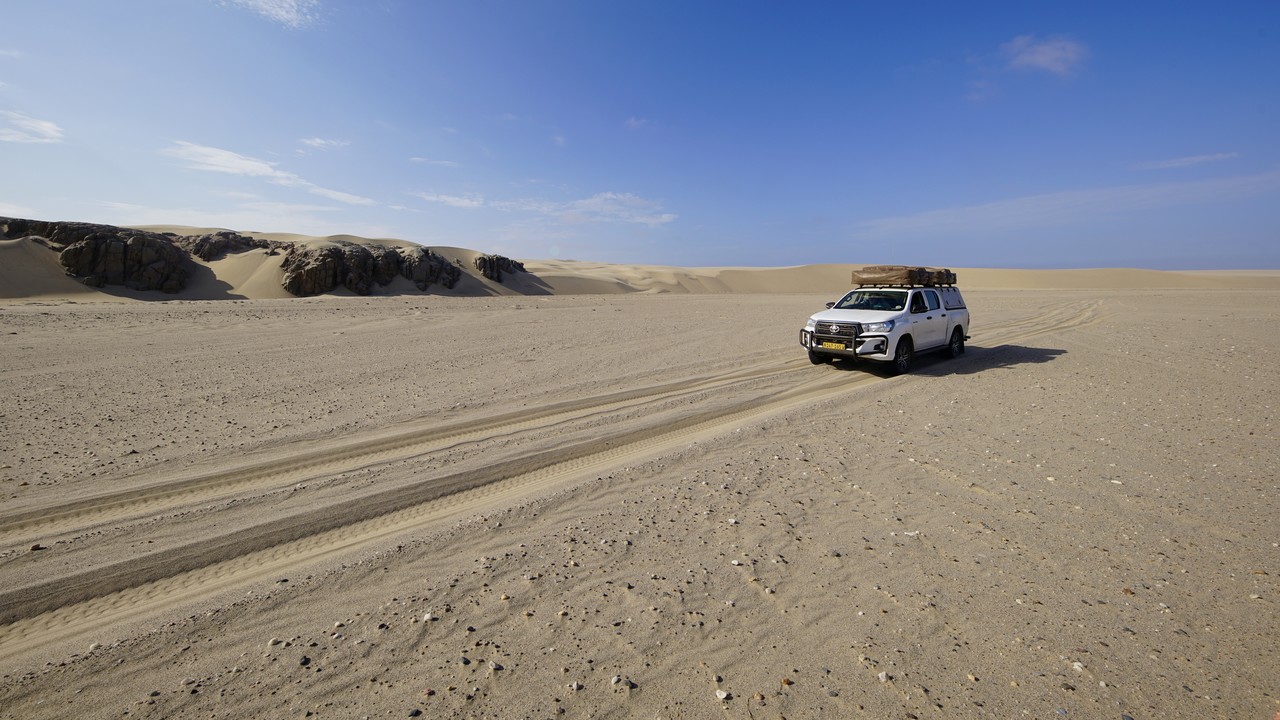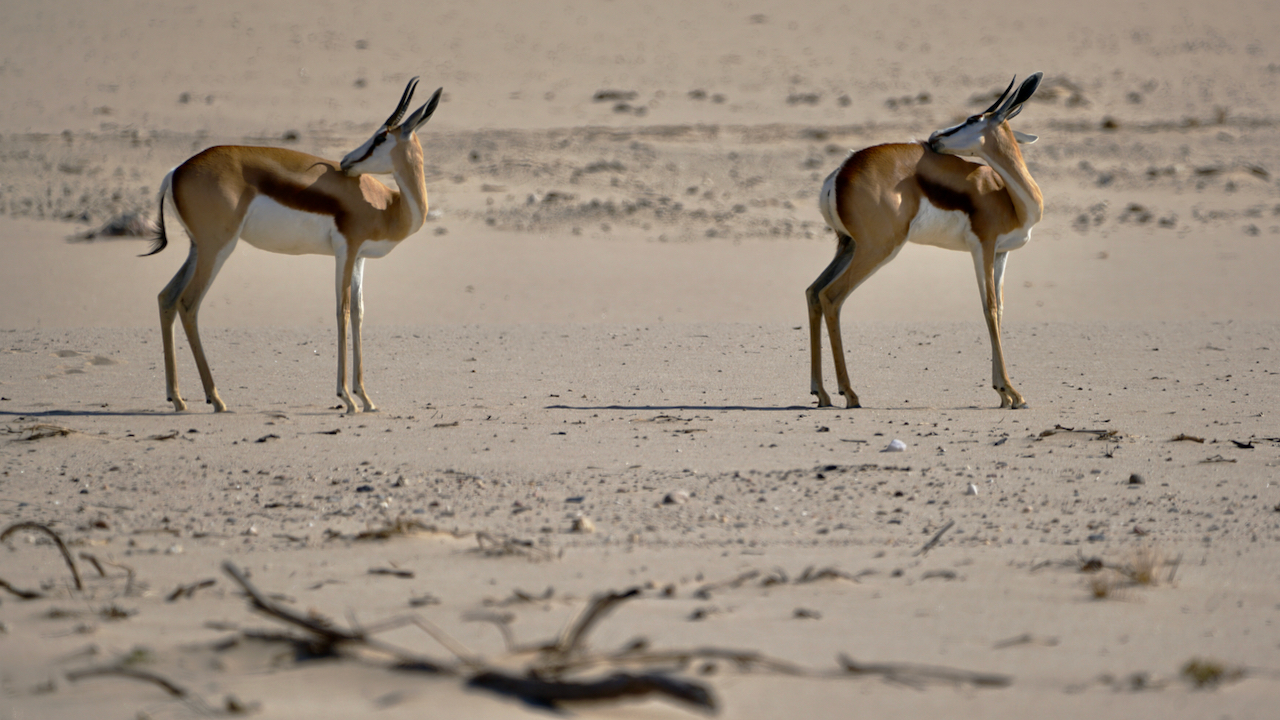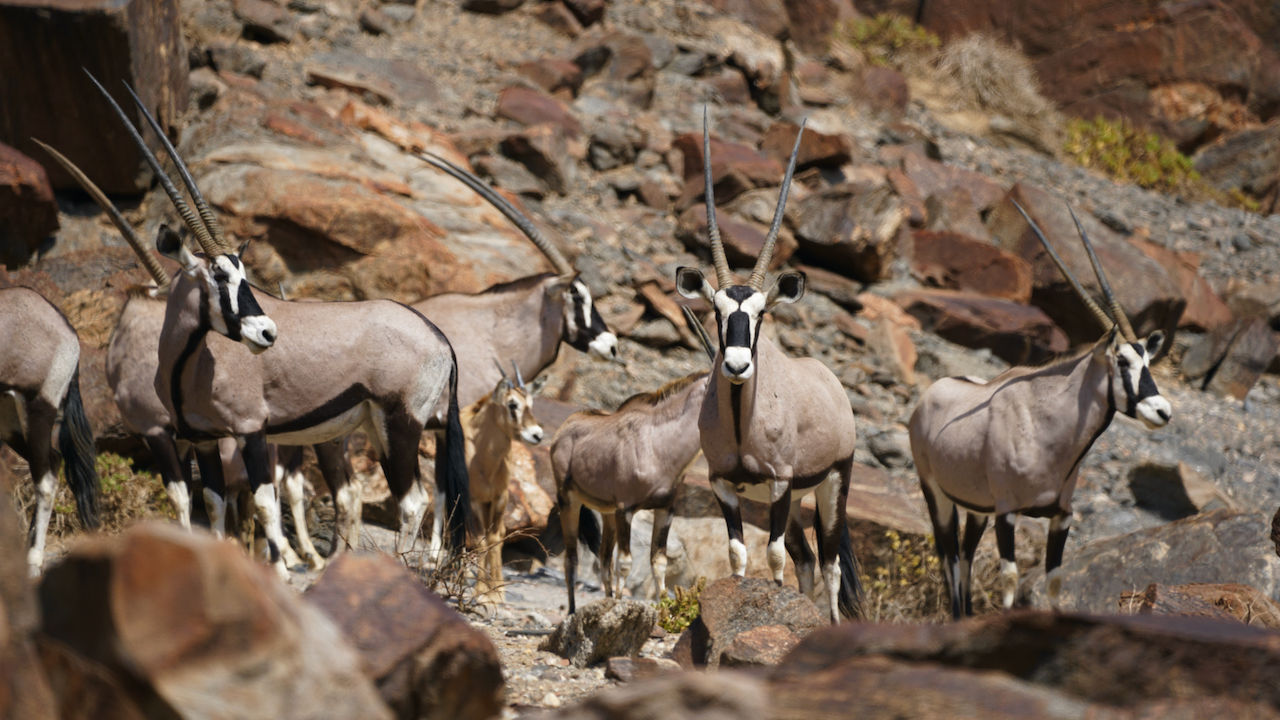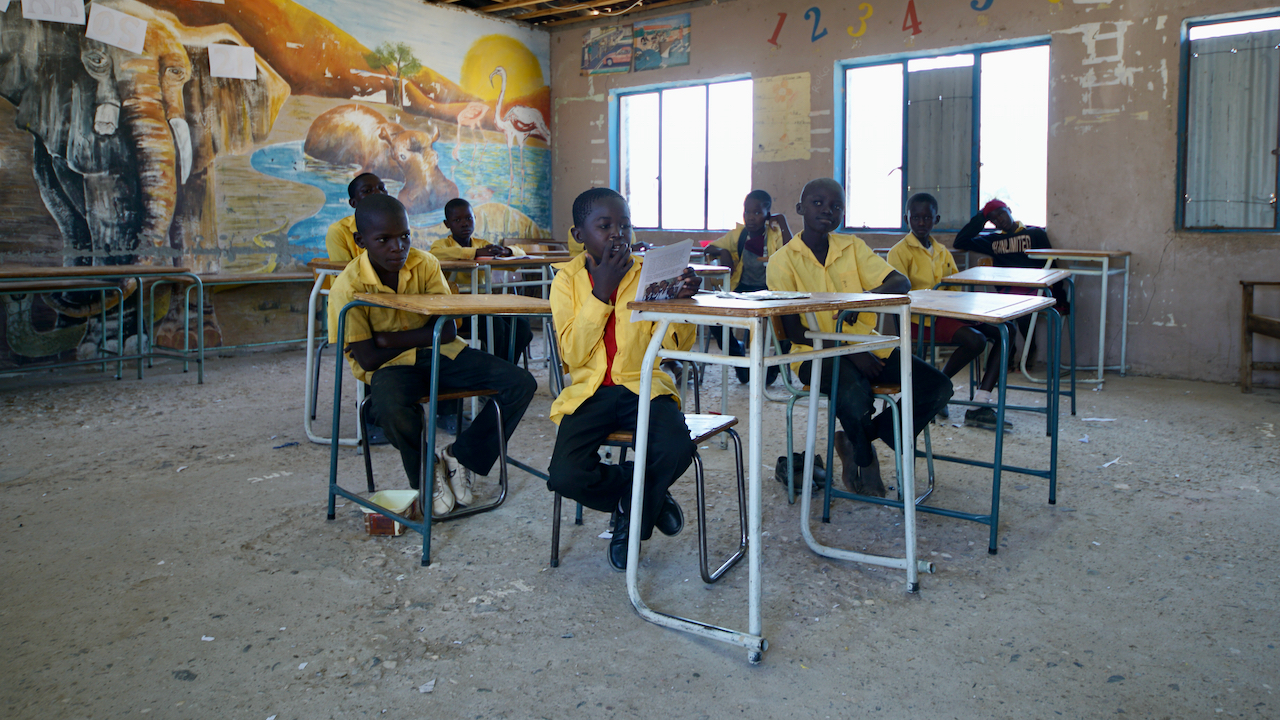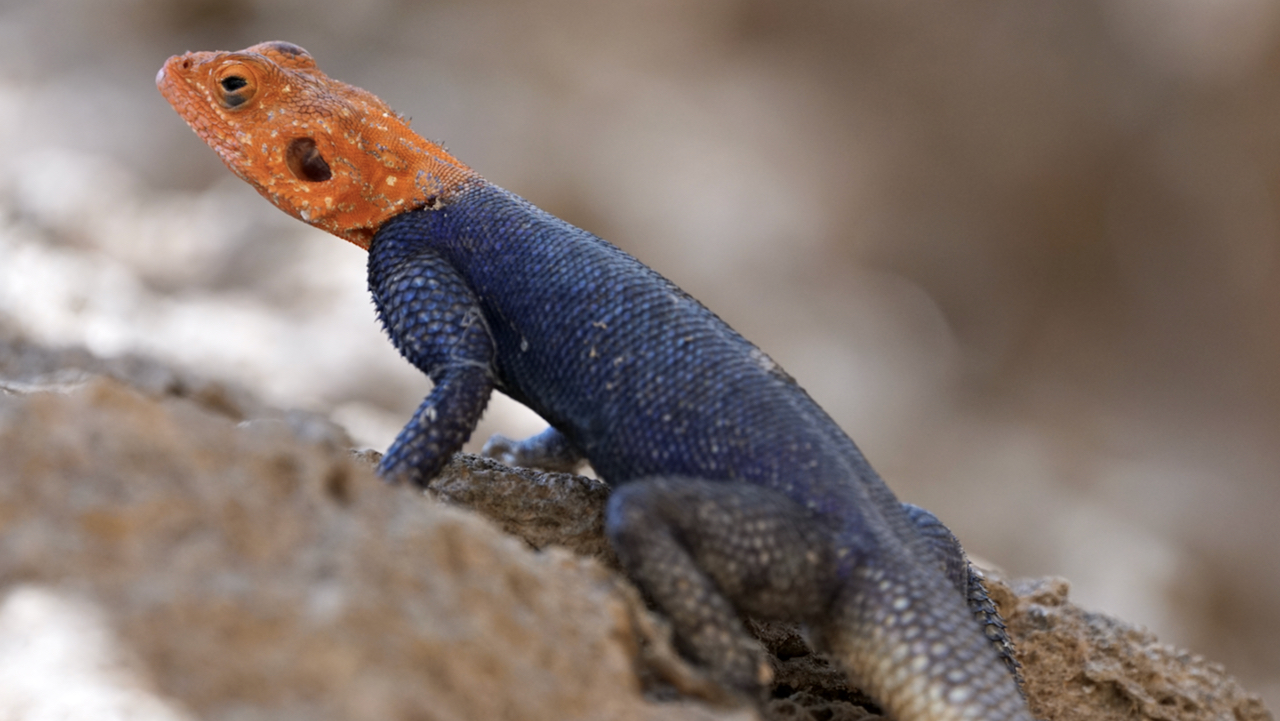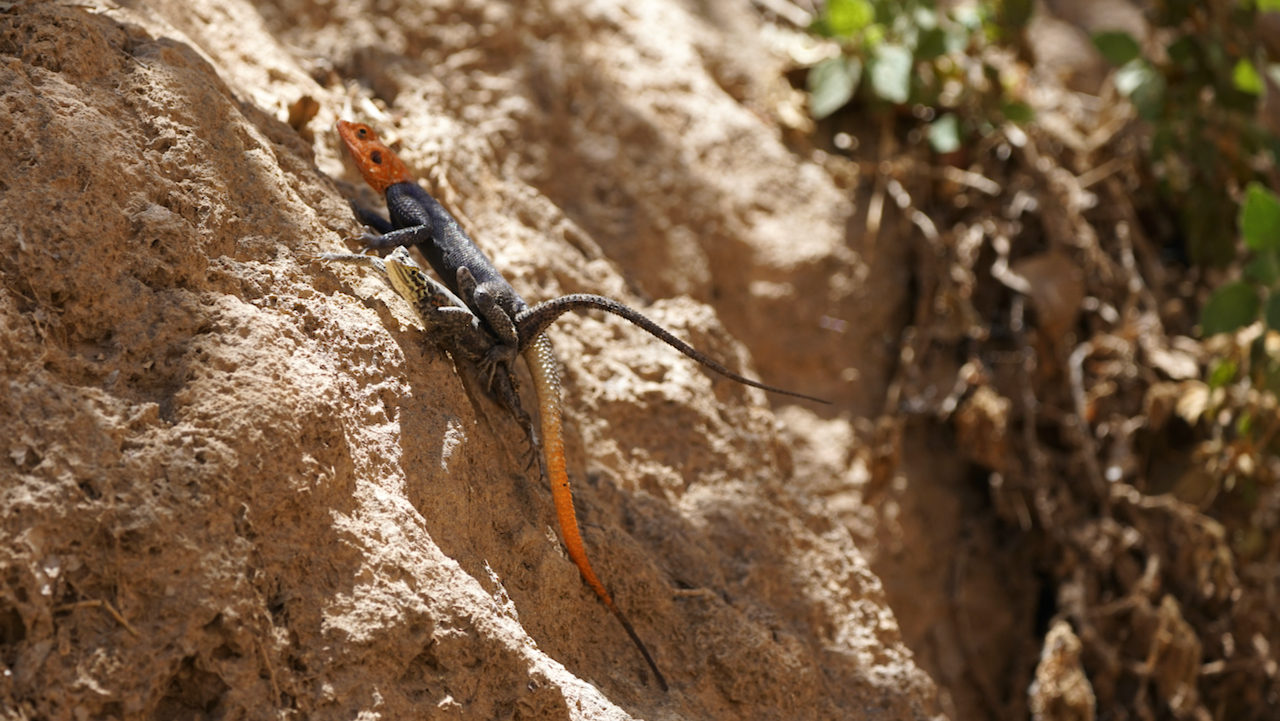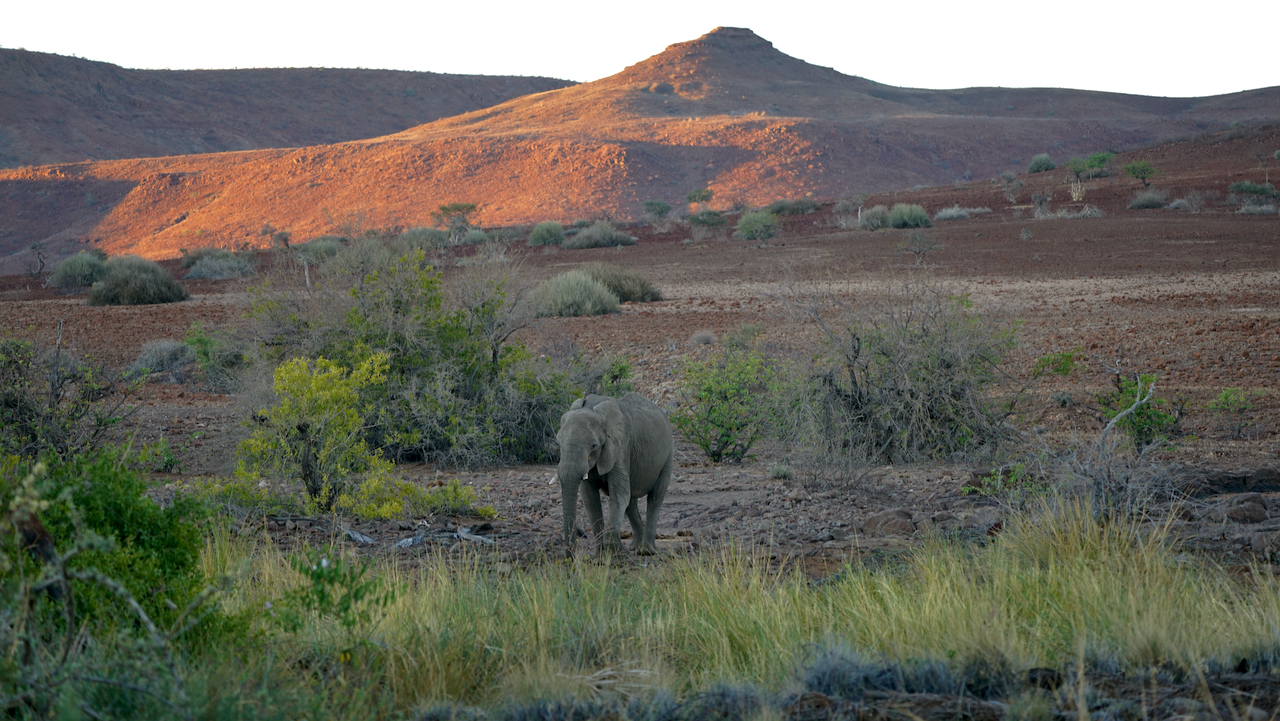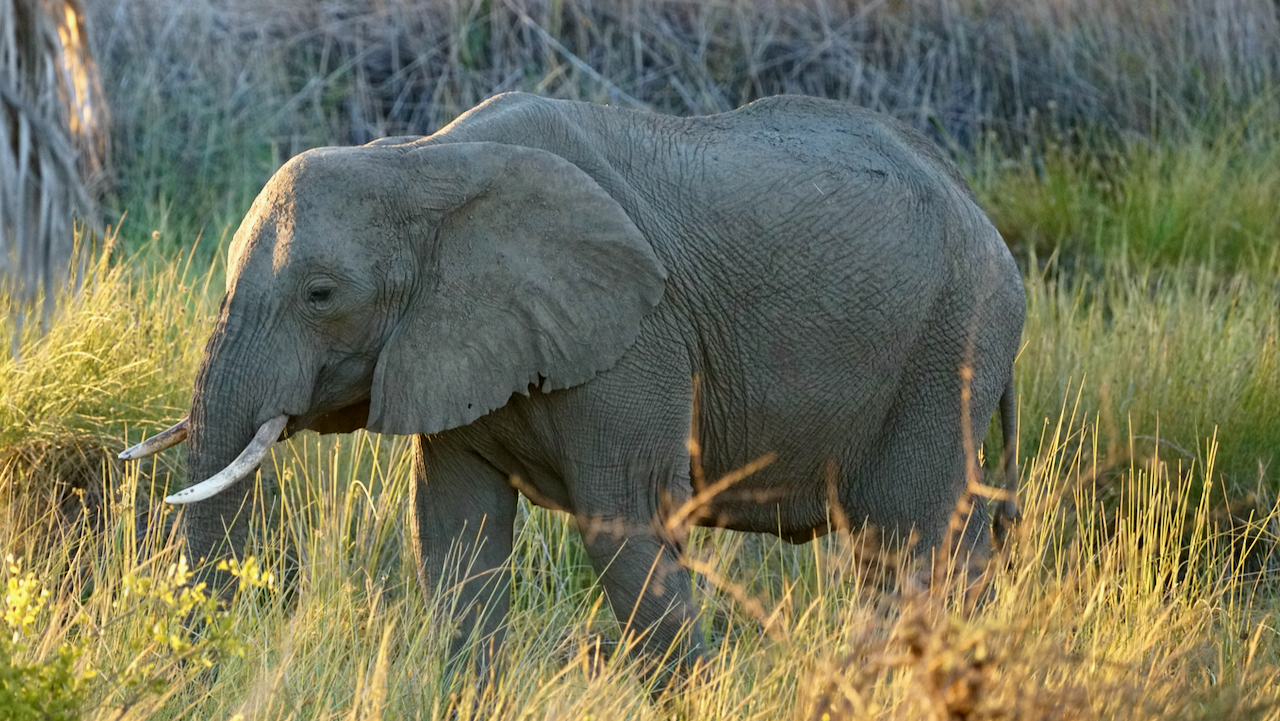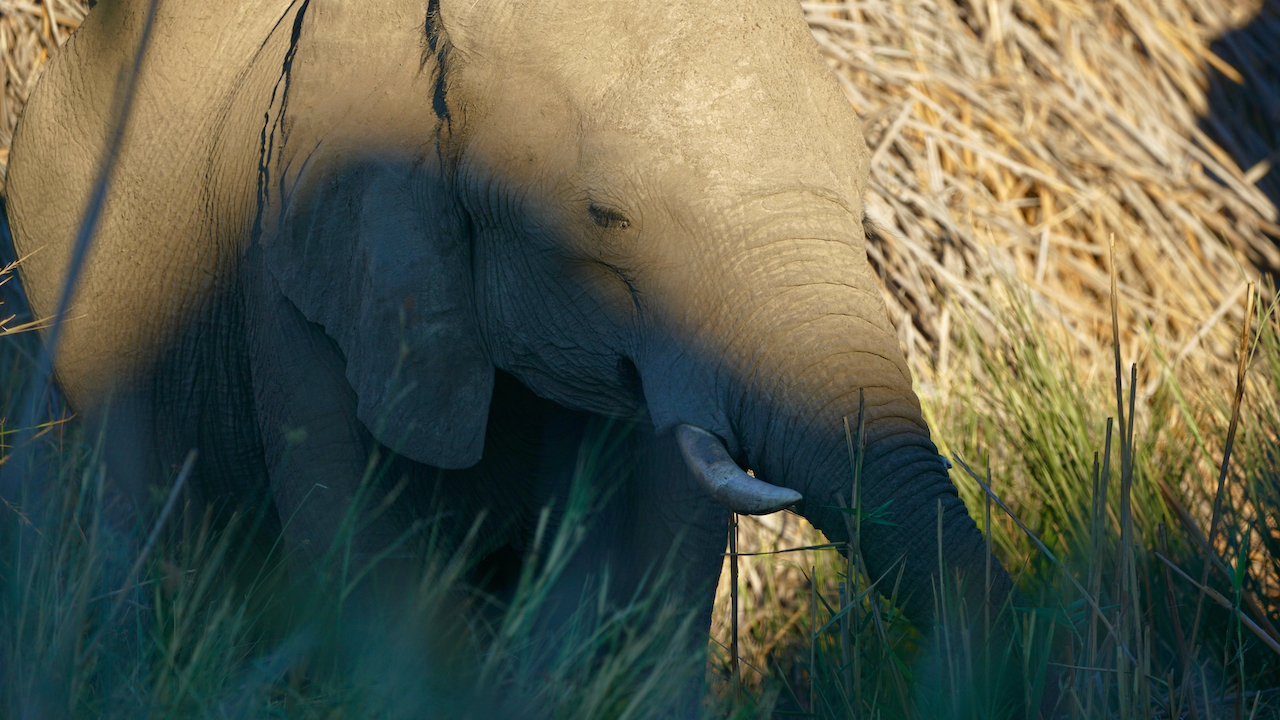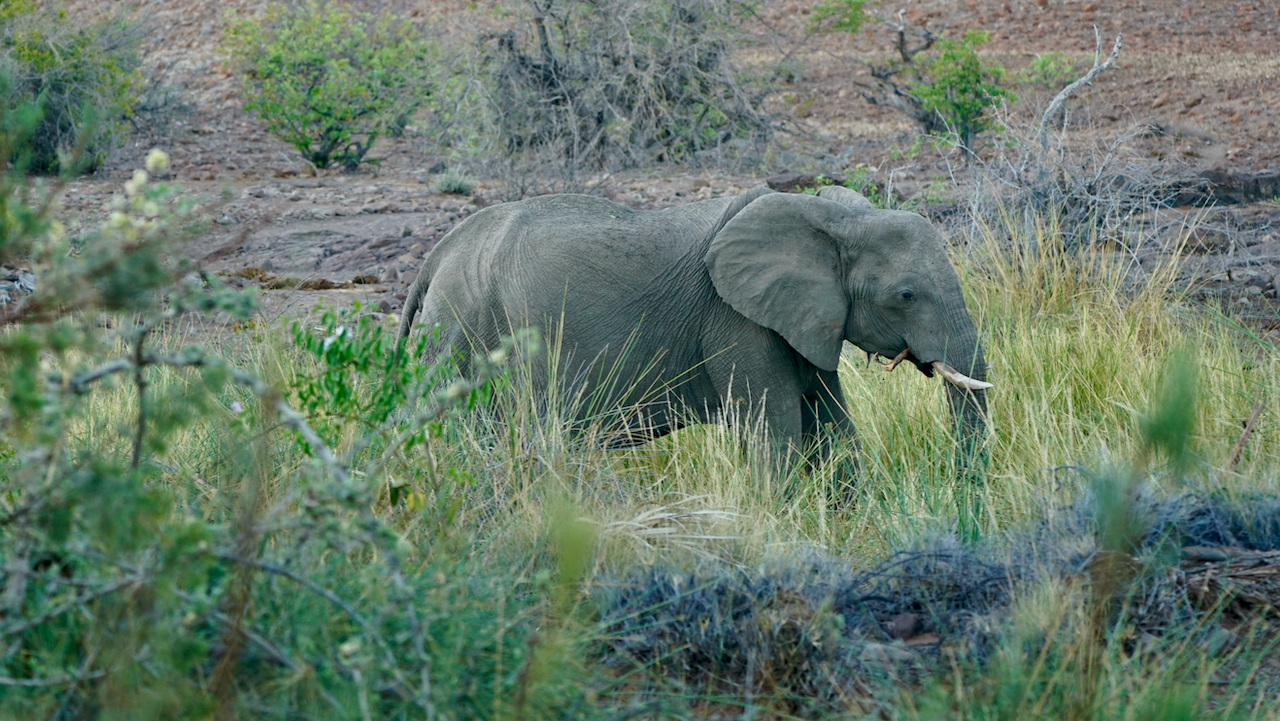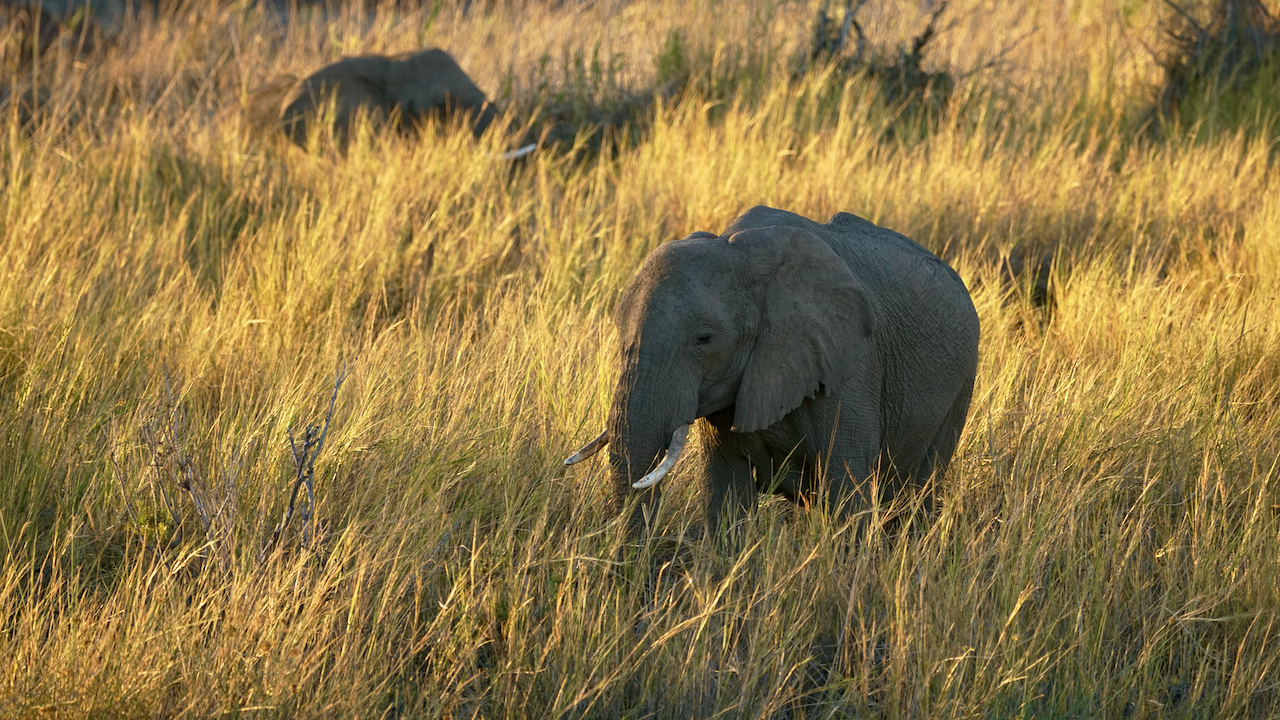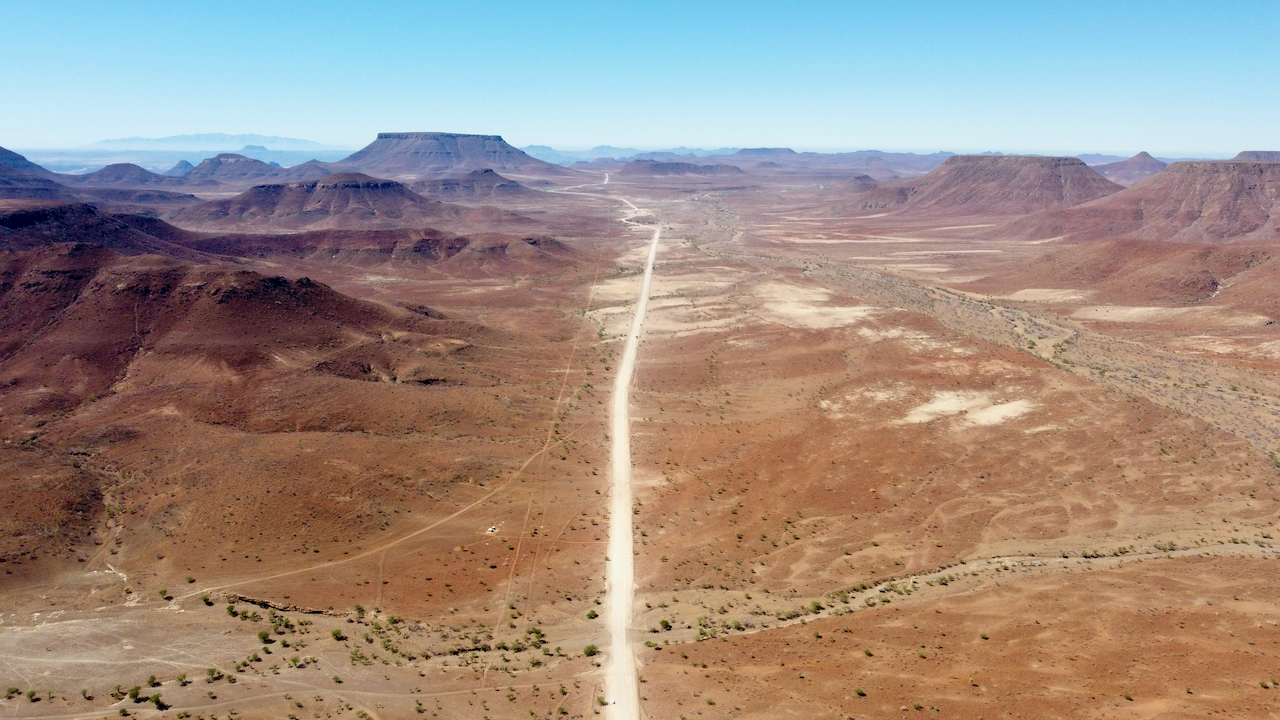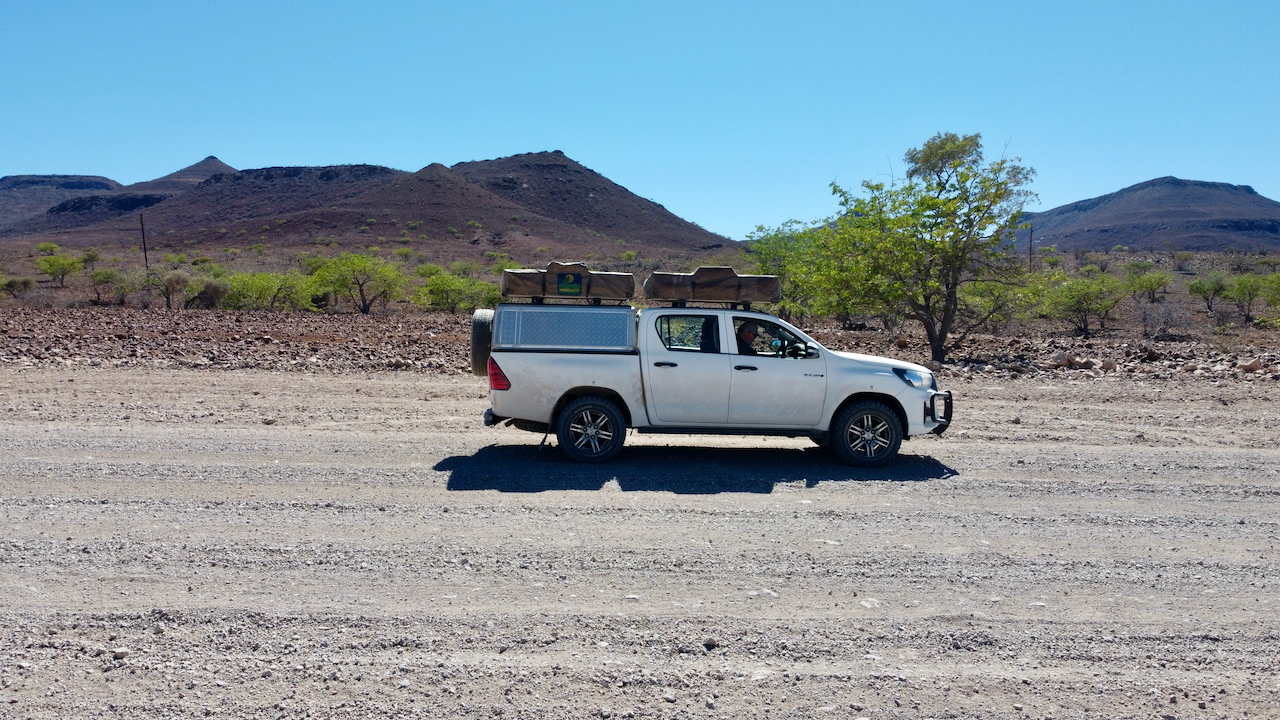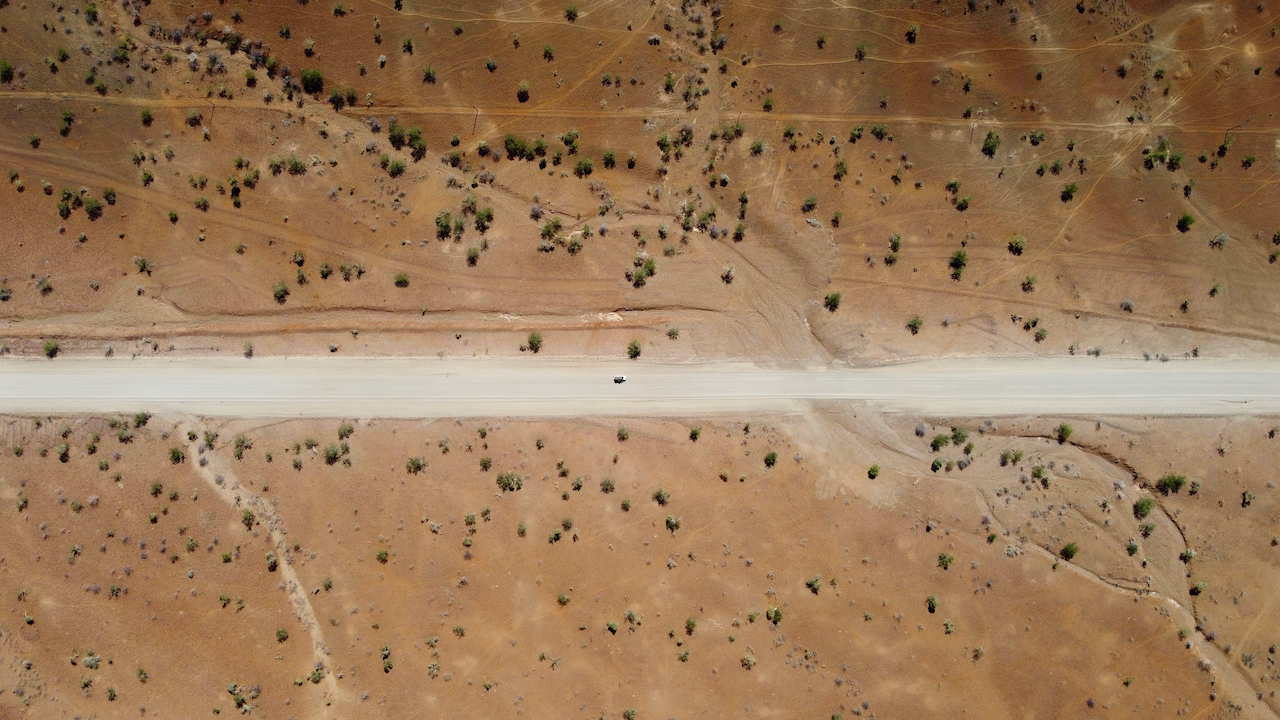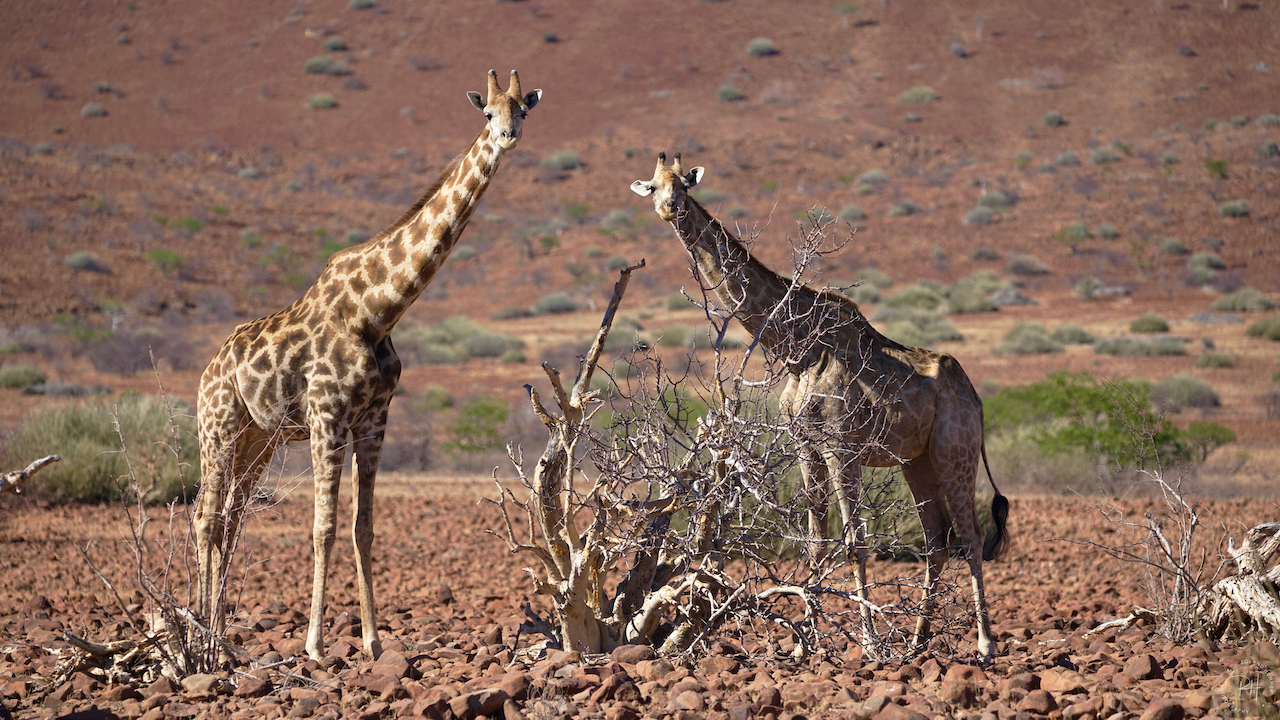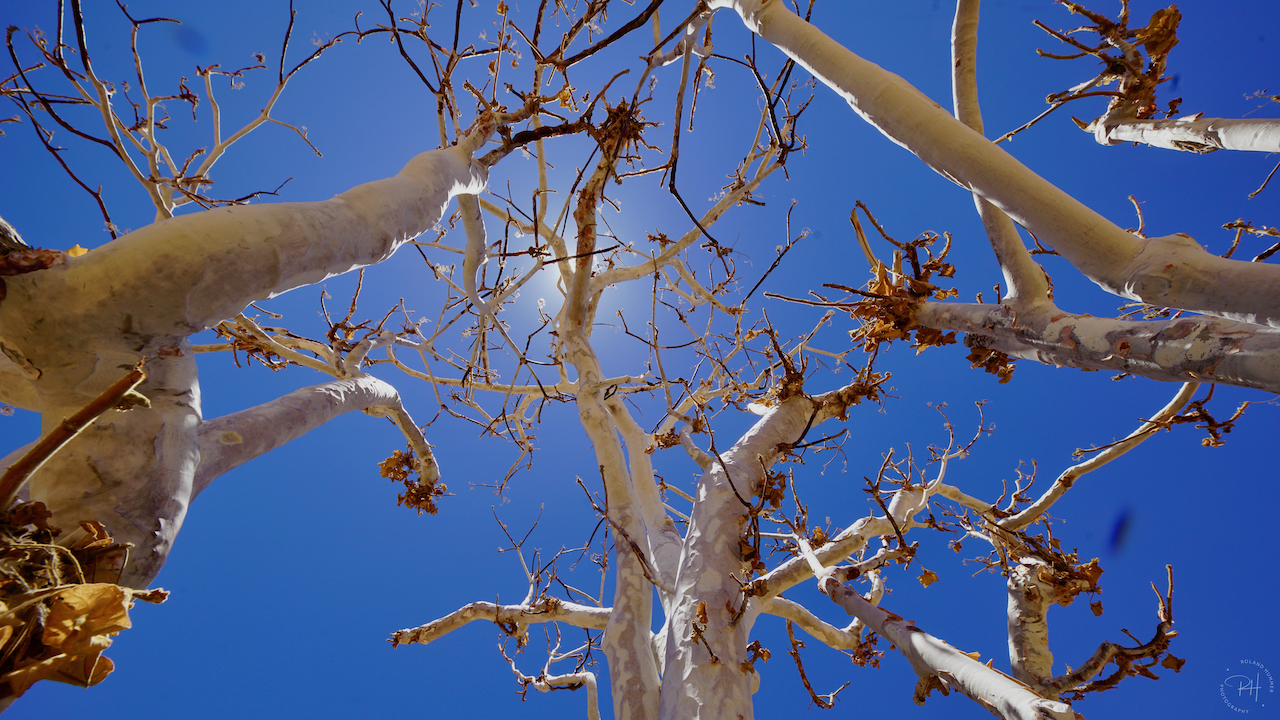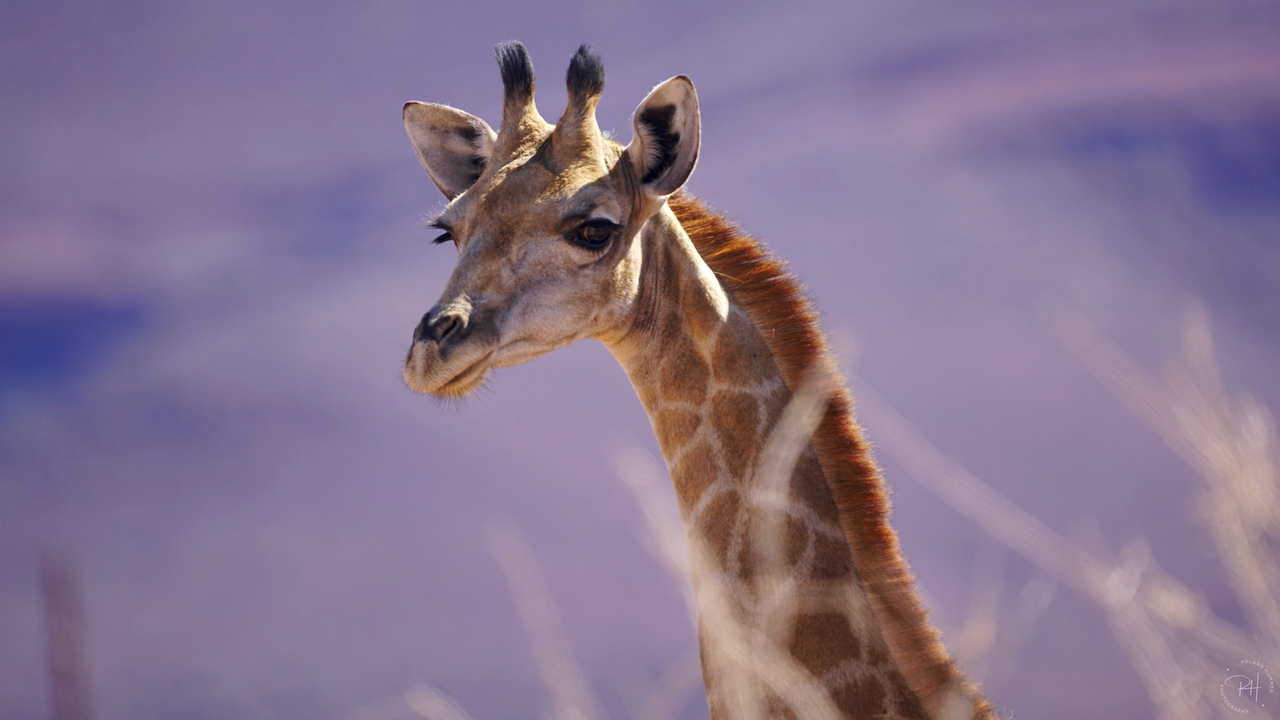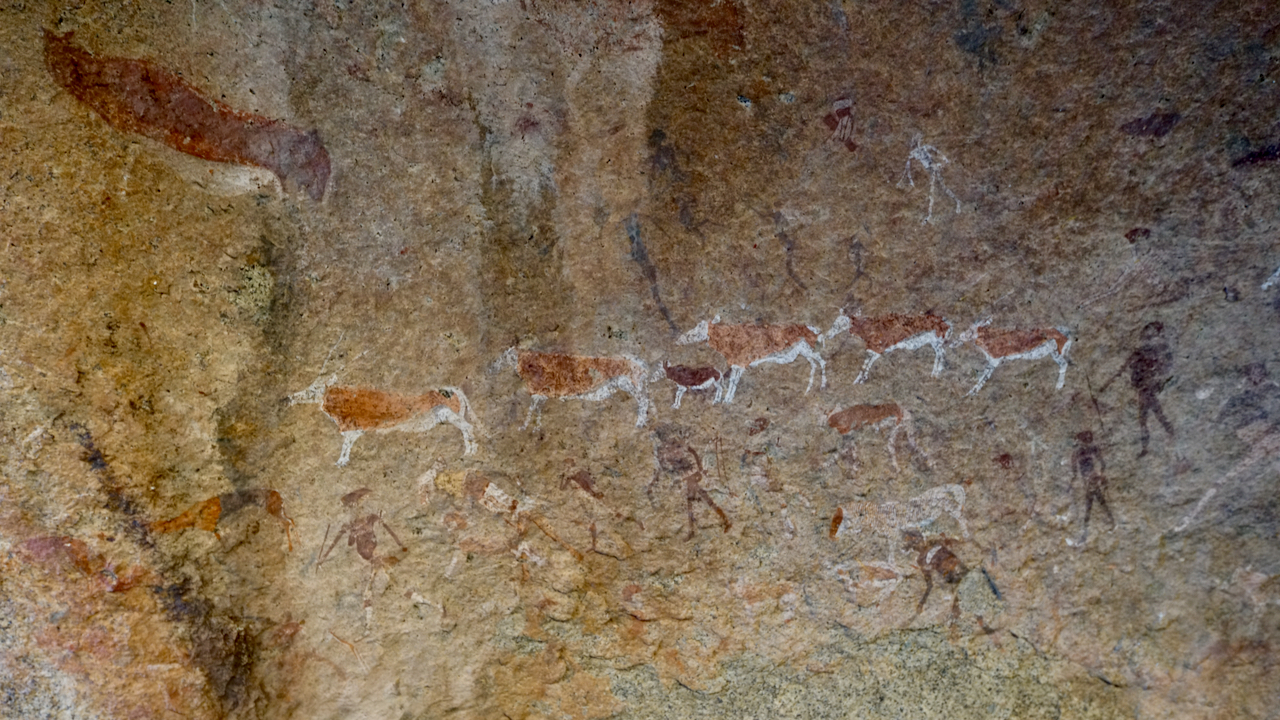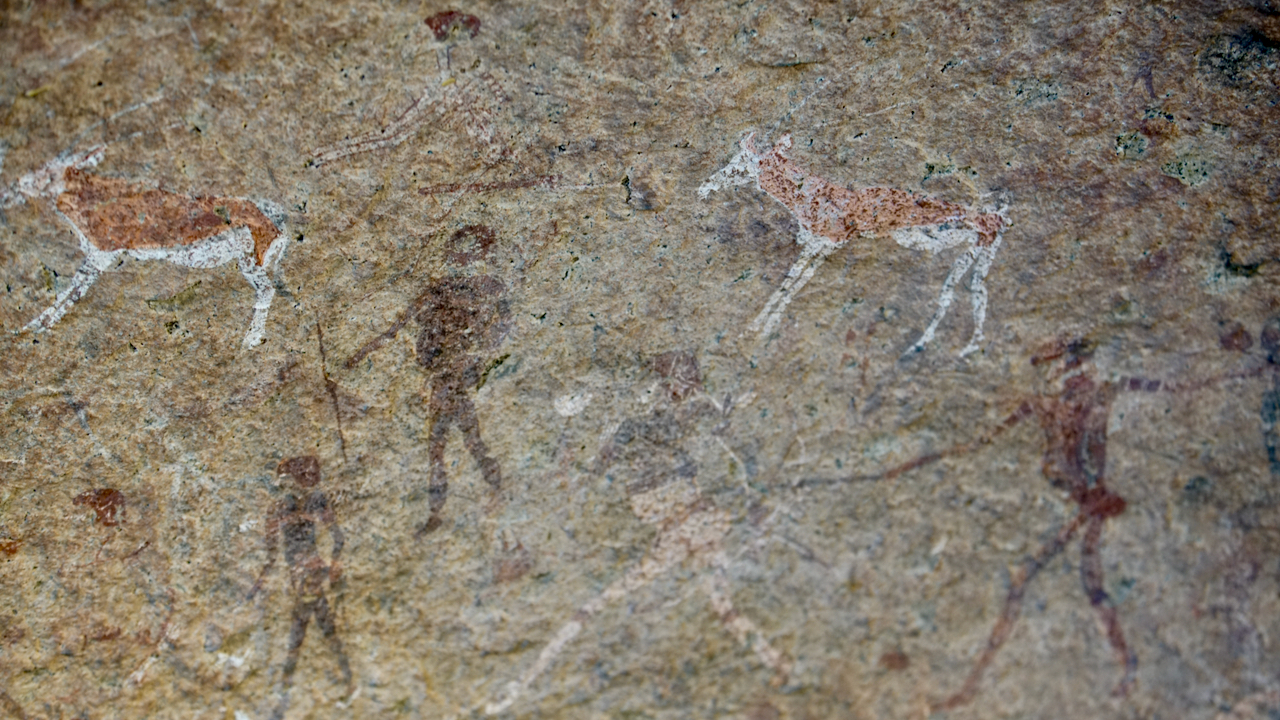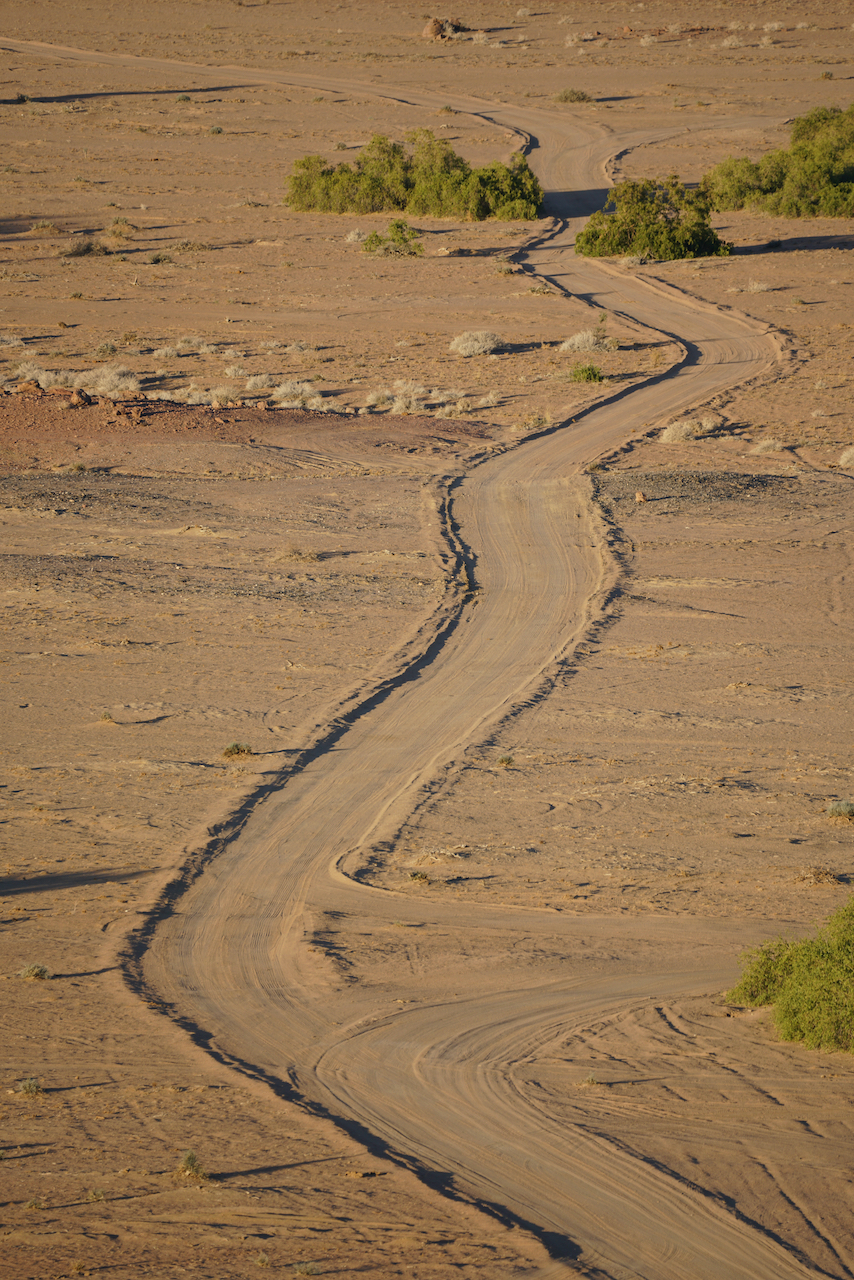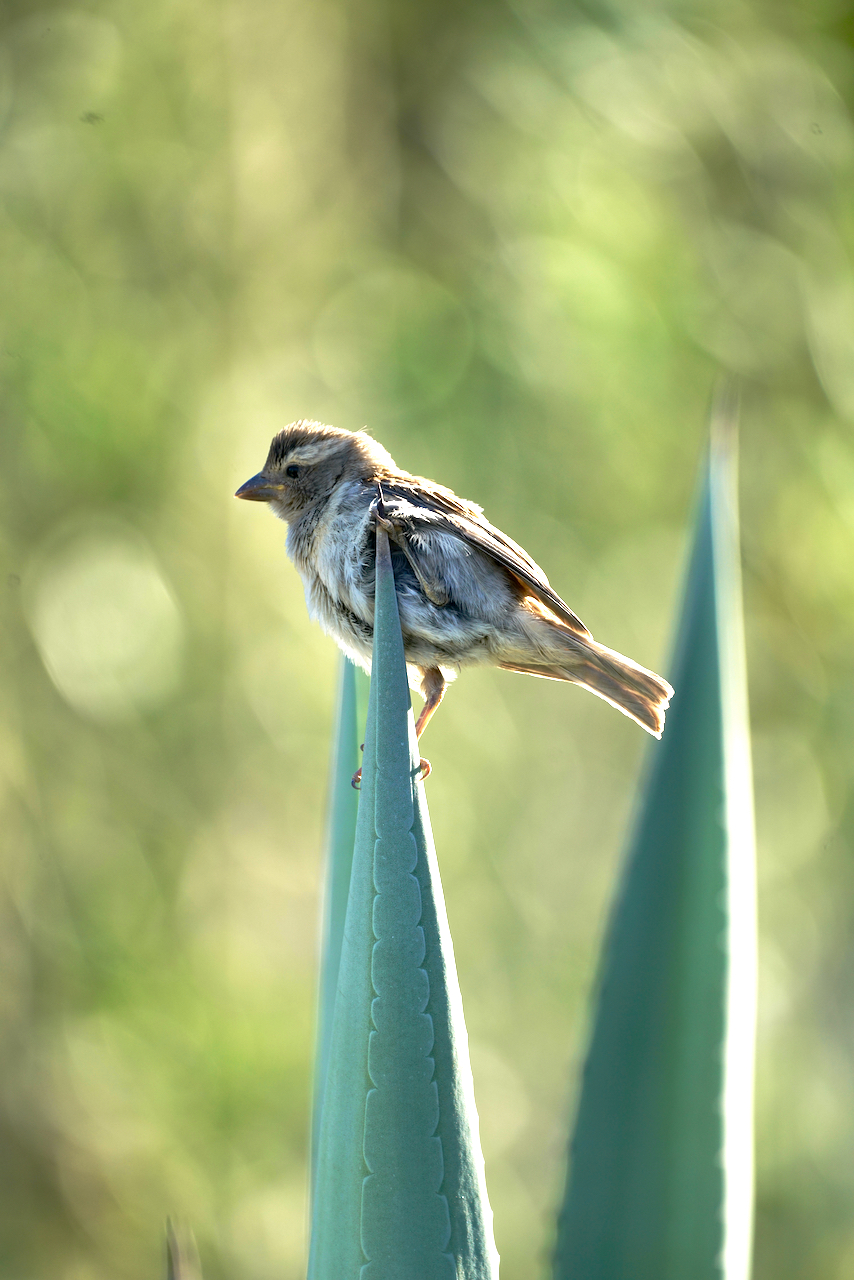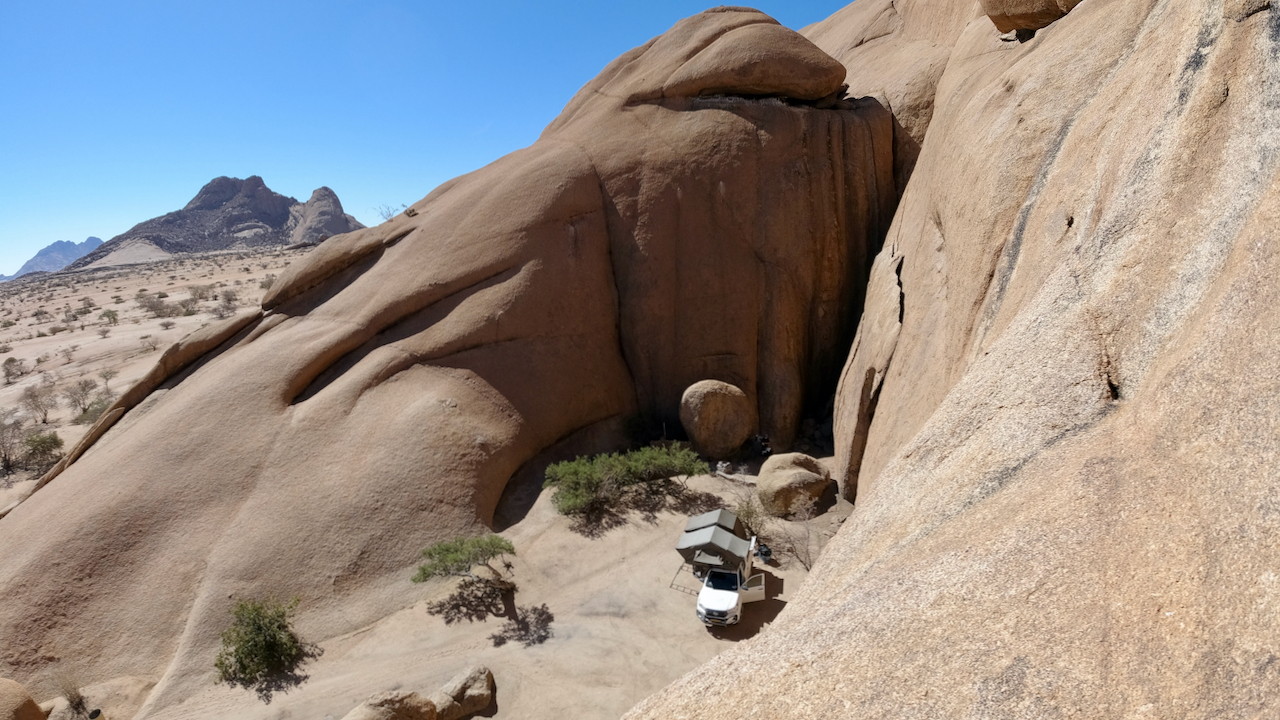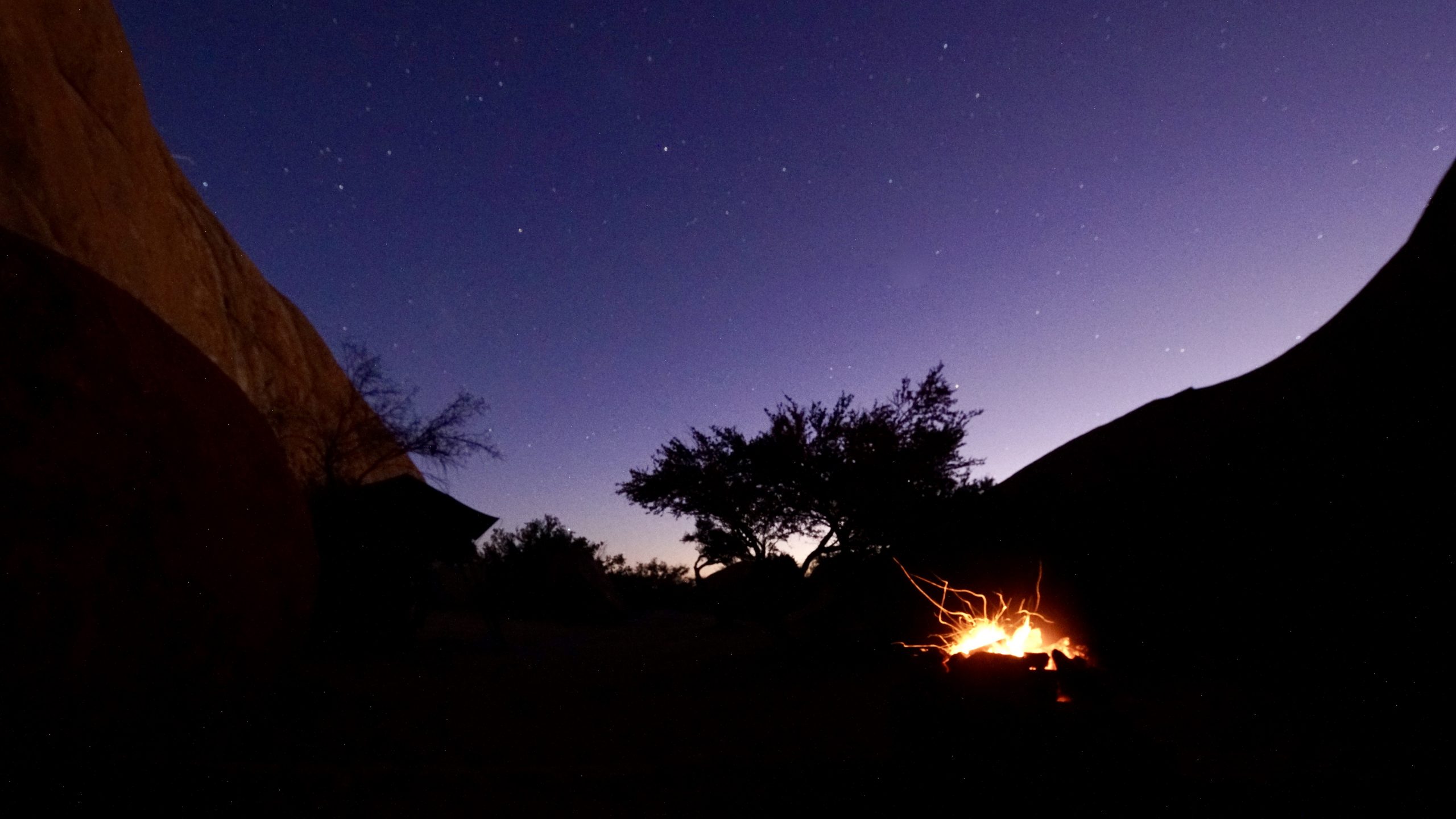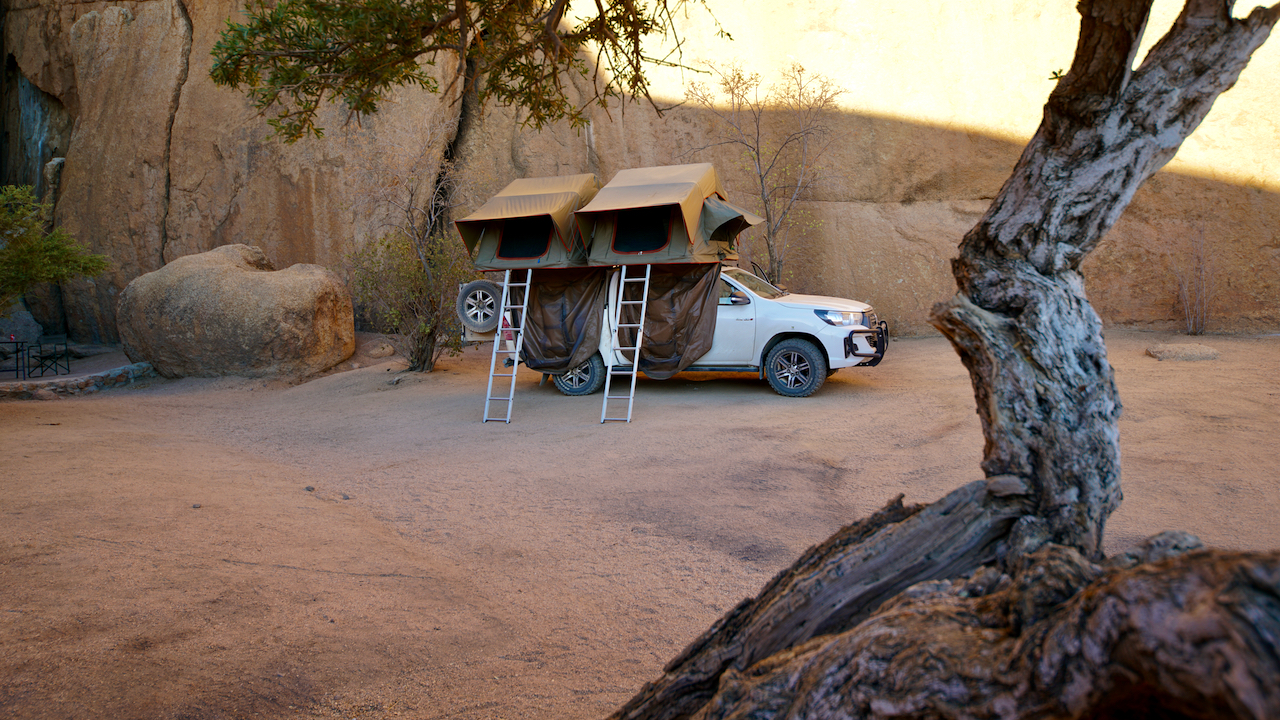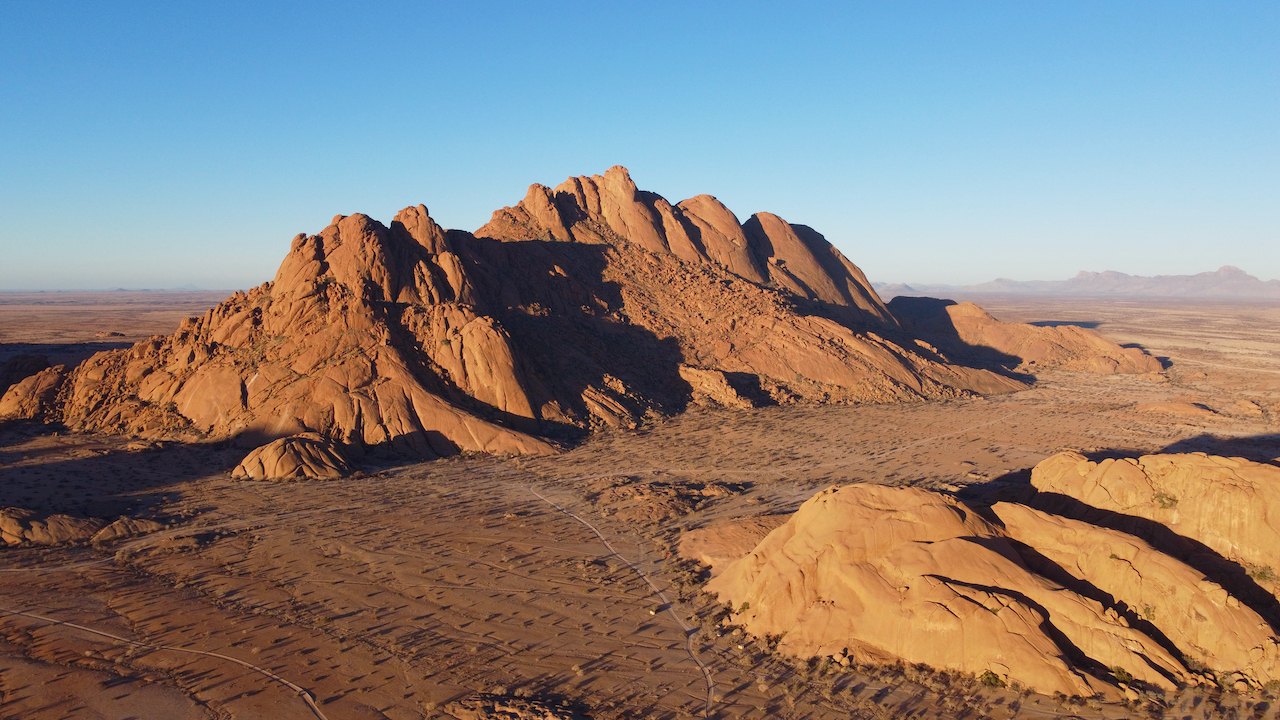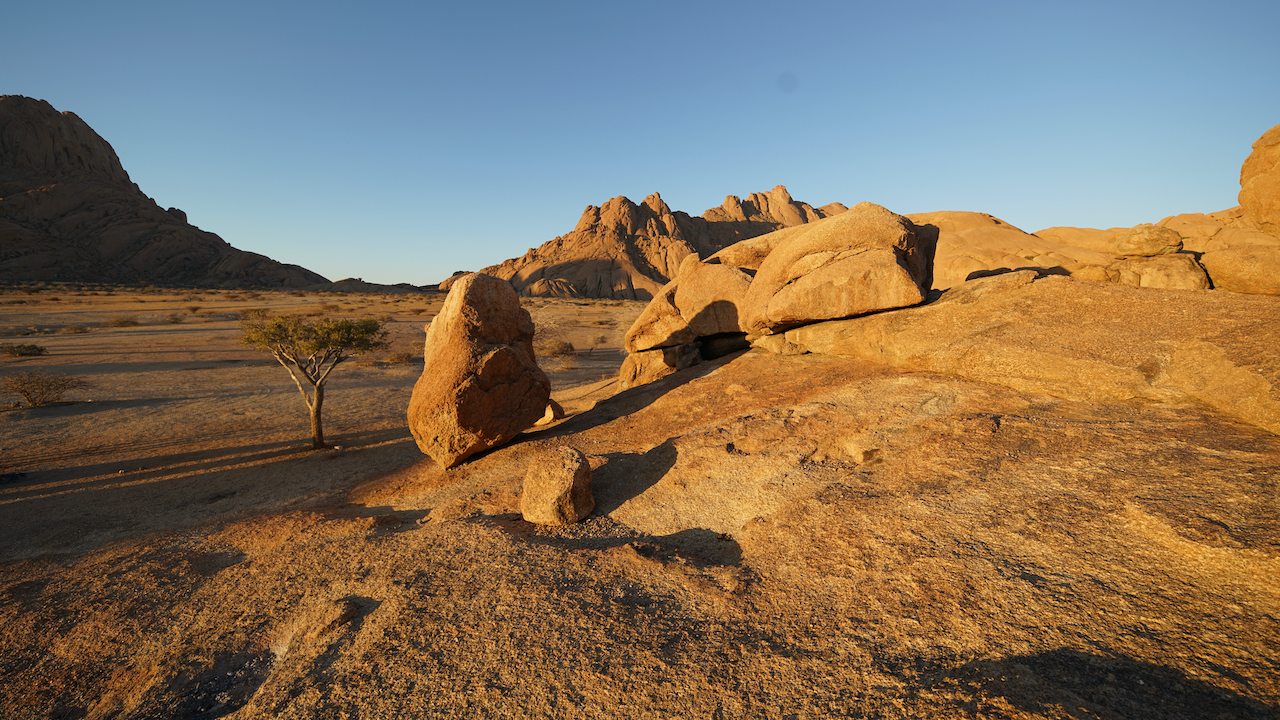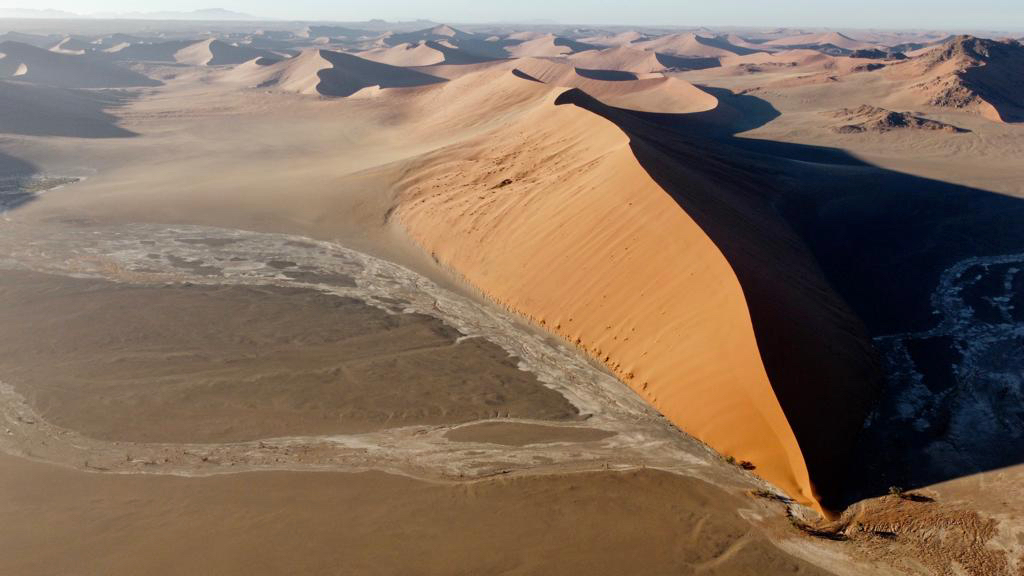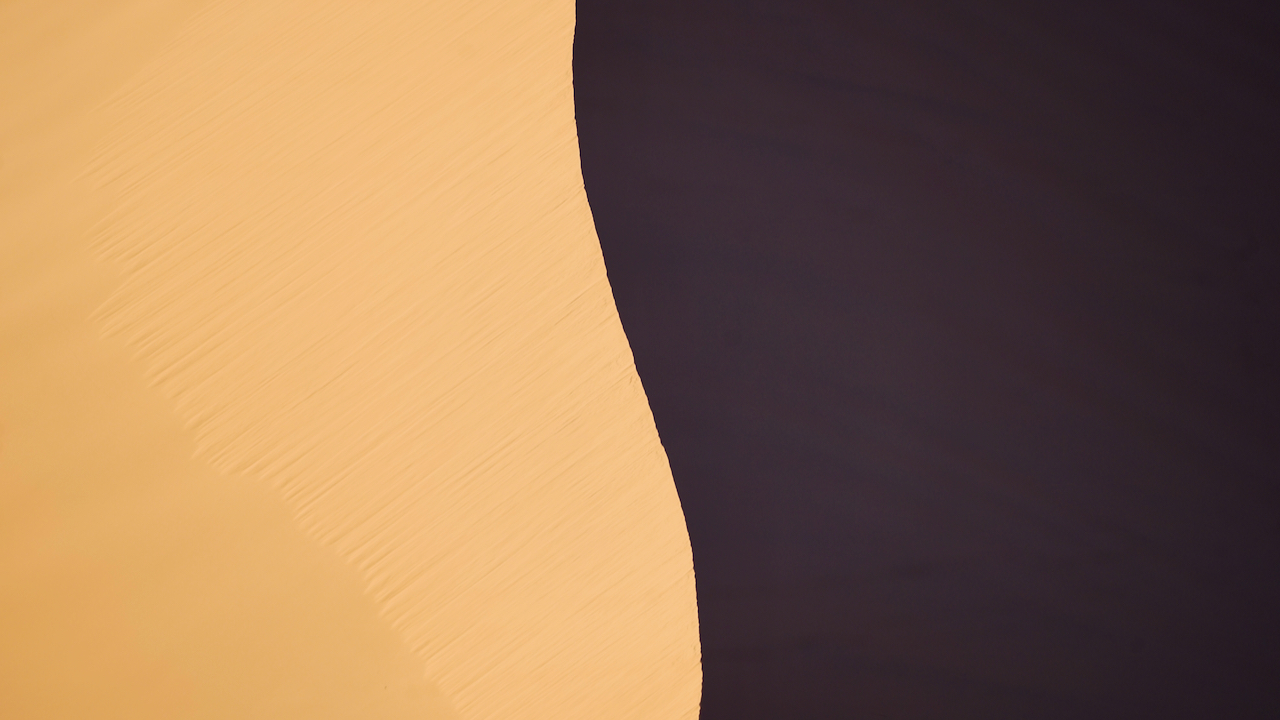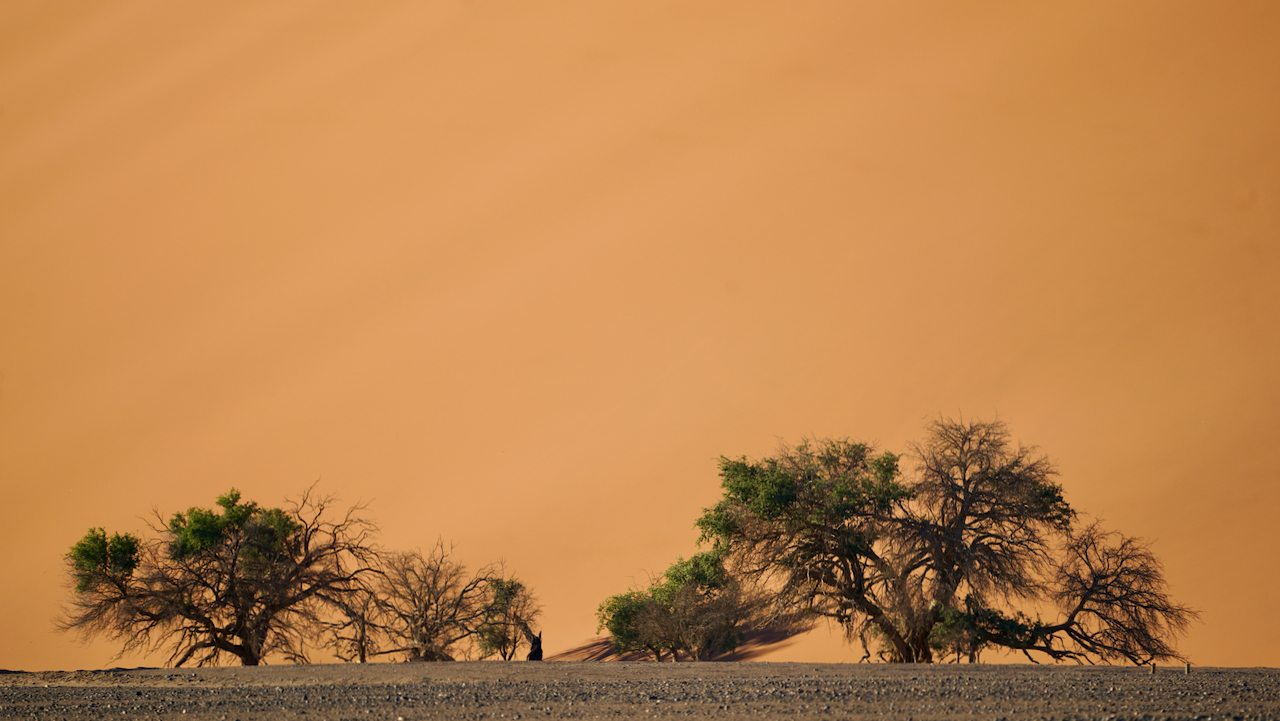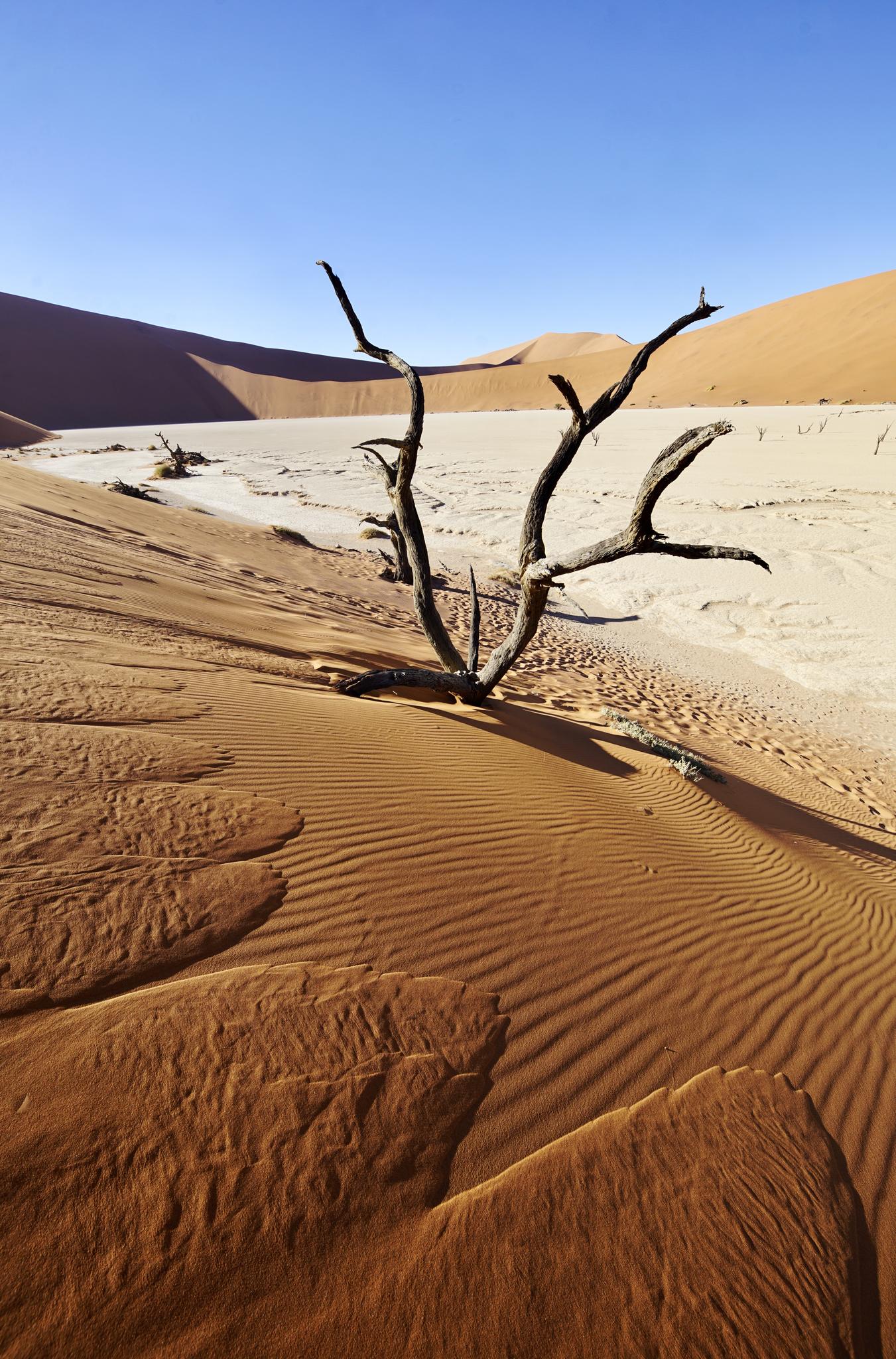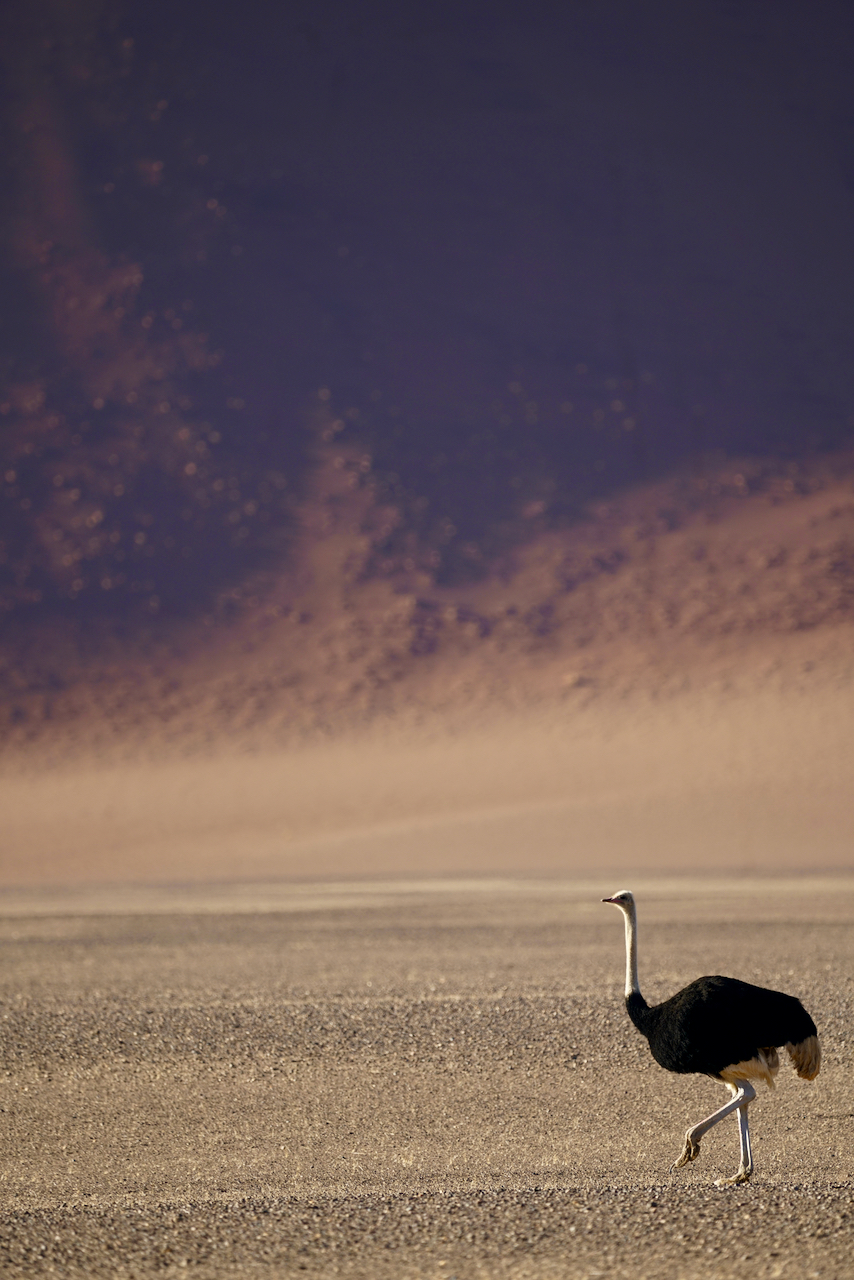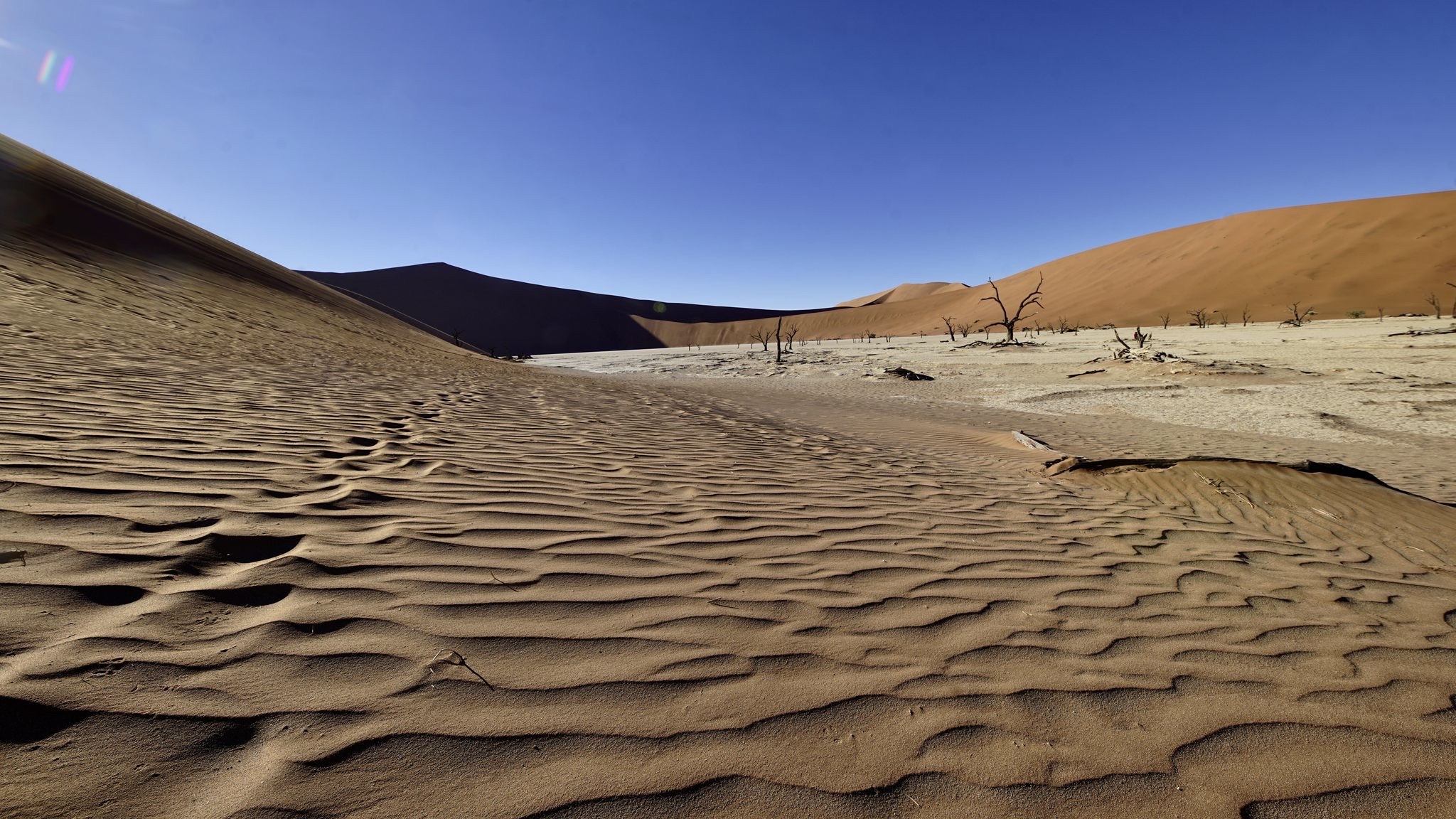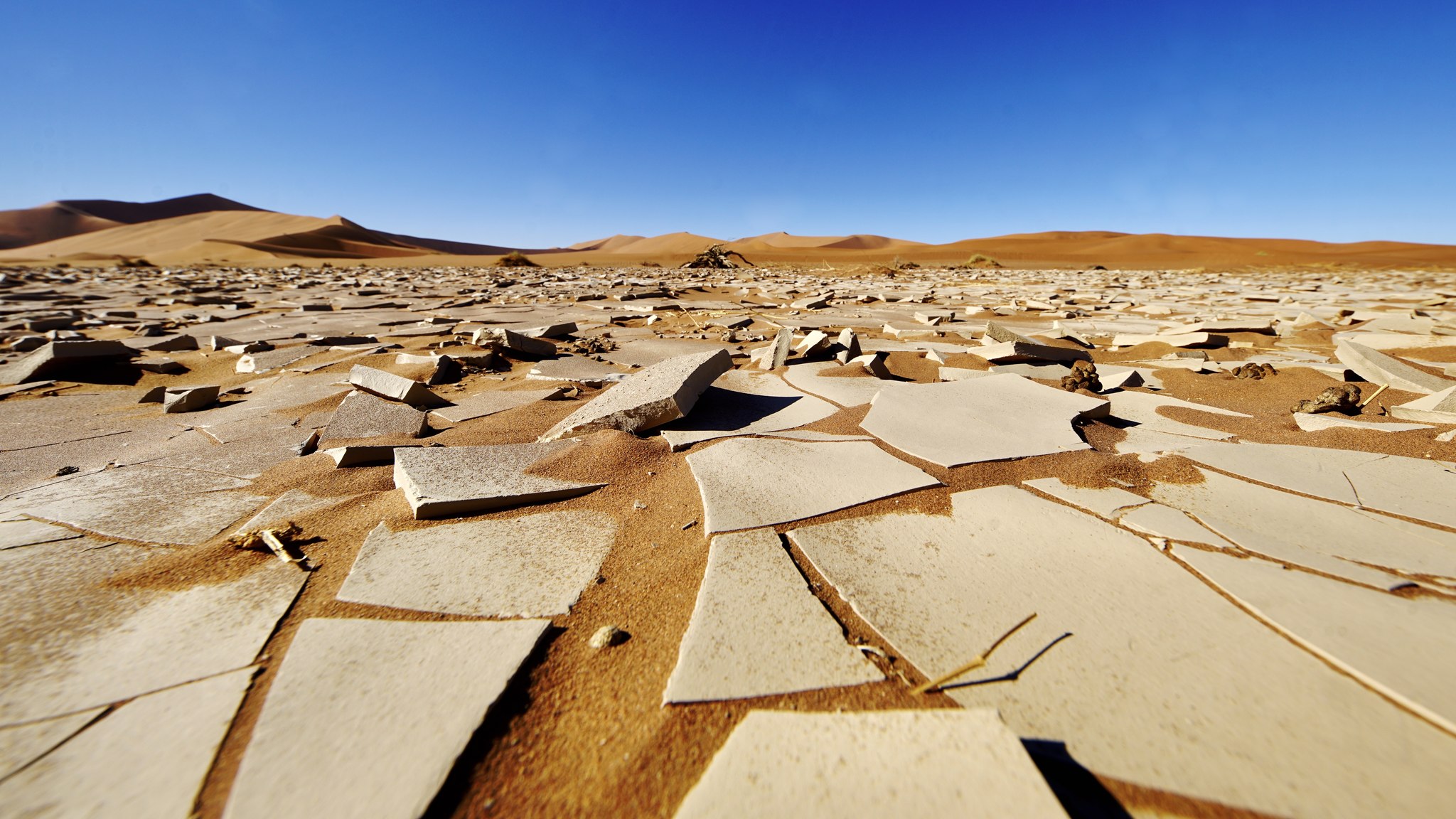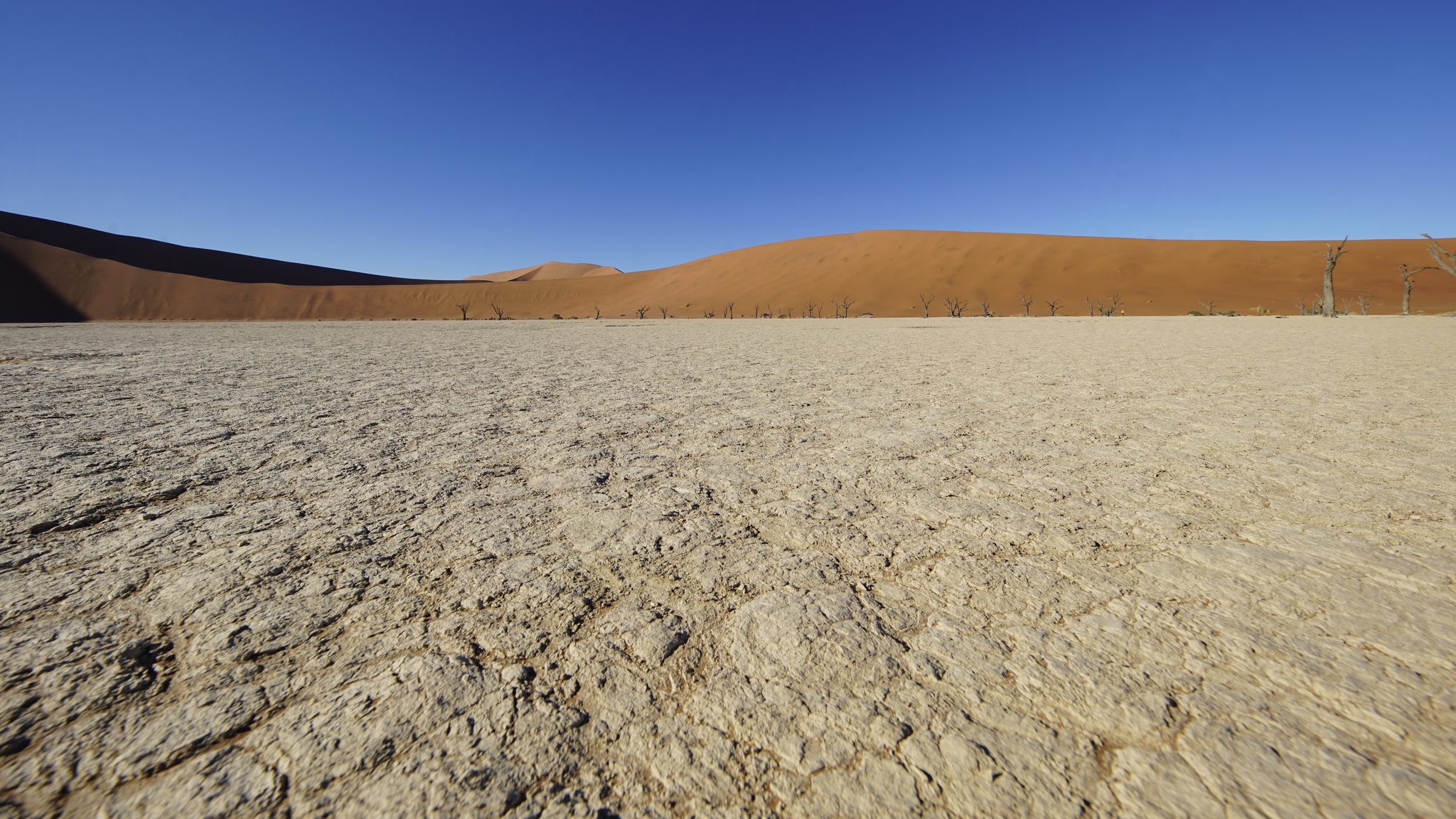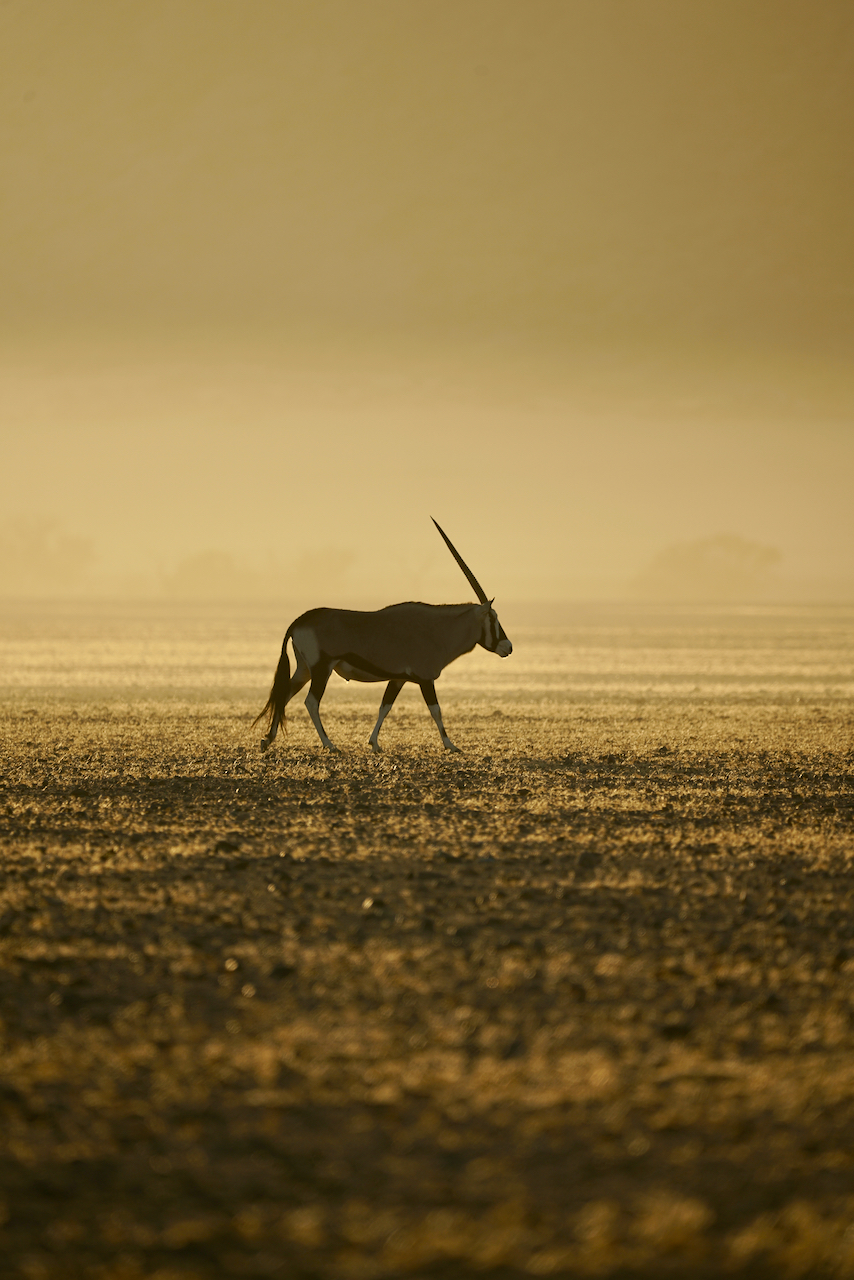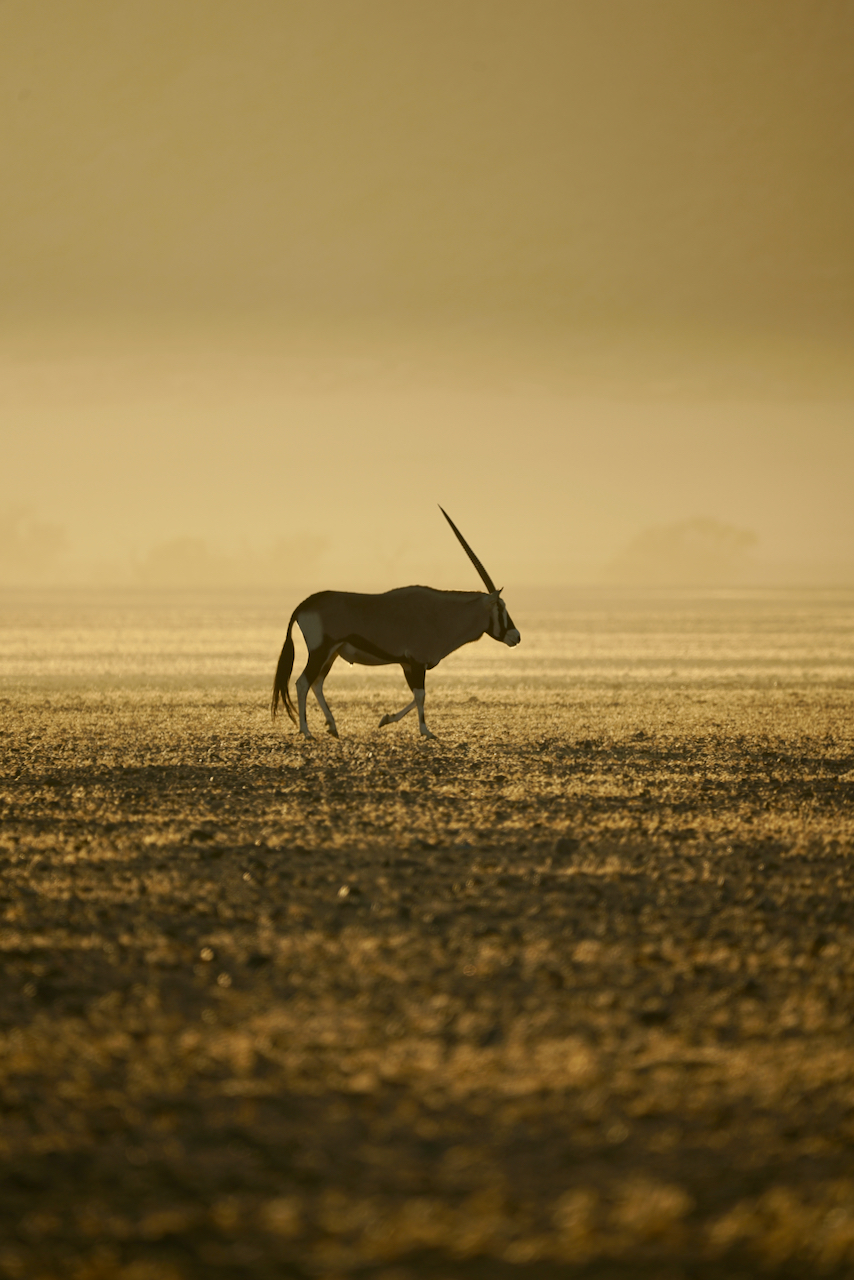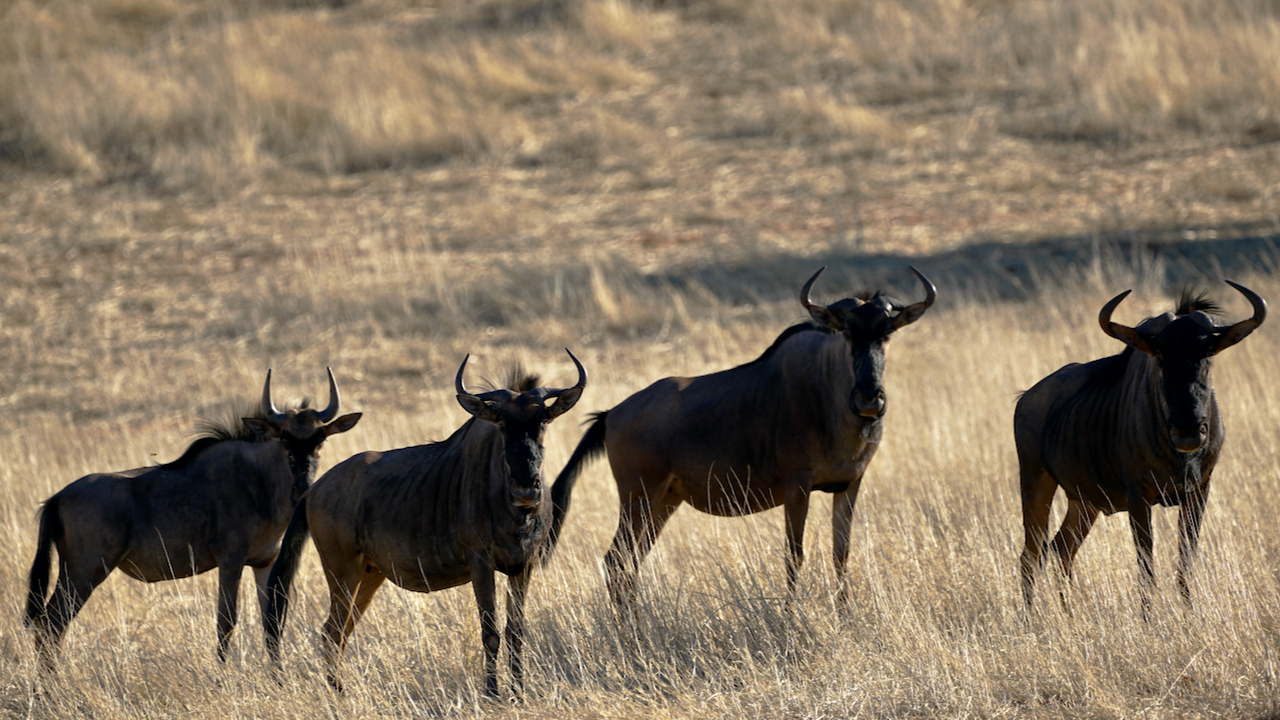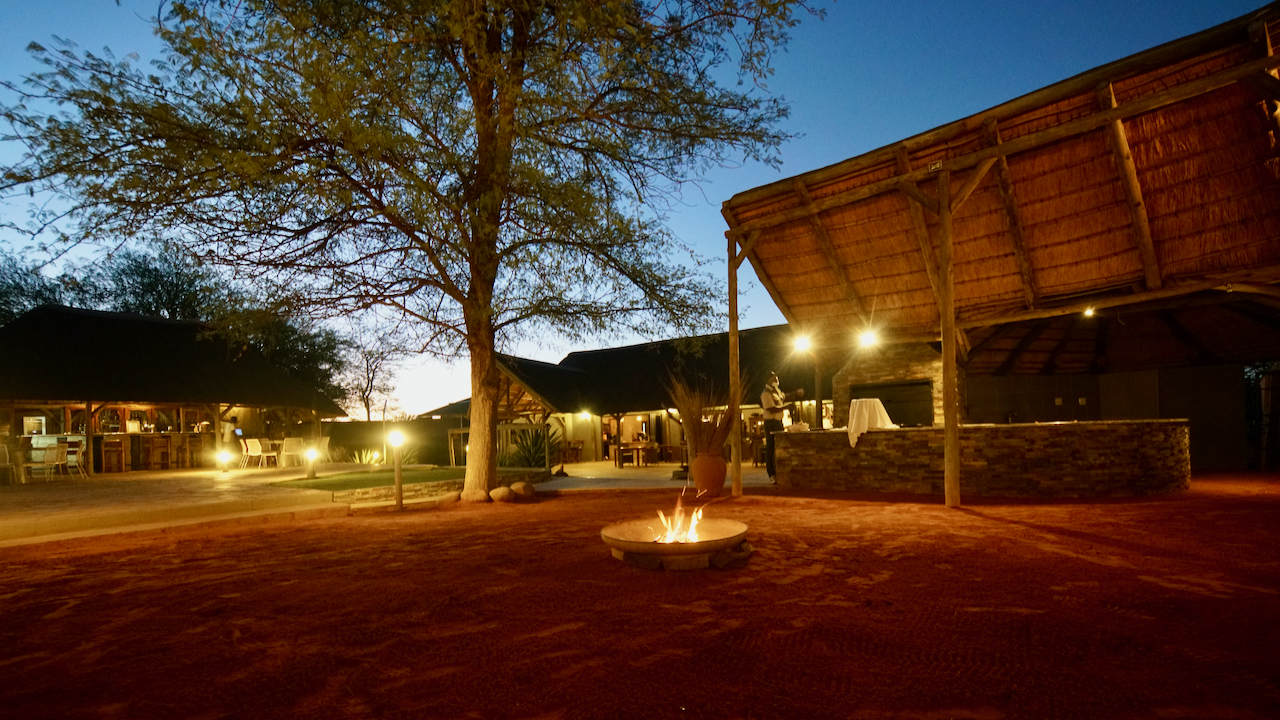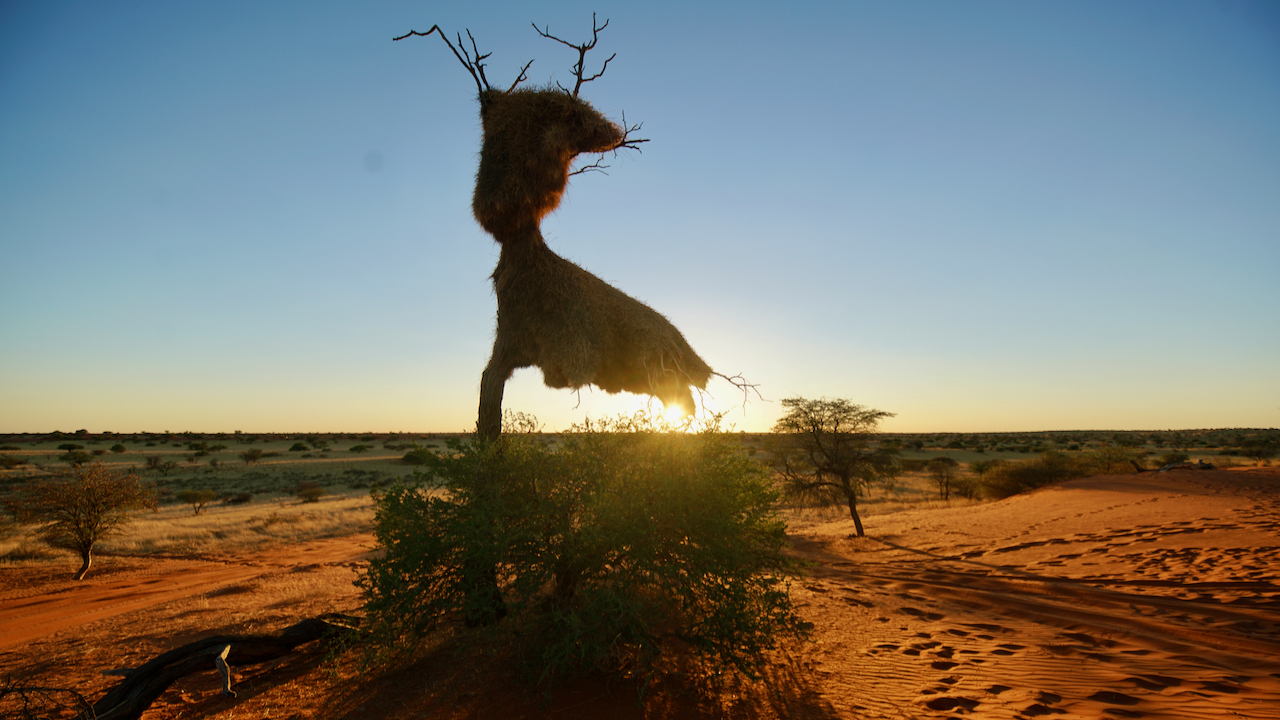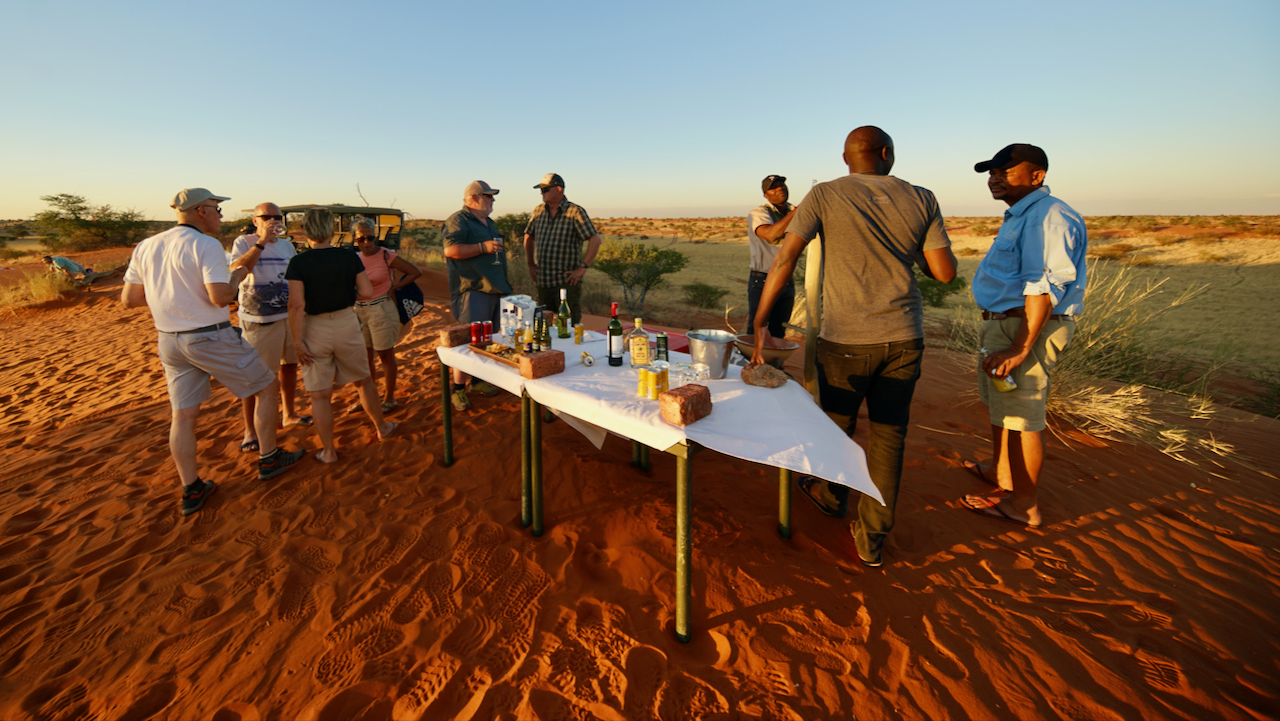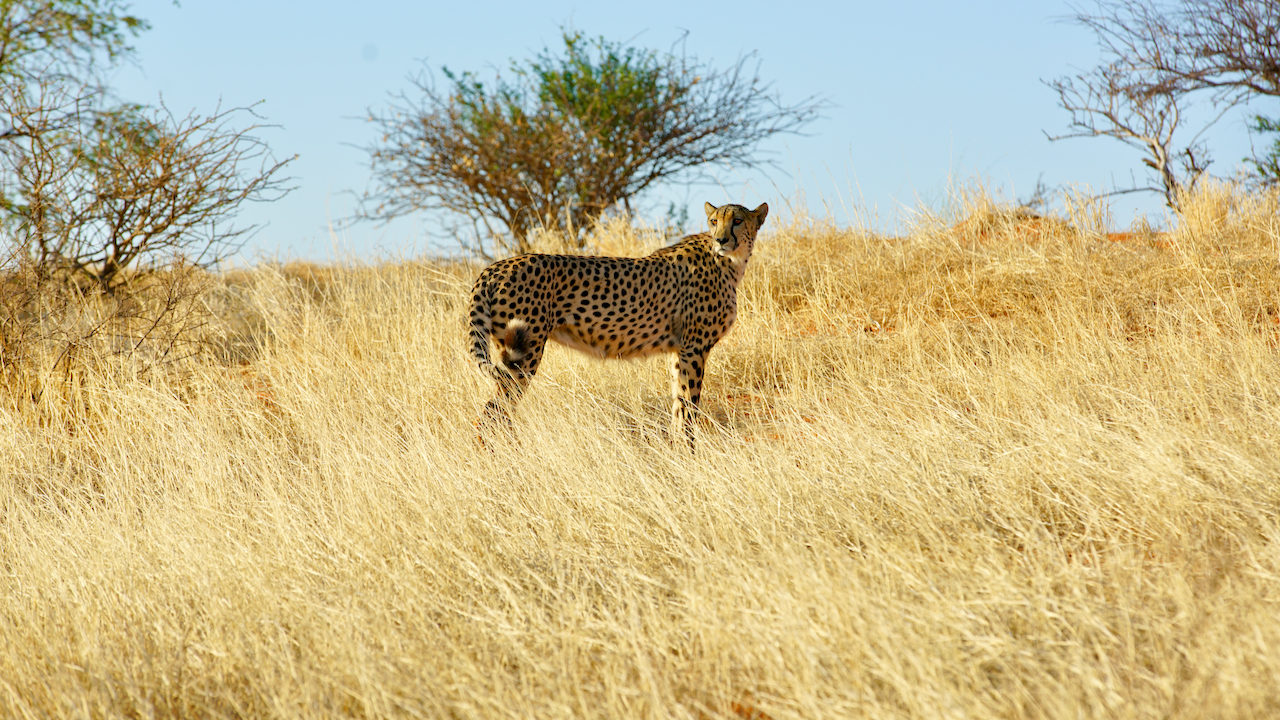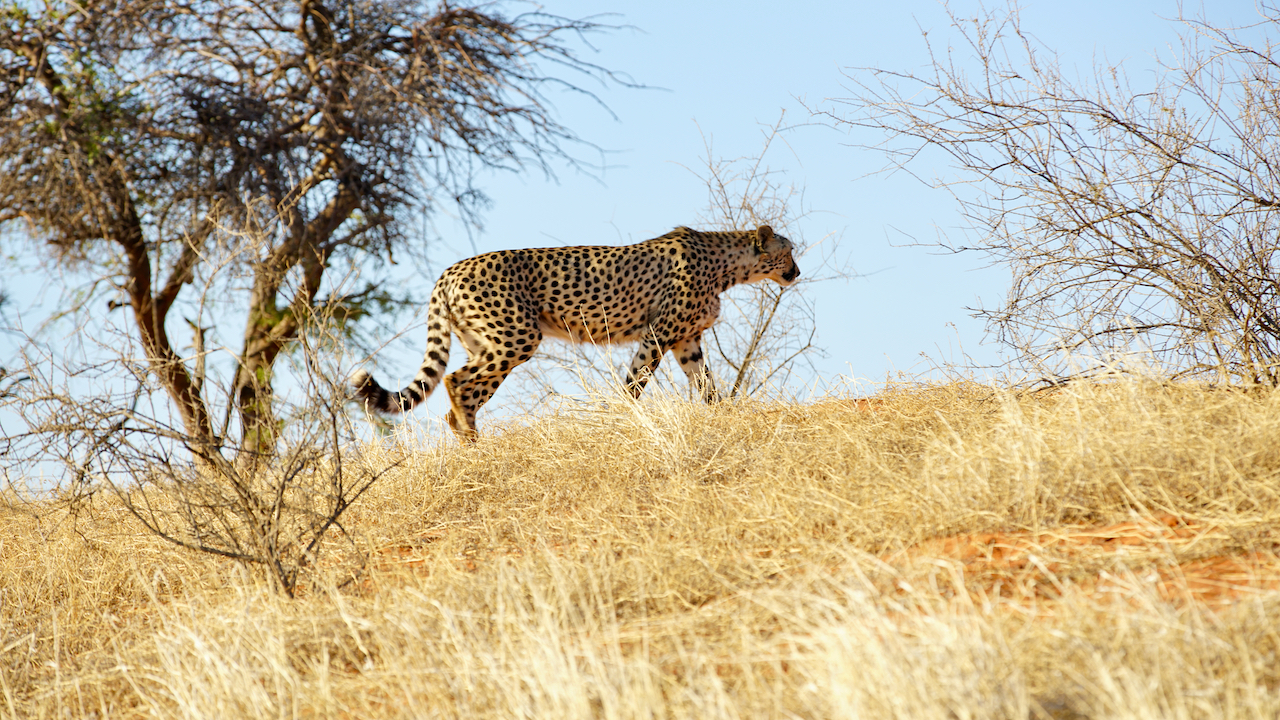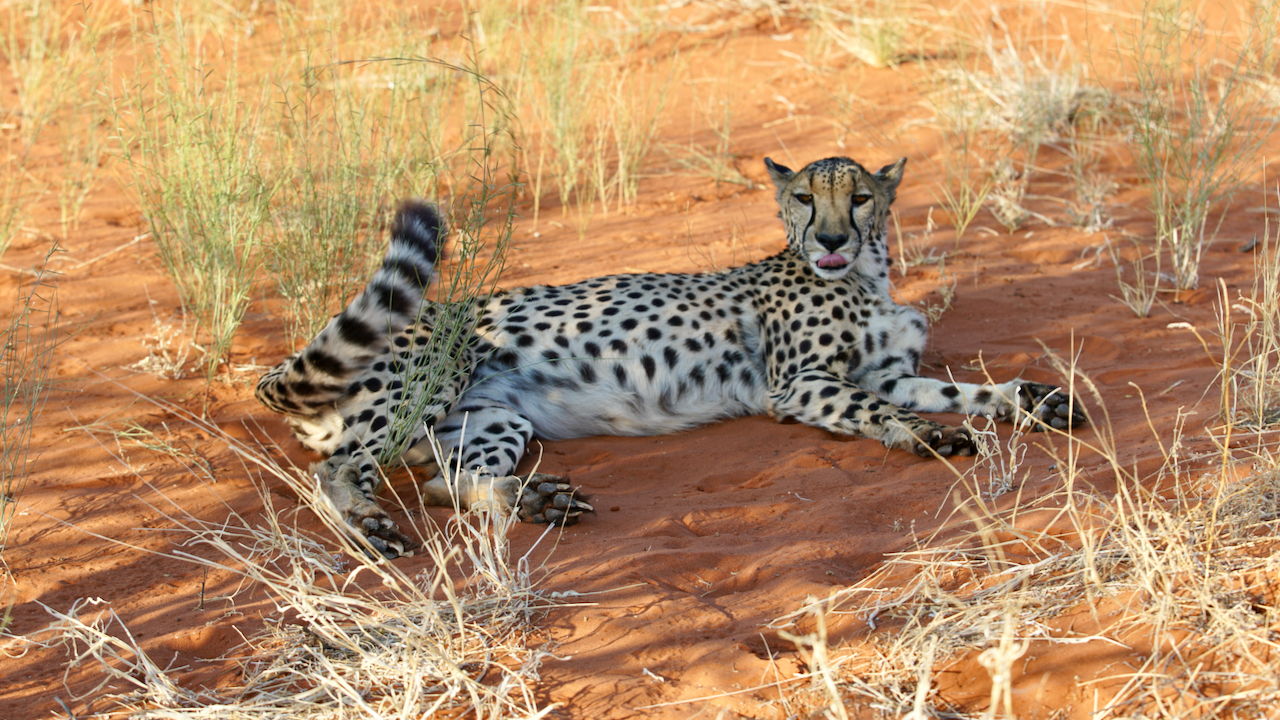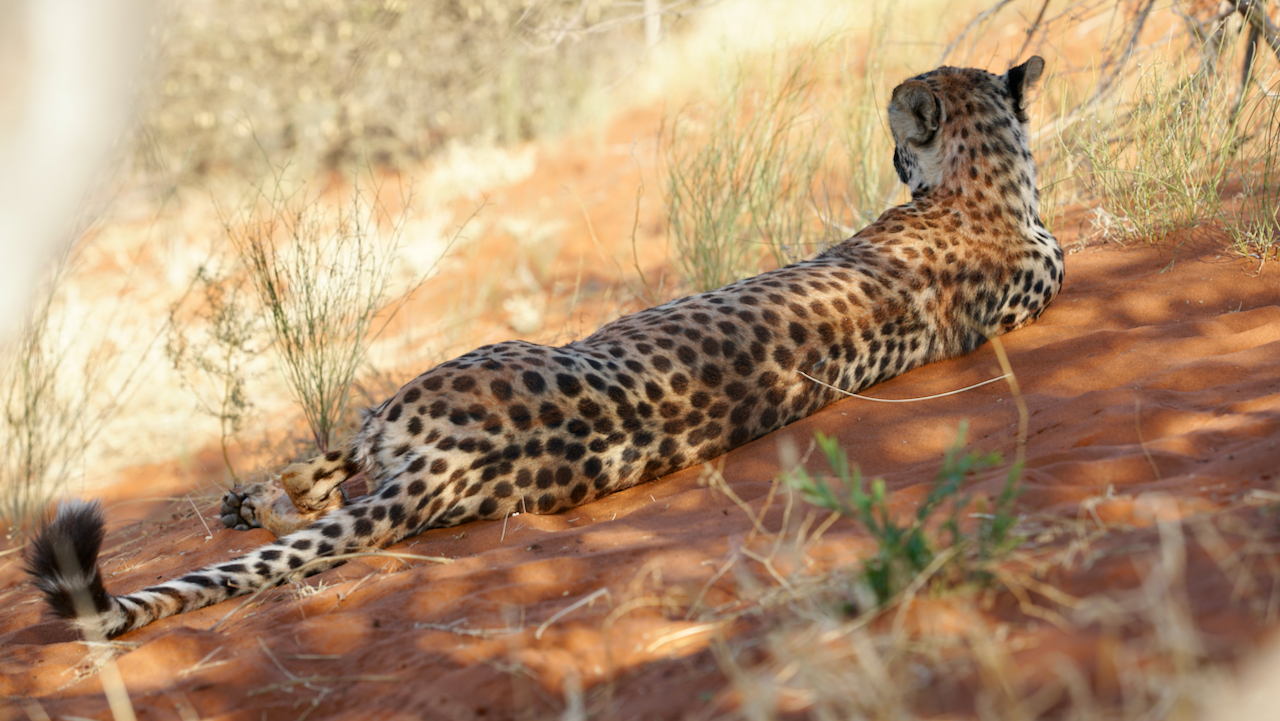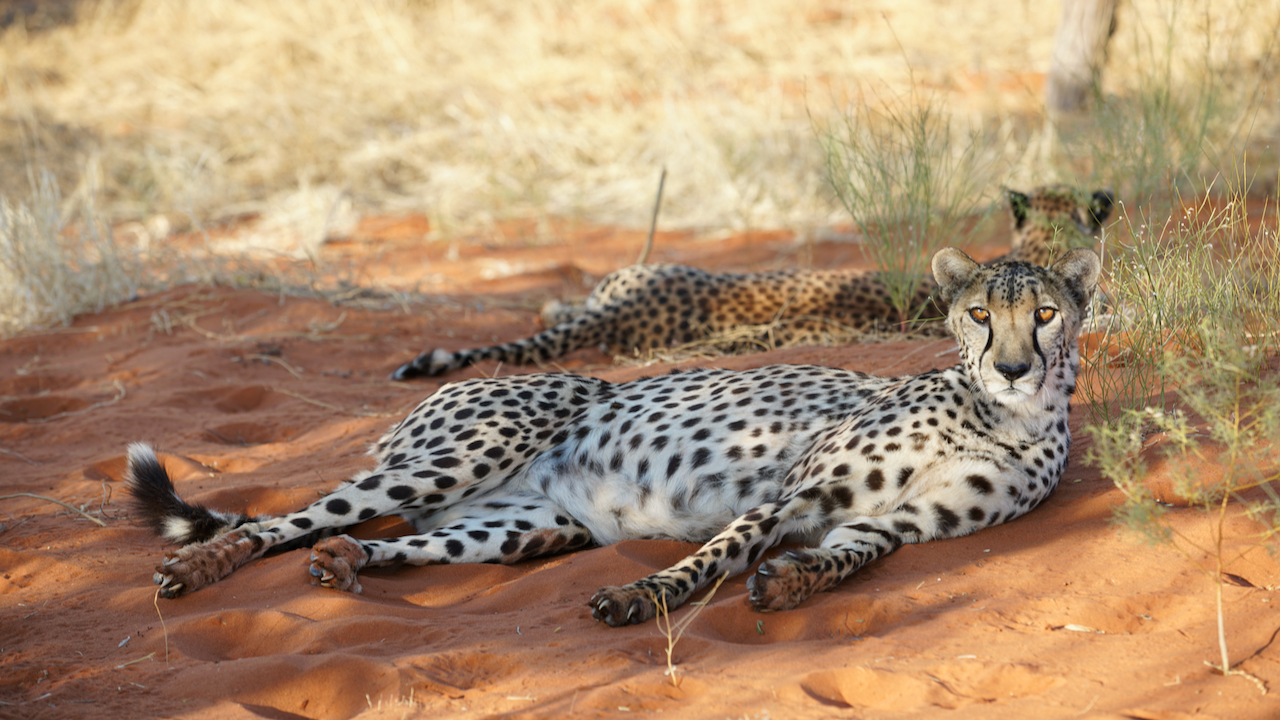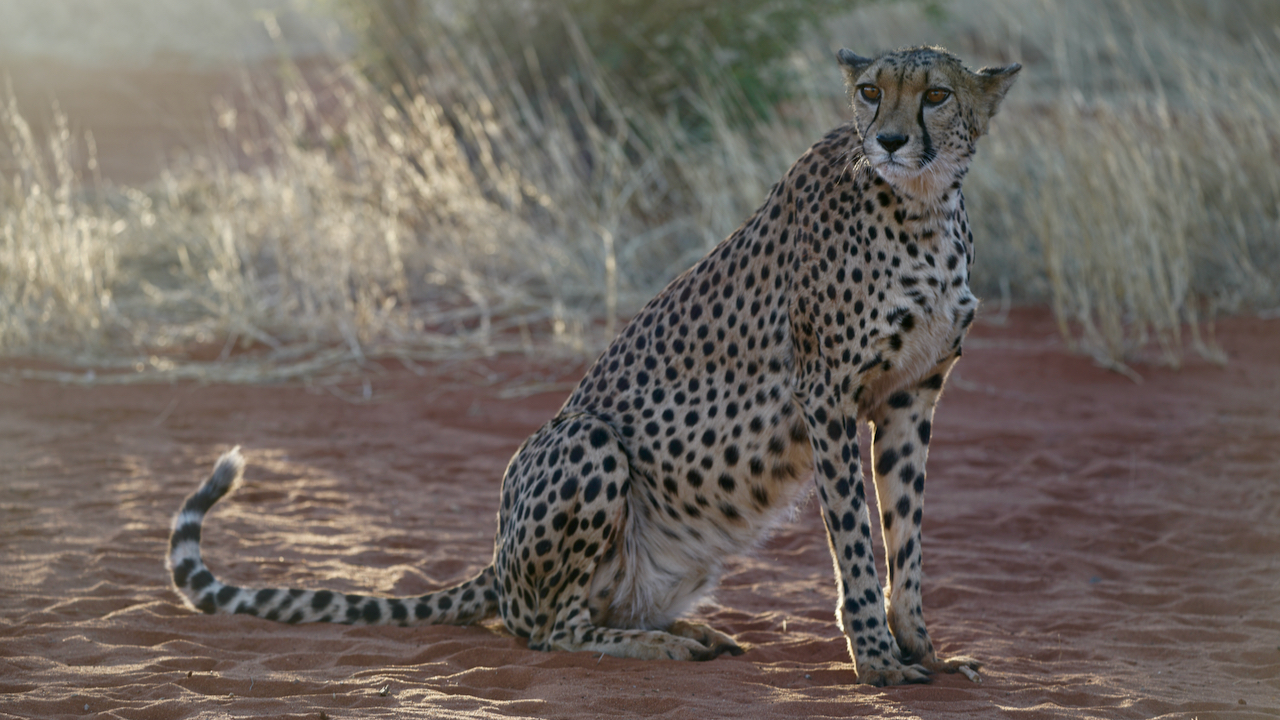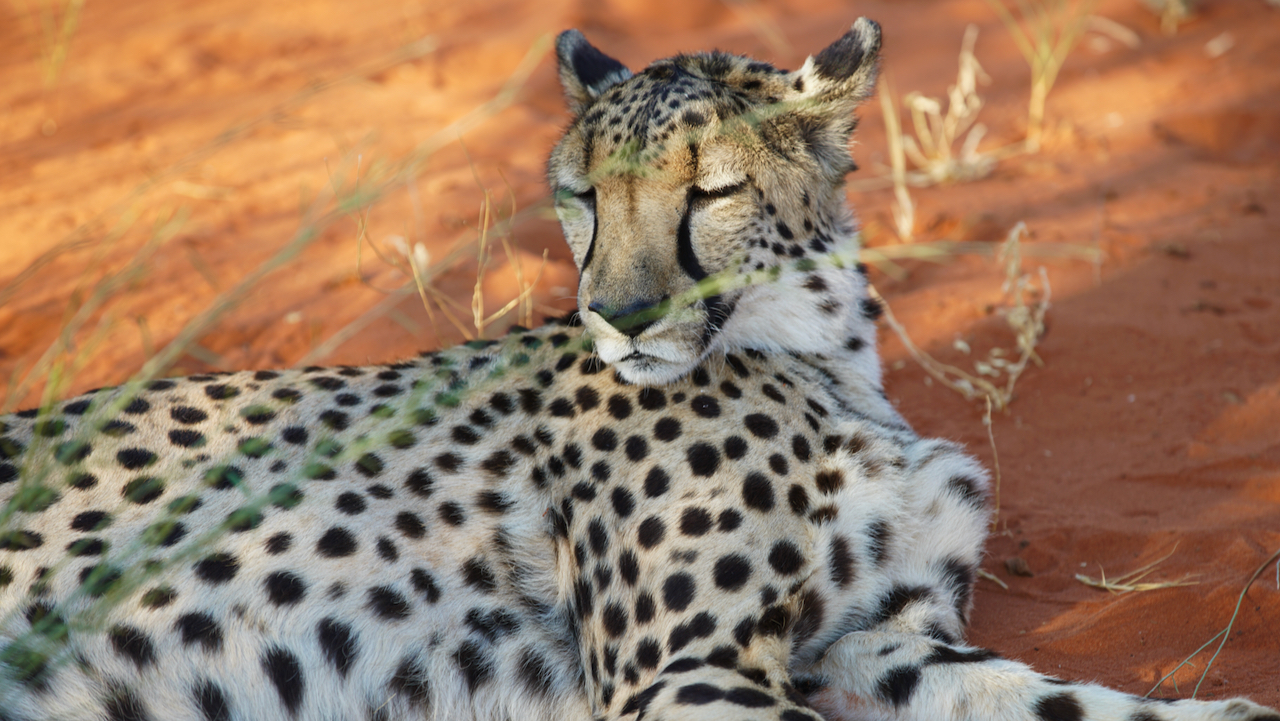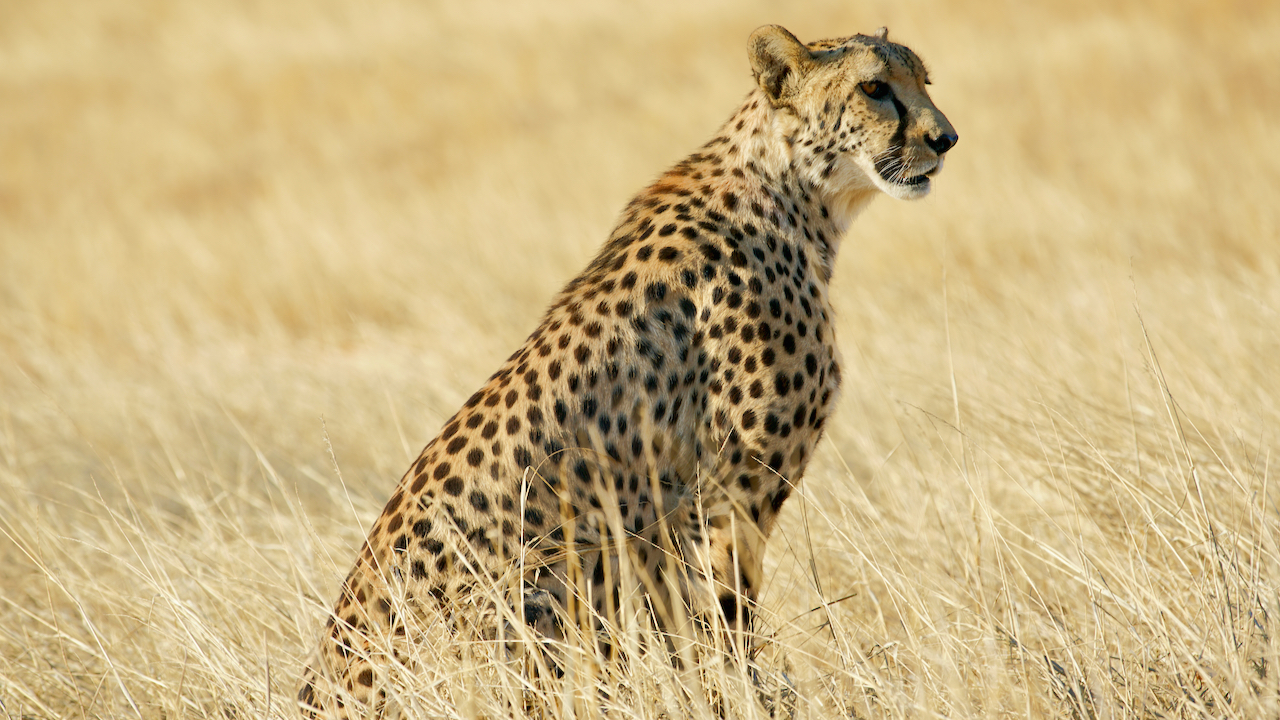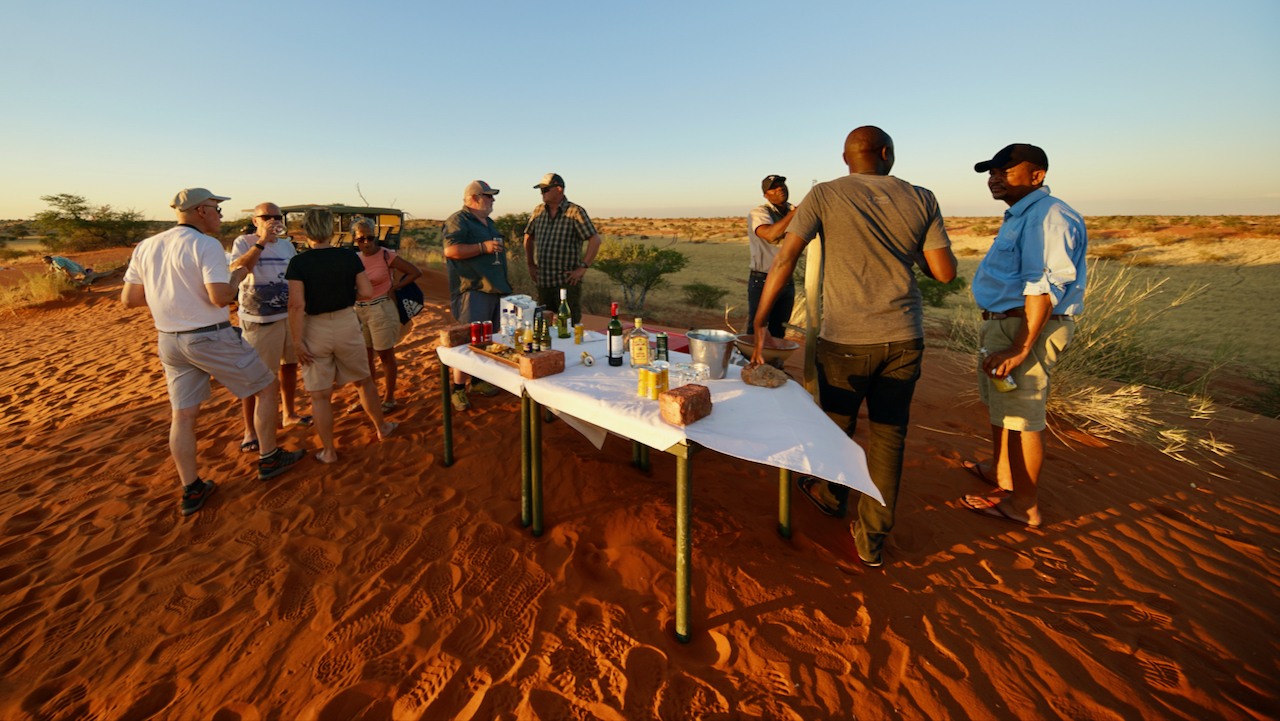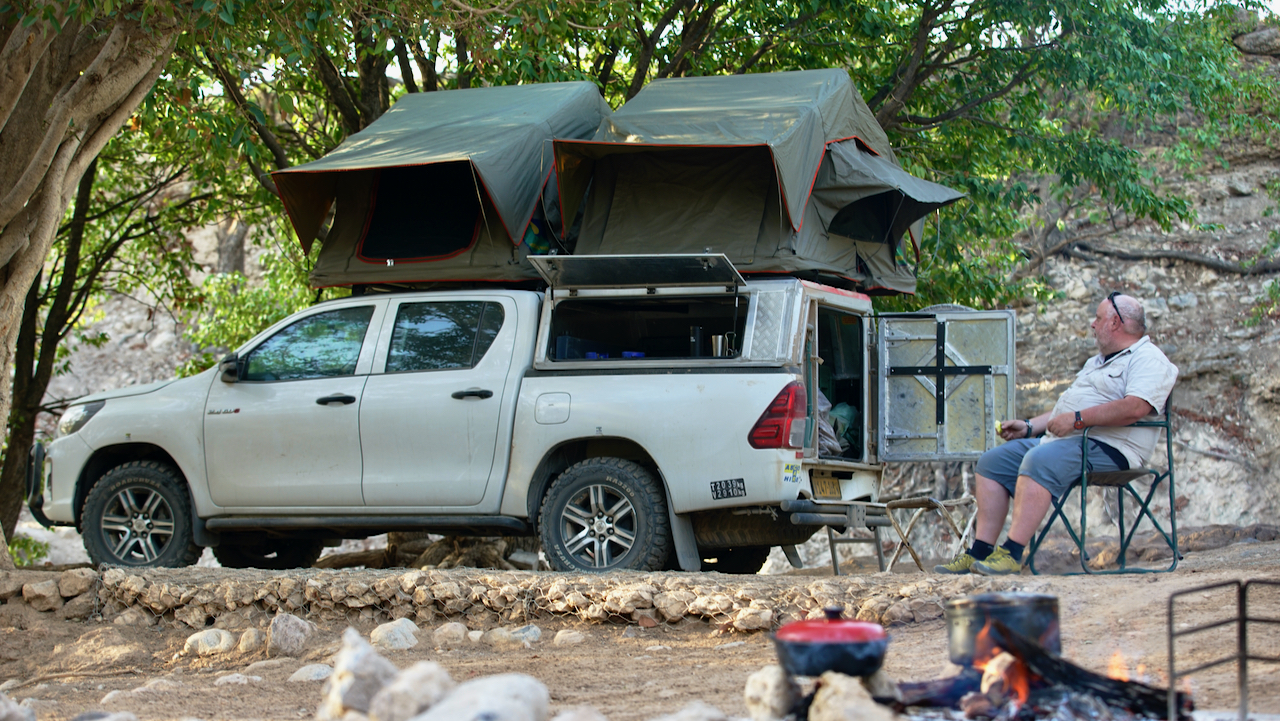Before getting into details of the Namibia tour 2021, organised and carried out by https://special-adventure.de I would like to share with you some precolonial facts, the present state, and a reckless overview on Namibia’s economic outlook. Namibia is a diverse country of hunter-gatherers, traditional pastoralists, subsistence and commercial farmers, traders, miners, and fishers belonging to various language and cultural groups. Arguably, the region’s oldest inhabitants are the Bushmen or San People, evident from the rock paintings and engravings at places in Damaraland like Twyfelfontein and the Brandberg.
Today an estimated 30,000 Bushmen live in Namibia, with only a few of them continuing their historical and traditional ways of life. The Bushman shared some linguistic features (such as the clicks) with the Damara and Nama peoples, who established themselves in the area after them. Herero and Himba are the other distinctive cultures. The Herero can be seen in vivid Victorian-style dresses. The semi-nomadic Himba are famous for covering themselves with ochre, a mixture of butterfat and ochre, which gives their skins a reddish tinge. The Owambo live in and around the country’s northern parts, where farming is good, and they can fish in the shallow waterways. The Himba speak Otjihimba, a dialect of Herero. Herero is a Bantu language. Although English is now the national language of Namibia, almost no Himba speaks it, and very little English is taught in Omuhonga schools.
I am very interested in history and therefore did my research on Namibia. It is once more and nothing less than shameful when you read about the genocide. Here is a short but good article about it. Colonialism – “colossal ambiguity”
Precolonial History of Namibia – Namibia has passed through several distinct stages over the years. If history is a subject you enjoy, you’ll enjoy discovering more about this country’s past. At first glance, the history of Namibia is relatively recent. However, this is partly because the precolonial history was never written down, but plenty of archaeological evidence shows that people inhabited Namibia at least 25,000 years ago. Namibia is a small country of about 2.5 million people, with a long coastline on the South Atlantic, bordering South Africa, Botswana, Zambia and Angola. It is the driest country in Sub-Saharan Africa and is rich in mineral resources, including diamonds and uranium. Political stability and sound economic management have helped anchor poverty reduction and allowed Namibia to become an upper-middle-income country. However, socio-economic inequalities inherited from the past apartheid system remain incredibly high and structural constraints to growth have hampered job creation.
Overview & Economic Outlook – Namibia has a unique mix of wildlife, spectacular scenery, and diverse cultures. Natural attractions include the Namib Desert, which is the oldest desert in the world; the Fish River Canyon, which is the second-largest canyon after the Grand Canyon; the world-famous dunes at Sossusvlei; the Skeleton Coast with its extraordinary landscapes; and Etosha National Park, one of the largest game reserves in Africa. Coupled with its natural beauty, Namibia’s good road infrastructure, potable water, and lower crime levels than most of its neighbouring countries make it an ideal destination for tourists. According to the World Travel and Tourism Council (WTTC), travel and tourism contributed approximately 14.7 % of GDP in Namibia and 15.4 % to total employment in 2019.
Currently, the Namibian tourism industry is fighting for survival. The impact of COVID-19 hollowed out the sector, causing mass business closures, layoffs, and unsustainable debt. Experts predict tourism industry recovery will be painful and slow, with pre-COVID levels of visitors and revenue unlikely to return until 2024. Disruption will reshape Namibia’s tourism industry and create new business opportunities. After experiencing average annual growth of 4.4% between 1991 and 2015, Namibia’s economy fell into recession in 2016 and has since struggled to recover. Namibia is mainly dependent on investments in mineral extraction and government spending. It has suffered from falling commodity prices, weak growth in crucial trade partners (Angola, South Africa) and tight fiscal policy on the government’s effort to rebalance public finances.
Environment and Climate Change in Namibia – Namibia is classified as one of the countries that is most vulnerable to climate change and natural hazards in the world (UNU-EHS, 2016). The country experiences significant agricultural production losses, upon which more than 70% of the population directly depend on food security for survival (NSA, 2012). The effects of climate change and natural hazards pose severe threats to the livelihood of communities and socioeconomic development at large (Birkmann & Welle, 2015). Namibia is particularly vulnerable to natural hazards, such as droughts and floods (OPM, 2012b).
Highlights of the Namibia Tour 2021 – After this shortened and simplified overview, let’s get started with our Namibia Tour 2021, organised by Special Adventure.
Skeleton Coast – Across Angola’s southern border to Swakopmund, ‘Skeleton’ is echoed in the hollowed-out shipwrecks stranded on shifting sand-dunes, with no human settlement in sight. Namibia’s deserts were nicknamed ‘The Land God Made in Anger’ by Khosian bushmen. But the Skeleton Coast has an infamous reputation all of its own.
Nowadays, tourists venture out to Skeleton Coast to see these rusted 19th-century wrecks and towering whale bones for themselves. Skeleton Coast National Park was established in 1971. Covering 1.6 million hectares around the coastline in the Kunene Region, it remains a wilderness of untouched, striking beauty, with a diverse array of wildlife. Yet journeying through the National Park will give you more than a rare, arresting ends-of-the-earth landscape. It’s also home to a thriving seal colony on Cape Cross and is on the doorstep of the Himba, one of Namibia’s most recognisable tribes.
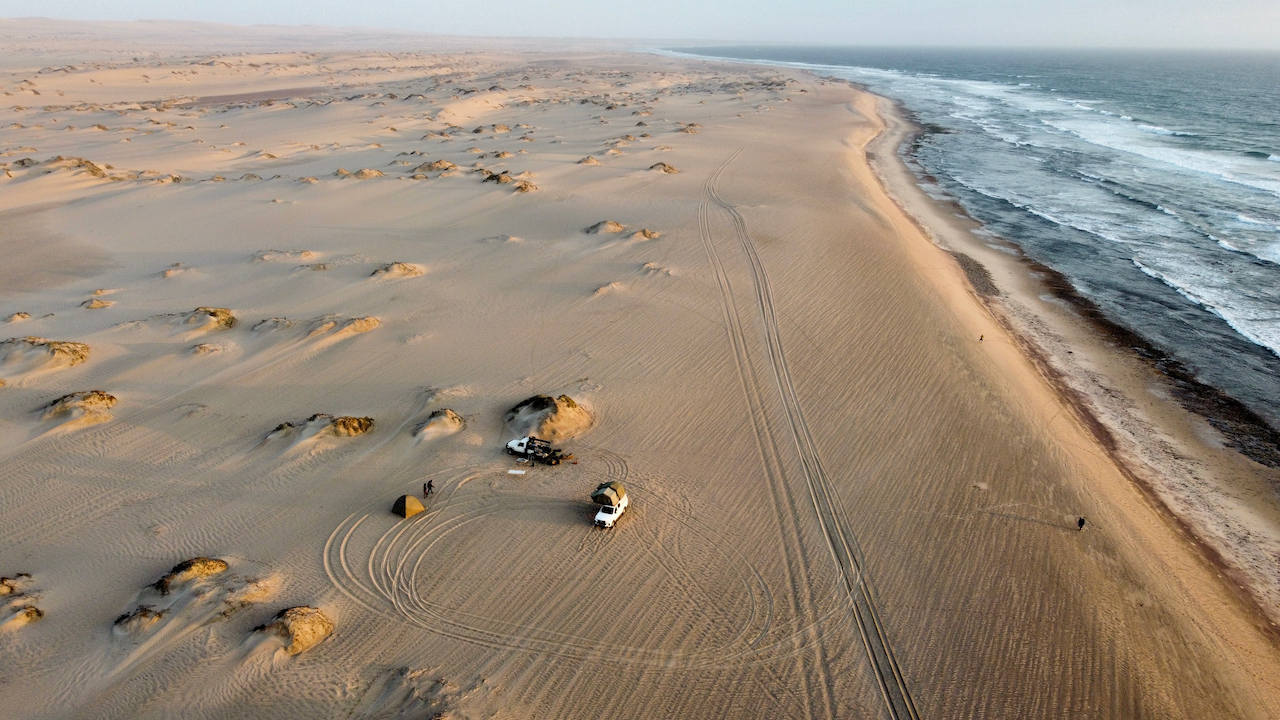
Driving a 4×4 here is very challenging but extreme fun, and here are my thoughts about what wildlife you (may) encounter in the Skeleton Coast Wildlife Park. It makes for an impressive safari, yet these animals are often rare sights, particularly the elephants and rhinos. The full range includes desert-dwelling elephants and lions, black rhinos, cheetahs, crocodiles, and zebras. It is far more common to see springbok and gemsbok, antelope native to Southern Africa.
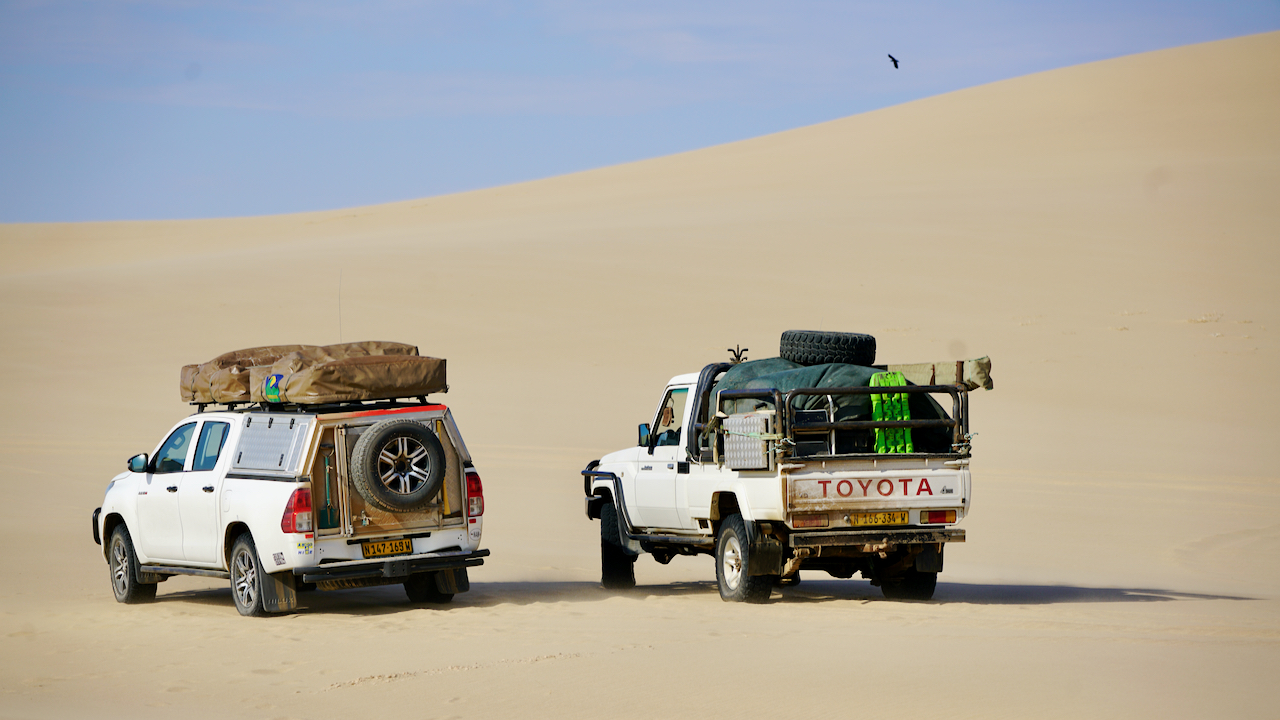
Purros Conservancy, 55 km from the skeleton coast and around 200 km south of the Kunene River in the north of Namibia is often described as one of the last true wilderness areas. We encountered both beautiful remote wilderness and a community left behind and on their own.
The school, as an example, can only be maintained by private investors, and when we were there, there was no firewood to cook and hardly any water to drink. The middle picture shows you the house (or doesn’t it look like a shelter?) of Melizza, a female teacher who has lived and has been teaching for seven years so far. Her privacy is this little house’ with 7 square meters, and of course, no running water or toilet.
Ongongo means “magical” in the Herero language – Ongongo was one of my favourite campsites, right on a small river. Large pitches with toilet and shower, even hot water, but it’s almost impossible to come here from the north (Orupembe). A fantastic place to hang out for some days and refresh yourself while swimming in the freshwater pond. Video: Refresh yourself!
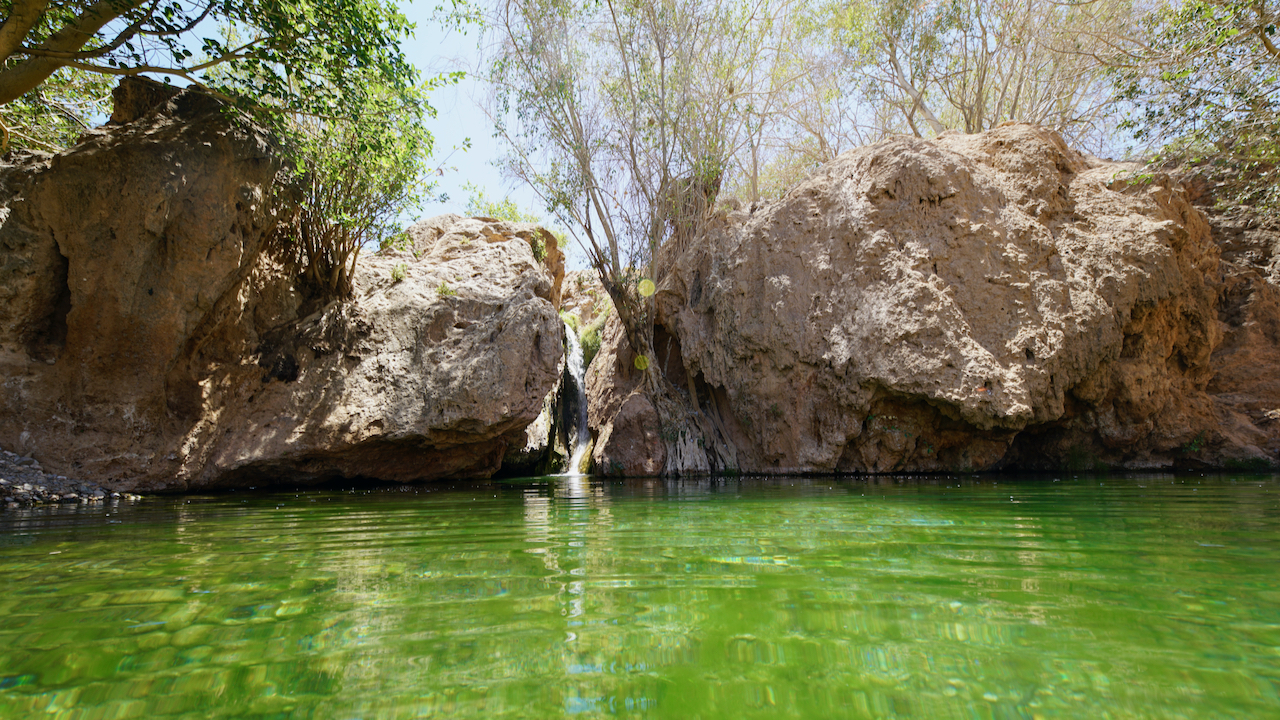
Palmwag Lodge – Located in a private concession area in northwest Damaraland, Palmwag Lodge sits under whispering palm trees on the Uniab River. The surrounding rock formations and desert provide habitat for various unique and rare flora and fauna. A perfect site to rest and for monitoring wildlife. Video: Elephant encounter
Let’s keep on driving, and here are some pictures and drone impressions from along the way.

Next stop Brandberg, White Lady Lodge – surrounded by desert, this serene lodge with a stone facade is set on the Ugab River and 12 km from hiking at both Mount Brandberg Nature Reserve and Brandberg The White Lady painting
I liked the White Lady Lodge because you could also book your stay at a treehouse, but we slipped as usual in our rooftop tents 🤪. The treehouse is situated in a beautiful Anna tree on the Ugab river bank and features two three quarter beds, and is fitted with the necessary solar lighting.
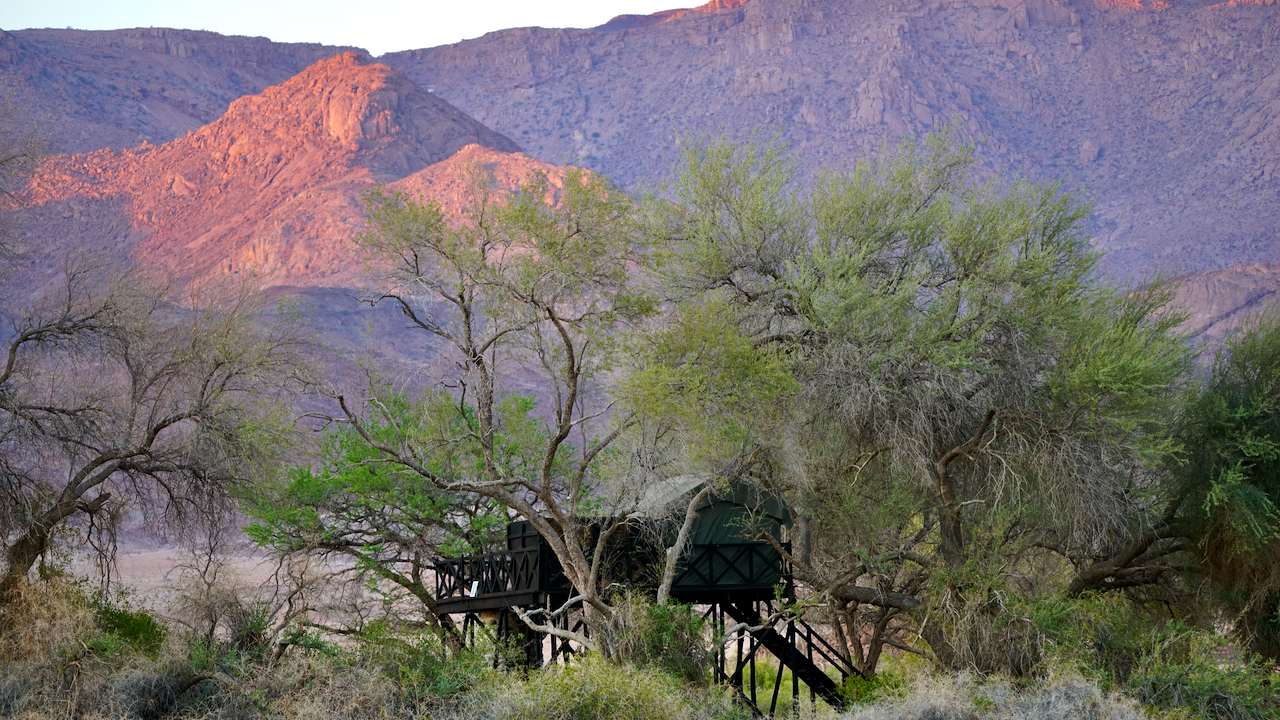
Spitzkoppe – is possibly one of the most photographed mountain motifs of Namibia. This inselberg surmounts its surrounding by 700 metres with an overall height of 1728 m above sea level. Due to its distinctive form, which can be spotted from a great distance, the Spitzkoppe is often called the “Matterhorn” of Namibia. The Spitzkoppe is situated about 120 km northeast of Swakopmund and is 30 km away from the well-travelled route between Usakos and Swakopmund. The Spitzkoppe consists of two separate mountains: The large Spitzkoppe, which is 1728 m high and the small Spitzkoppe, which has a height of 1584 metres. Further west, you will find the so-called Pontok Mountains. Don’t forget to bring enough water and firewood, and camping at Spitzkoppe is quite breathtaking, especially when you hike to one of the tops for sunset or sunrise.
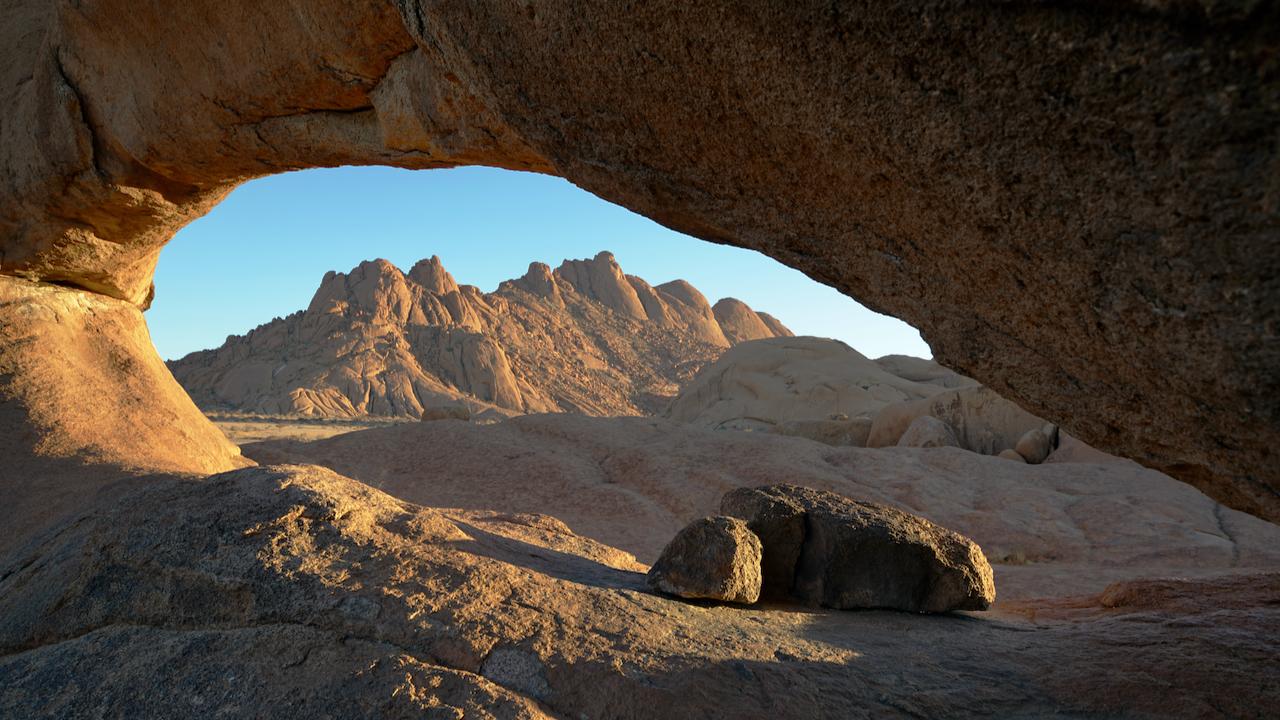
Sossusvlei and Deadvlei – The largest sand dunes of the world. In the middle of the Namib Desert, in the Namib Naukluft Park, two of Namibia’s scenic highlights can be found: the Sossusvlei and Dead Vlei.
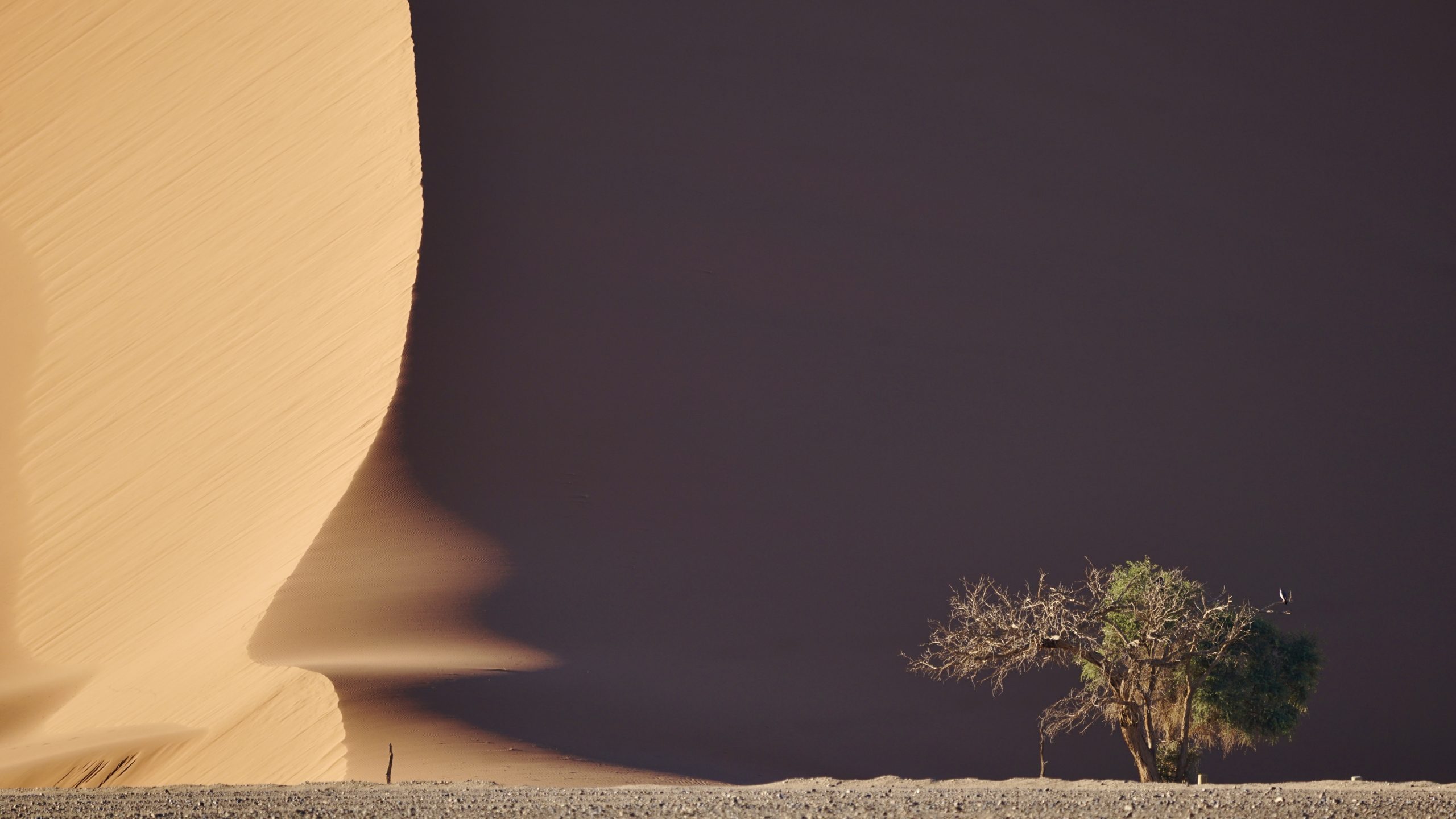
Sossusvlei – (vlei=pan) is a salt-clay pan surrounded by dunes. In the Nama language Sossus means something like “blind river” and refers to the Tsauchab River, which, when in flood, seeps away in the desert without reaching the only 50 km far Atlantic above ground. 60,000 years ago the Tsauchab River presumably did flow into the Atlantic Ocean. Due to sanding up and cutting off of the river, the whole 50 km to the Atlantic consists of different vleis, of which the Sossusvlei is the best known. To compound the situation, the wind formed the famous up to 300 metre high dunes surrounding the vleis. If you are looking for suitable accommodation, I recommend Deseret Camp, from there, it only takes you ten minutes to drive to the park’s entrance gate.
Dead Vlei – Close to the Sossusvlei lies the just as impressive Dead Vlei. This Vlei has long been cut off from the Tsauchab River by a large dune. The result: many dead camelthorn trees, which the arid climate has conserved, prohibit the trees from decaying.
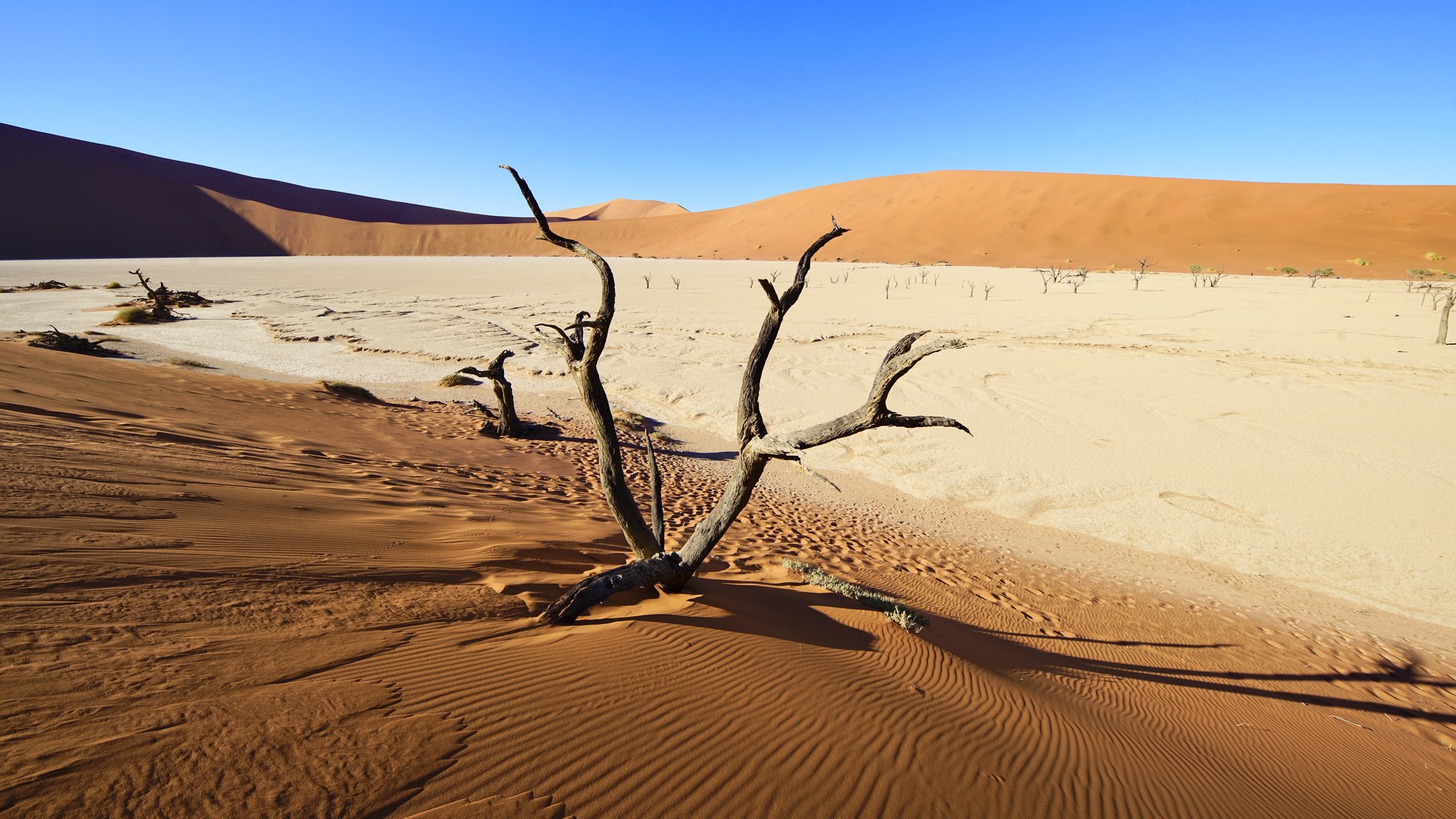
There are several attractions around Sossusvlei for visitors to explore, including Sesriem Canyon, Dune 45, Hiddenvlei, Big Daddy and Deadvlei. For those travelling by road, the tiny settlement of Solitaire is not to be missed as the local bakery makes delicious world-famous apple pie, and the best coffee I had in Namibia 🤪❤️👍🏻. What is hardly mentioned is that Sossusvlei is a breathtaking and fantastic place for wildlife photography, especially early morning from 06:30 till 08:00.
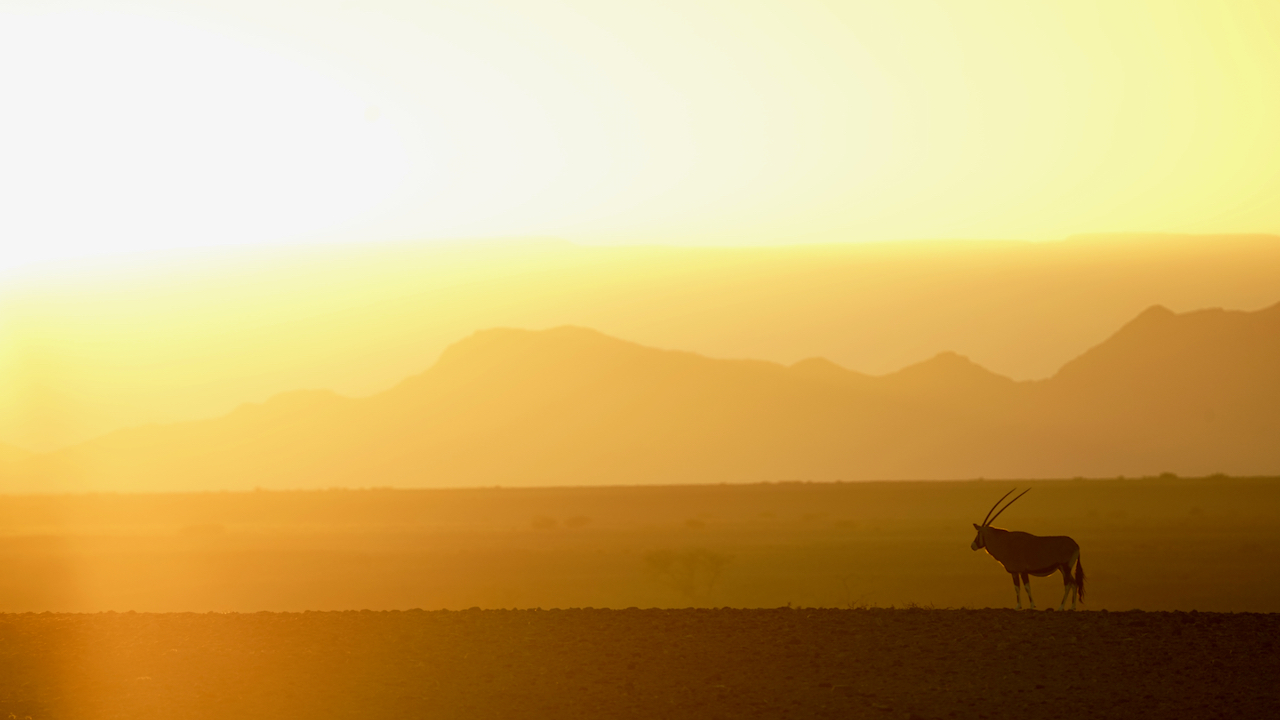
Bagatelle Kalahari Game Ranch, our last visit after three weeks and a bit over 3000 km. Located on the edge of the southern Kalahari in the mixed tree and shrub savannah, the lodge is crisscrossed by massive red sand dunes. The Kalahari is mesmerising, and the wind has shaped the characteristic dune waves, which plants now stabilise. Grasses, thorn bushes, and acacia trees characterise this dry savannah.
Bagatelle Kalahari Game Ranch offers a wide range of activities, such as a GAME DRIVE, a SUNRISE SAFARI – see the desert awaken. In the light of the rising sun, you can see the landscape in spectacular colours. They also have a variety of horses, which are suitable for children, beginners, but also advanced horsemen; check the Video with Stella – HORSE RIDING – EXCURSION WITH BUSHMEN, where you can take a walk with the indigenous people of the Kalahari. Walk with the Bushmen (San) to their village and learn about their ancestors’ ancient traditions and secrets, or my absolute favourite, the CHEETAH FEEDING – Cheetah feeding gives you the chance to get up close and personal with the fastest land animal on Earth.
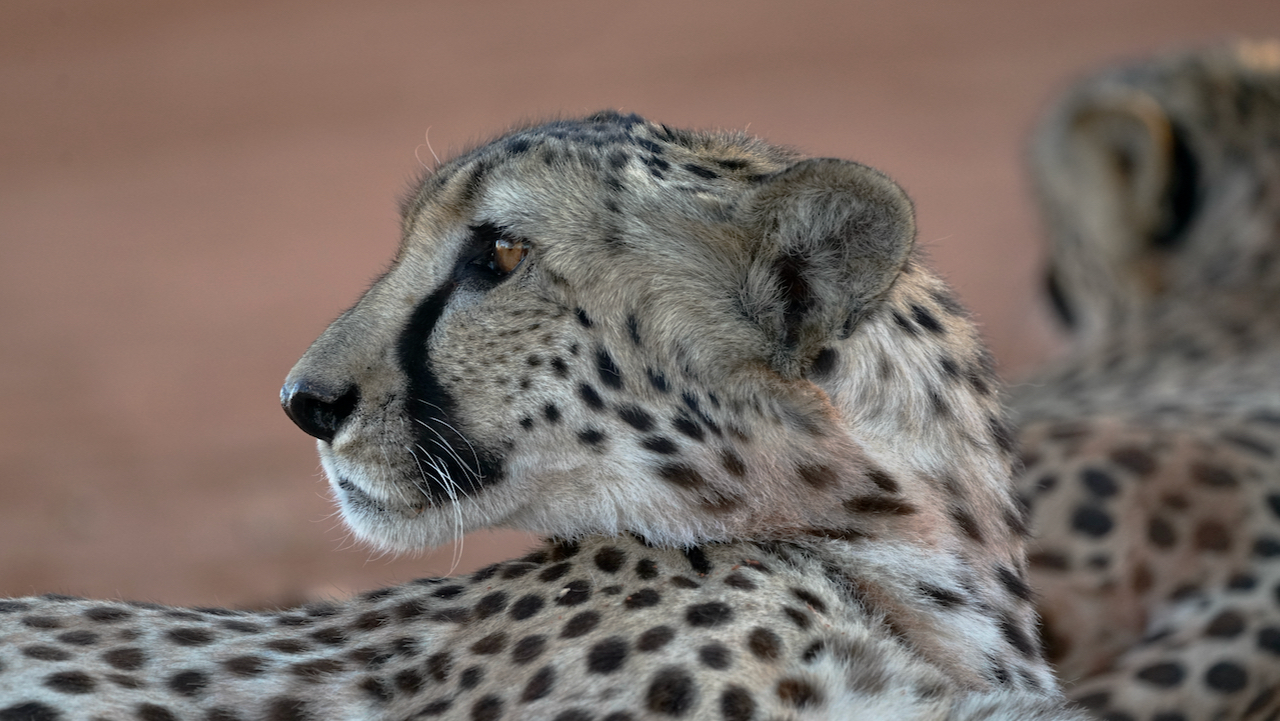
The Bagatelle Lodge, in collaboration with the CCF, the Cheetah Conservation Fund, is a recognized site for the conservation of this species. Their three orphans Ralf, Etosha and Tuano, are kept on a 12-hectare enclosure and are lovingly fed and cared for.
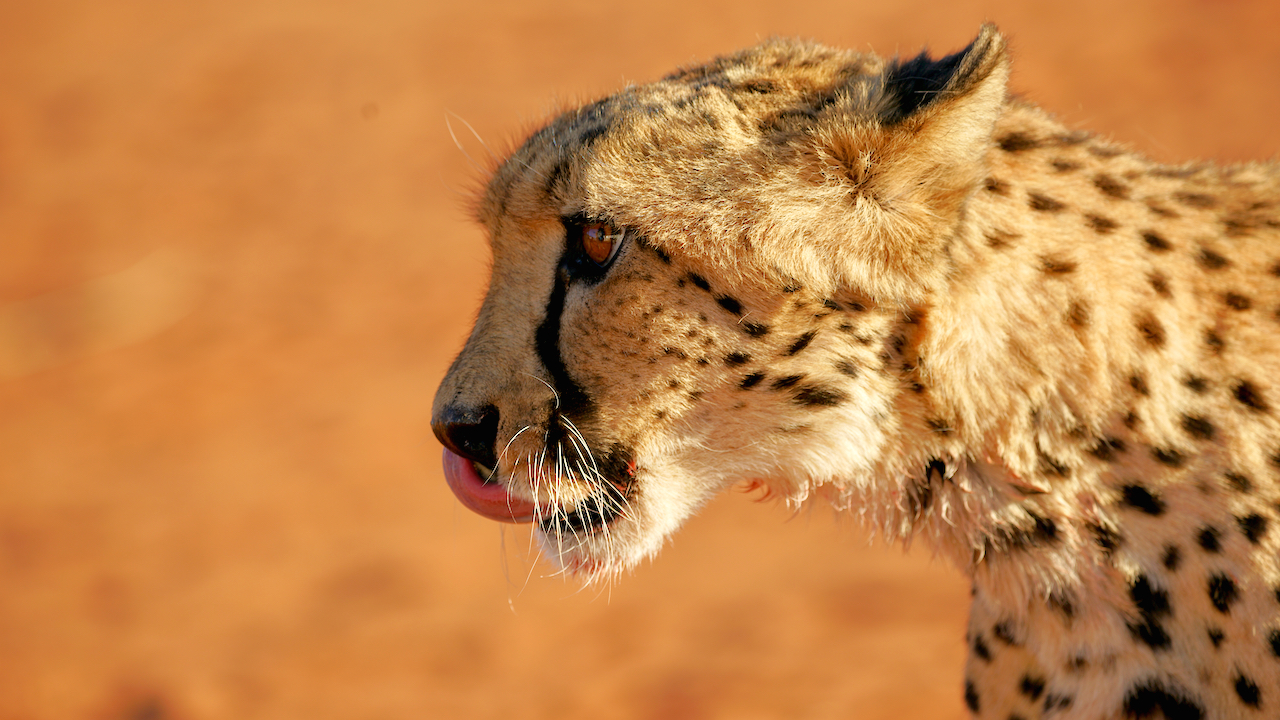
A big thank you to Konrad Fobbe, owner of “Special Adventure”, who has planed and organised this fascinating Namibia Tour 2021. He has more ambitious plans, detailed descriptions, and exciting destinations for his next unique adventures! By interest, check the following links: Special Adventure Namibia Tours and Special Adventure South America Tours.
Last but not least, a huge thx. to all the sponsors such as FORESTIA: FINE OUTDOOR MEALS, Eisbär – SPORTY BY NATURE, The Katadyn Group is the leading provider of reliable, sustainable, and simple solutions for safe drinking water treatment no matter the location, and Evil Eye – true sport eyewear.
